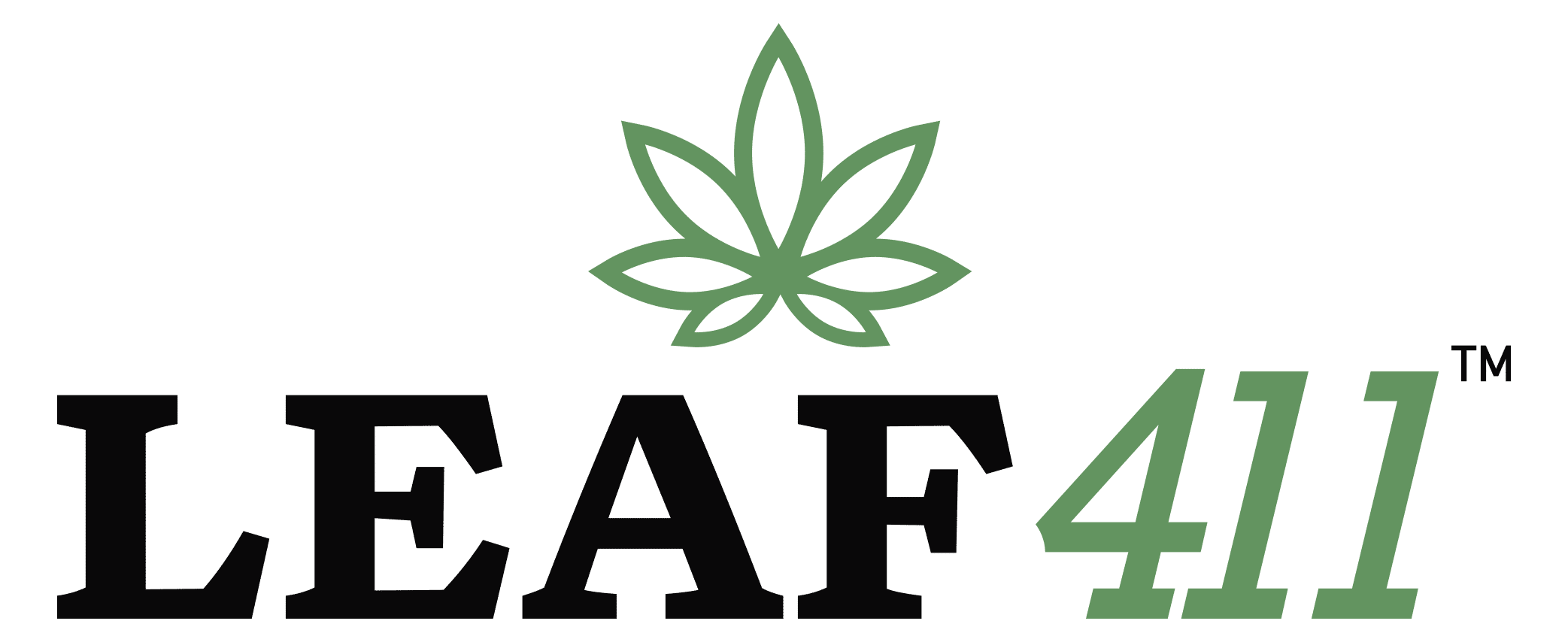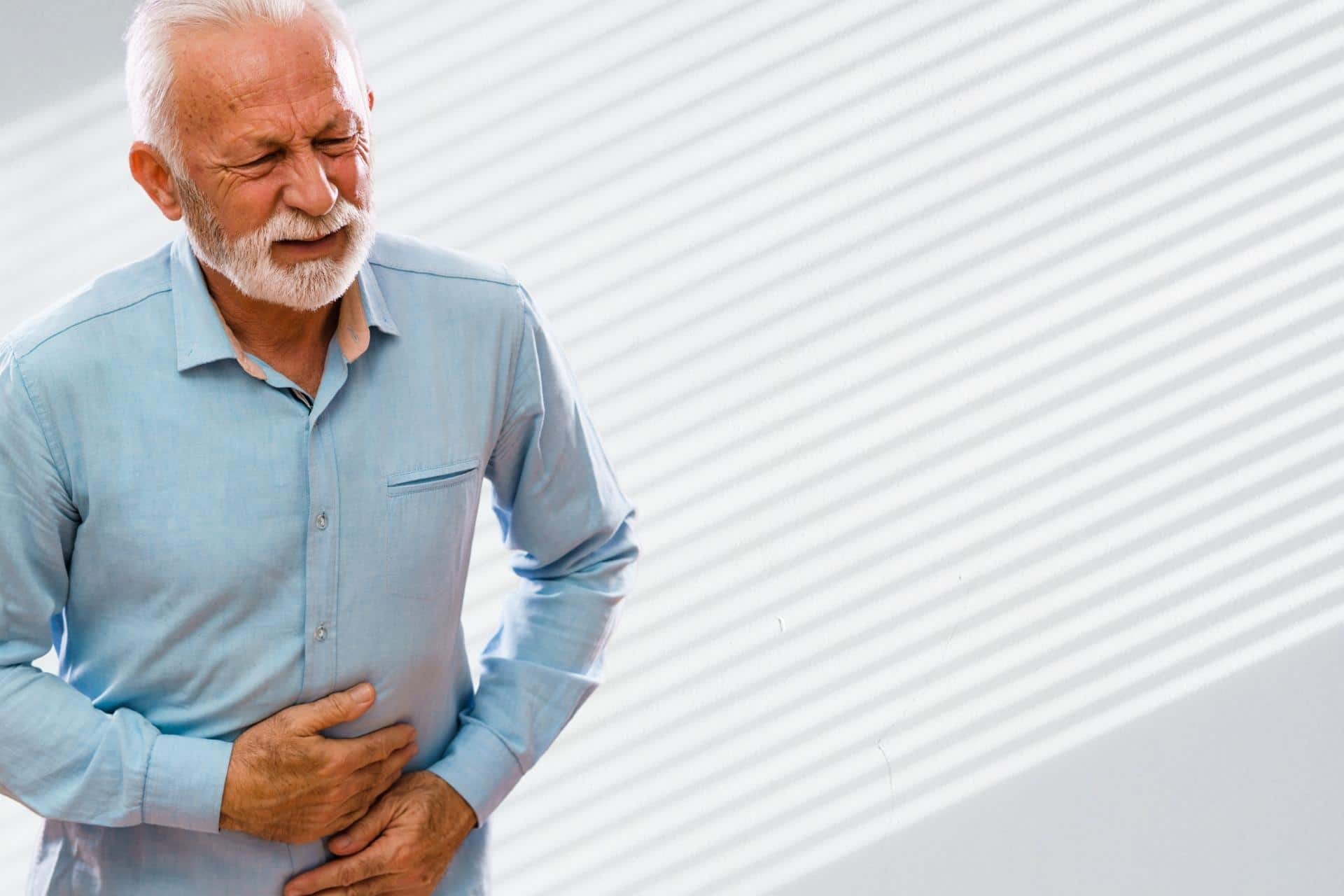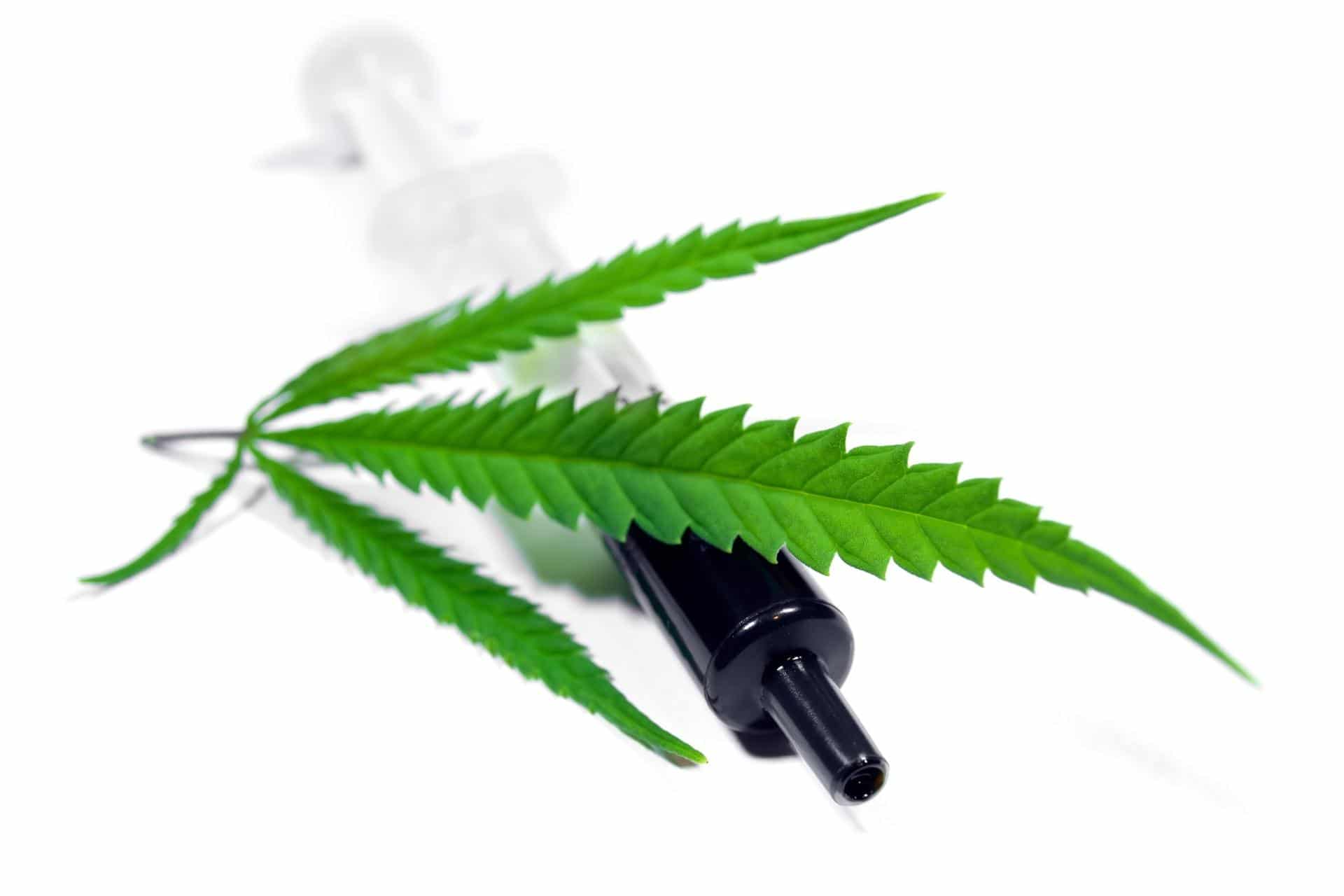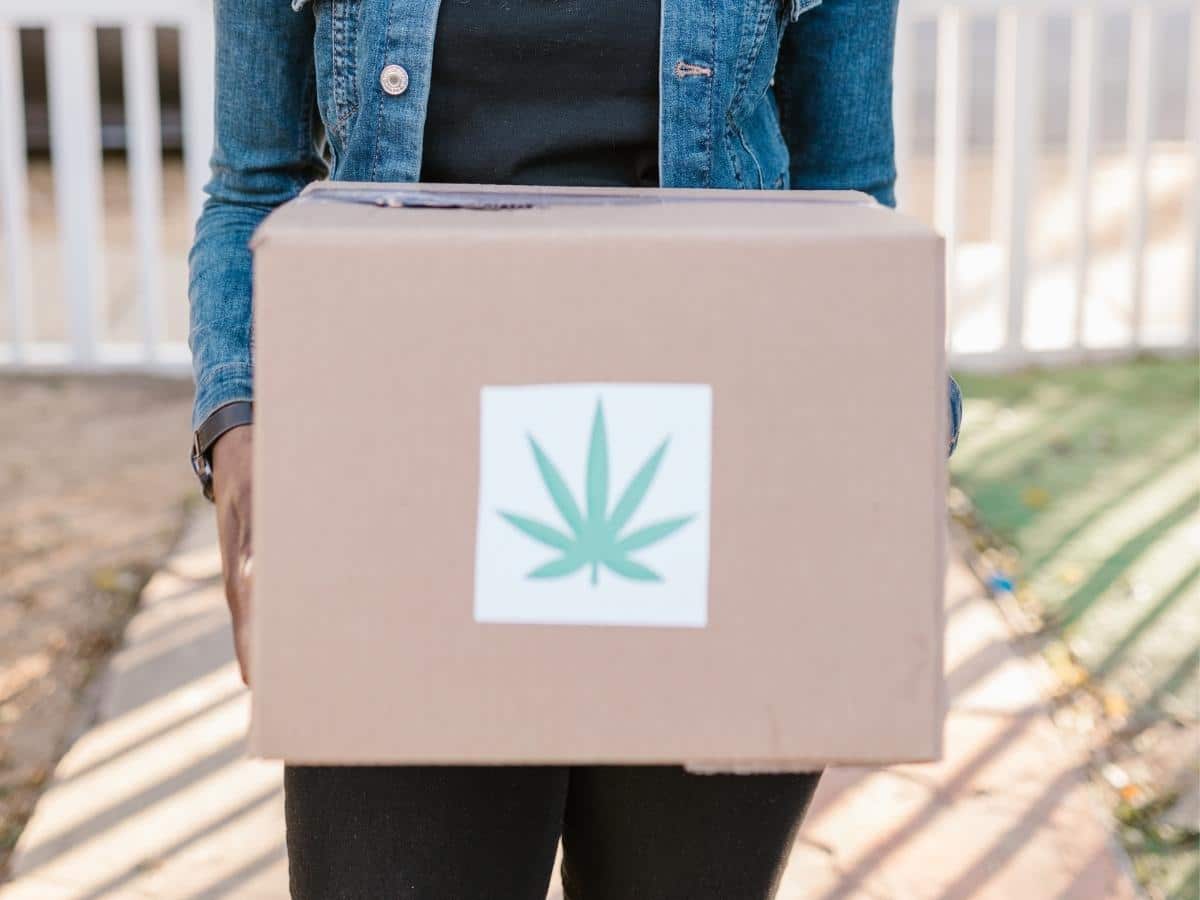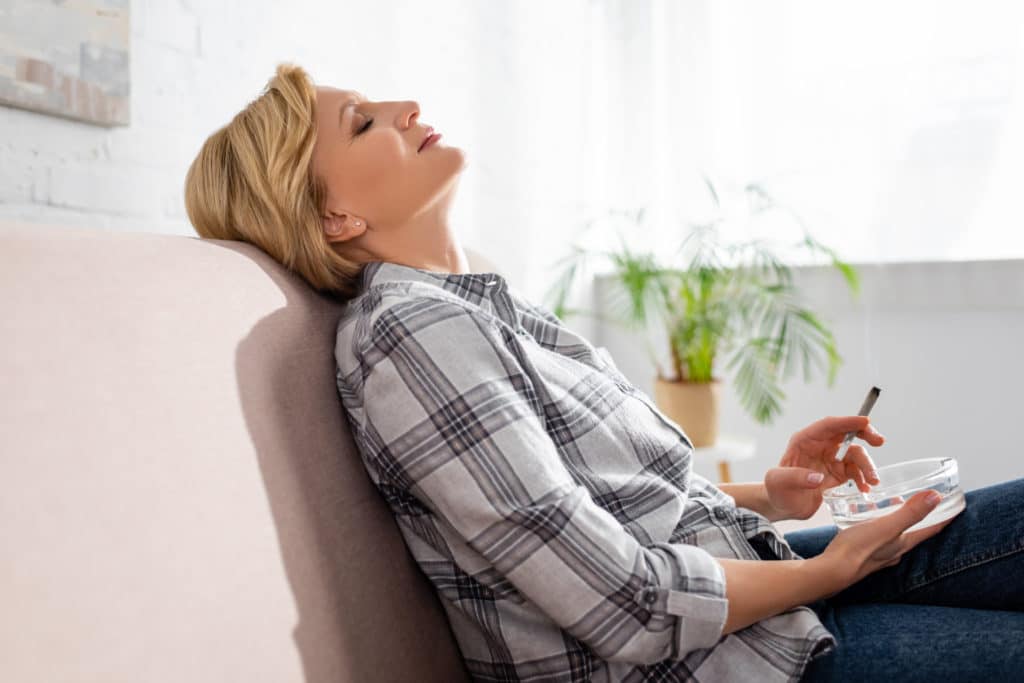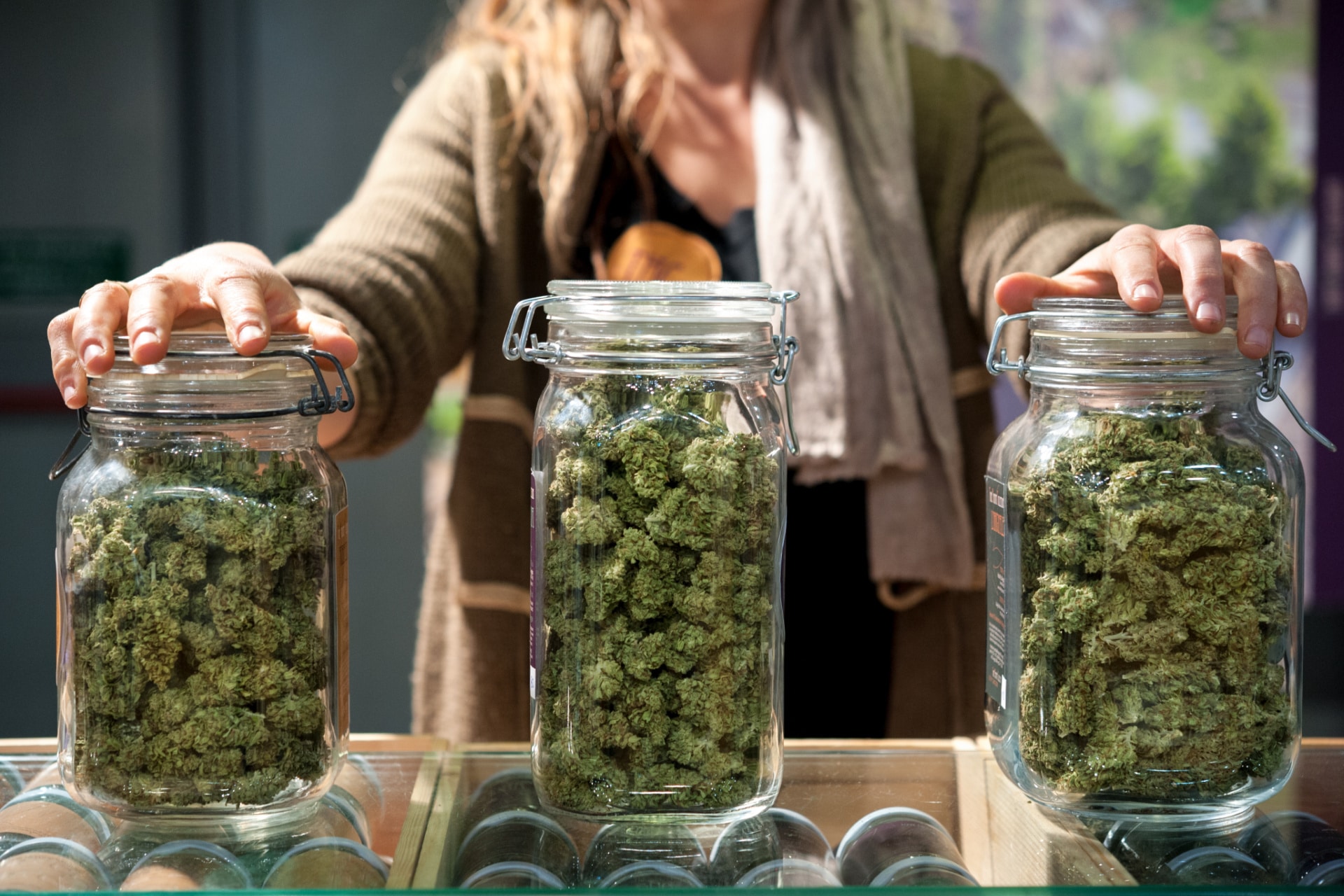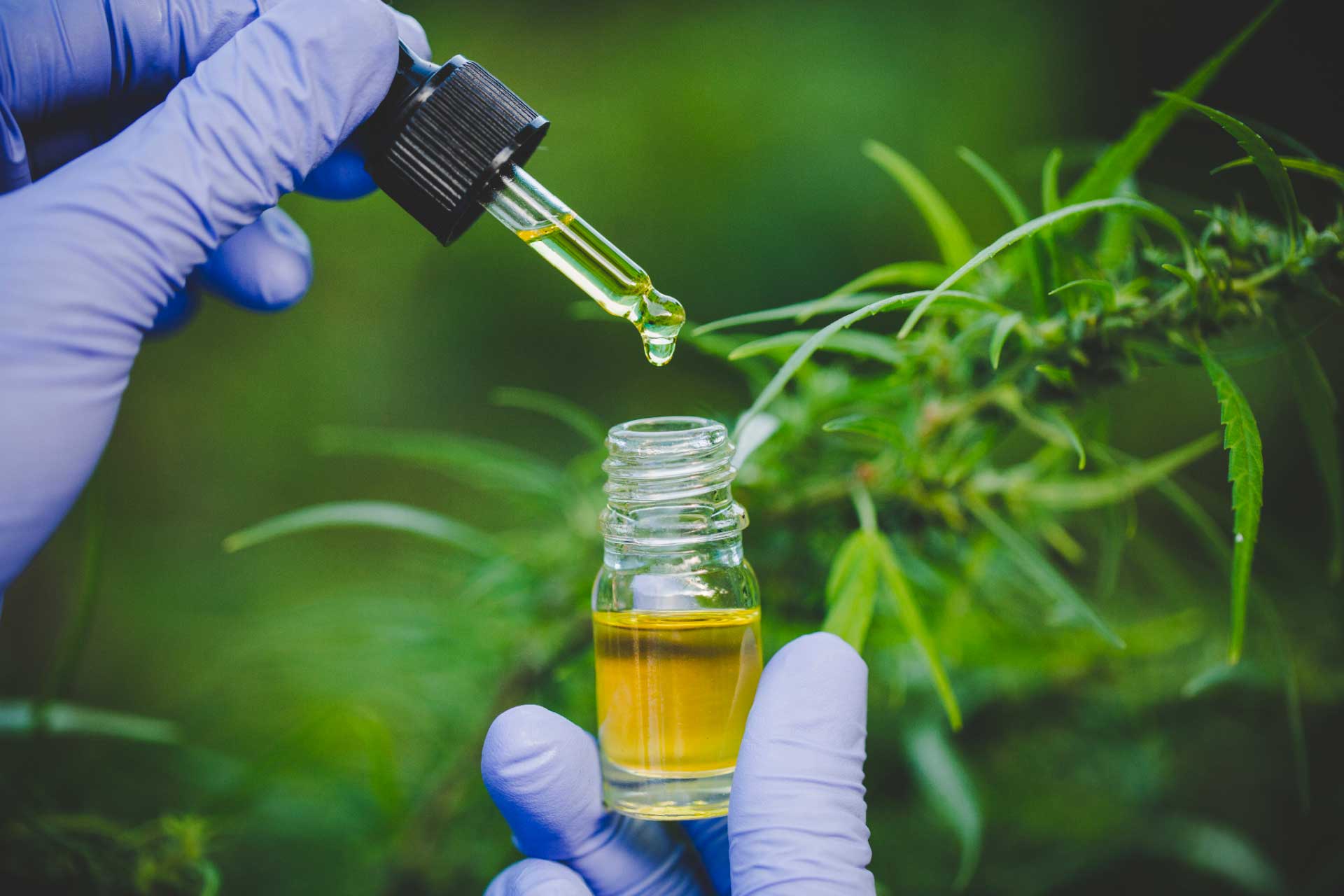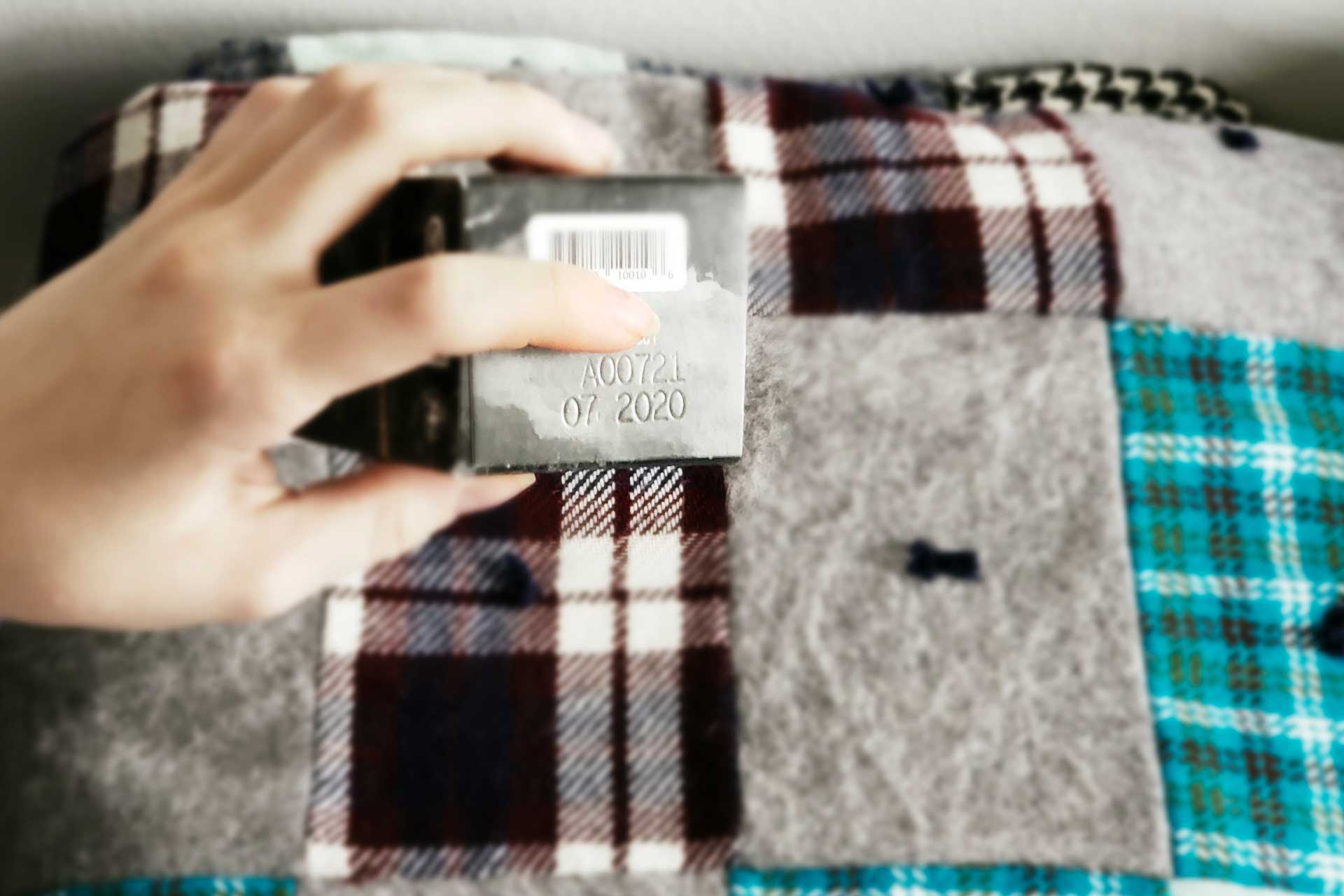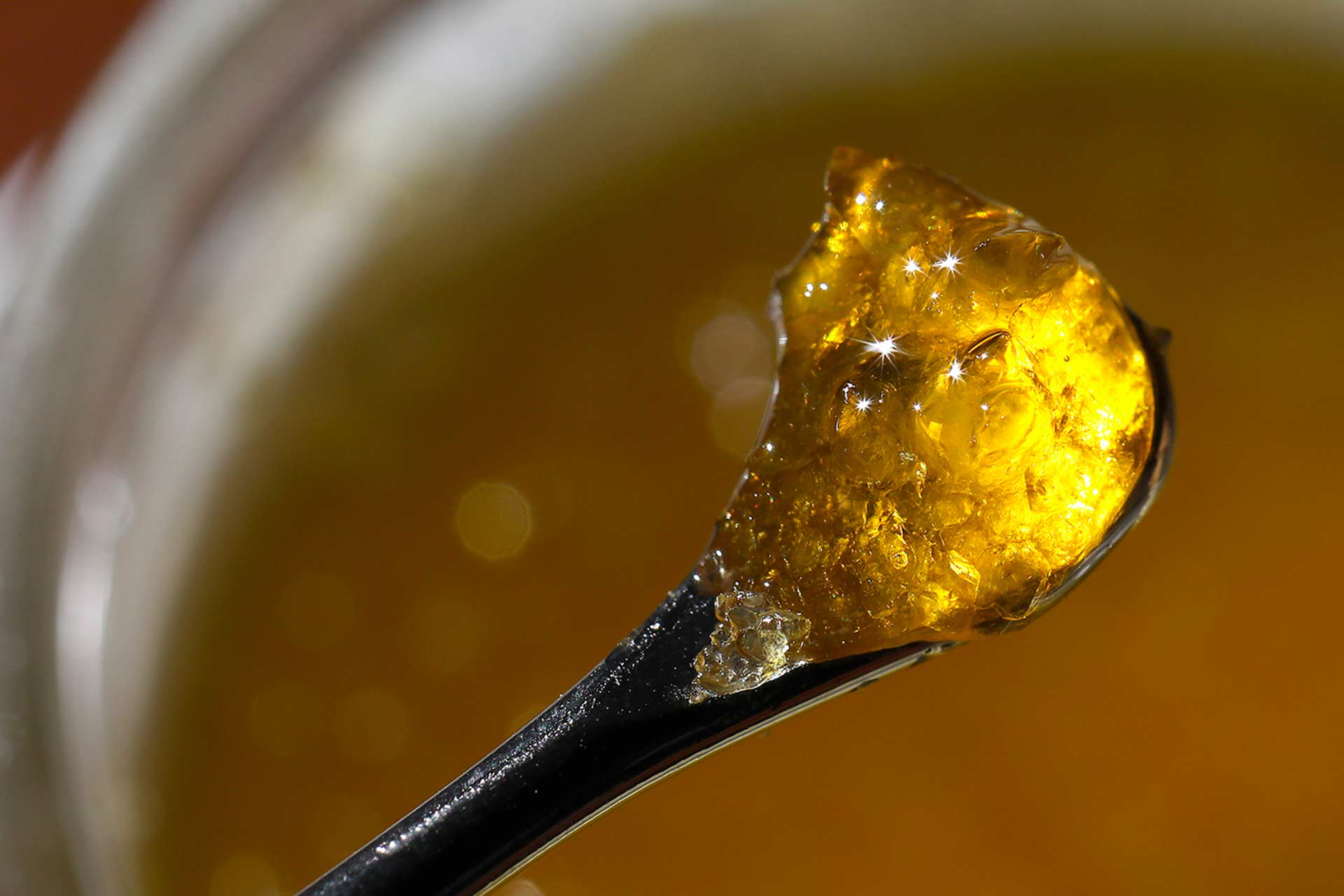Are You at Risk for Cannabinoid Hyperemesis Syndrome?
Get answers to questions about cannabinoid hyperemesis syndrome (CHS), a rare yet concerning issue
Medically reviewed by Katherine Golden, RN, and Eloise Theisen, NP
Written by Denise Rustning
Many people rely on cannabis to help with overall wellness and health, even using cannabis as an alternative to opioids which carry risk of addiction and other unwanted side effects.
So with that in mind, what’s up with the scary-sounding condition called cannabinoid hyperemesis syndrome (CHS) that has been popping up in the news over the past year, where cannabis appears to make people sick?
What is cannabinoid hyperemesis syndrome (CHS)?
CHS was officially recognized by medical professionals in 2004. It is a complex, poorly understood medical condition triggered by cannabis use that causes abdominal pain, extreme nausea and vomiting–basically the opposite of what you would expect when using cannabis!
CHS’s primary symptom is extreme, persistent nausea and vomiting that cannot be traced to a different medical cause, hence the word “hyperemesis.”
The progression of CHS includes three phases:
- In the prodromal phase, the patient experiences early morning nausea but does not find relief in hot showers/bathing.
- During the hyperemesis stage, vomiting becomes cyclic and is relieved with hot showers and bathing, though the only long-term solution appears to be to completely stop all cannabis use.
- Recovery starts when the patient stops using THC.
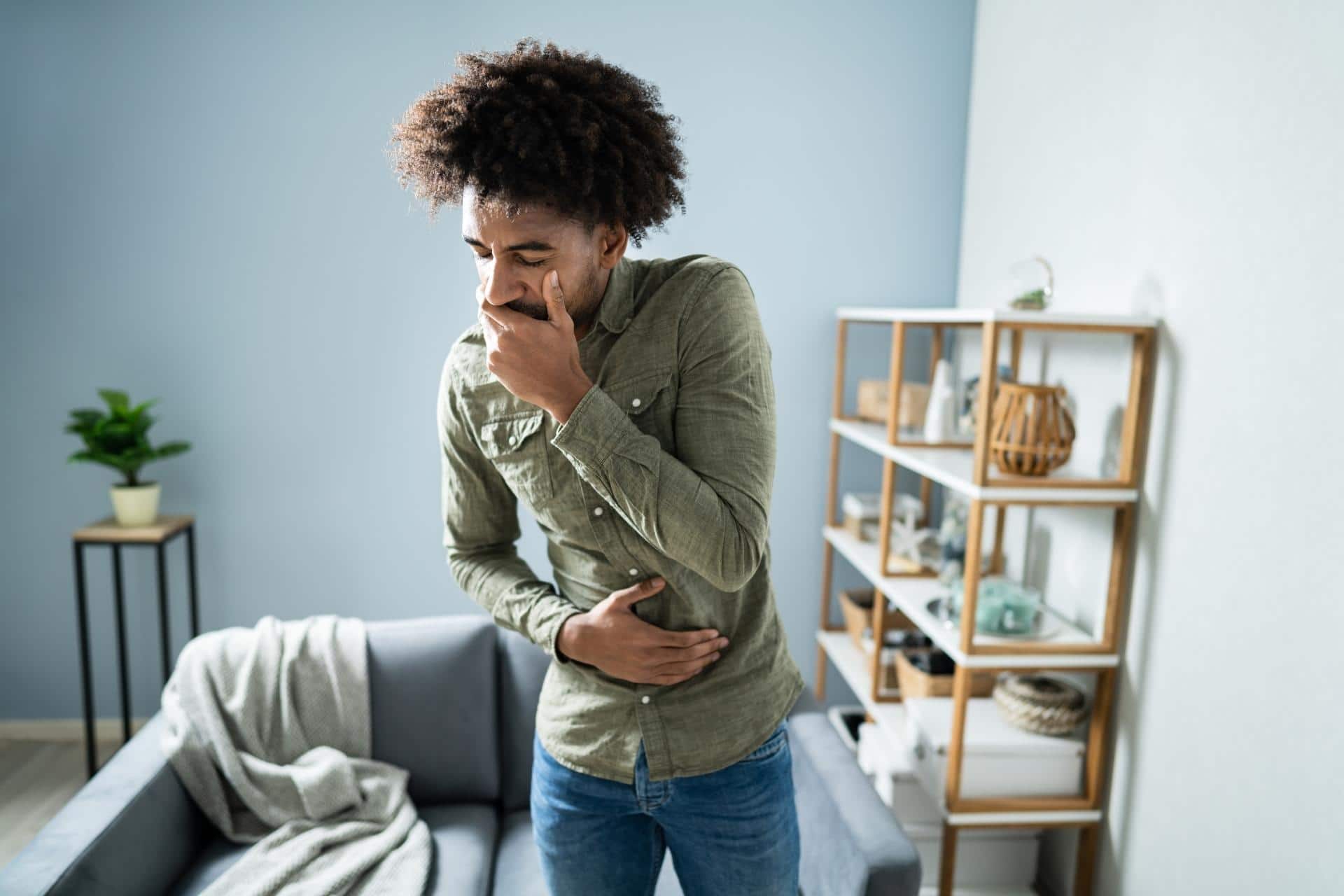
In general, CHS appears in a small number of people after long-term use of marijuana (weekly use over at least a one-year period). Some doctors have also reported seeing the condition in young people who are using a lot of high-THC concentrates, most often “dabbing” the product, even after short-term use.
One other challenge of diagnosing CHS is that the symptoms are very similar to those of cyclic vomiting syndrome (CVS) which is characterized by episodes of severe vomiting that have no apparent cause. CVS is not connected to cannabis use but can present in a similar way.
Because diagnosing CHS is often a process of elimination, ruling out other medical causes, the costs of diagnosis and care can run into tens of thousands of dollars.
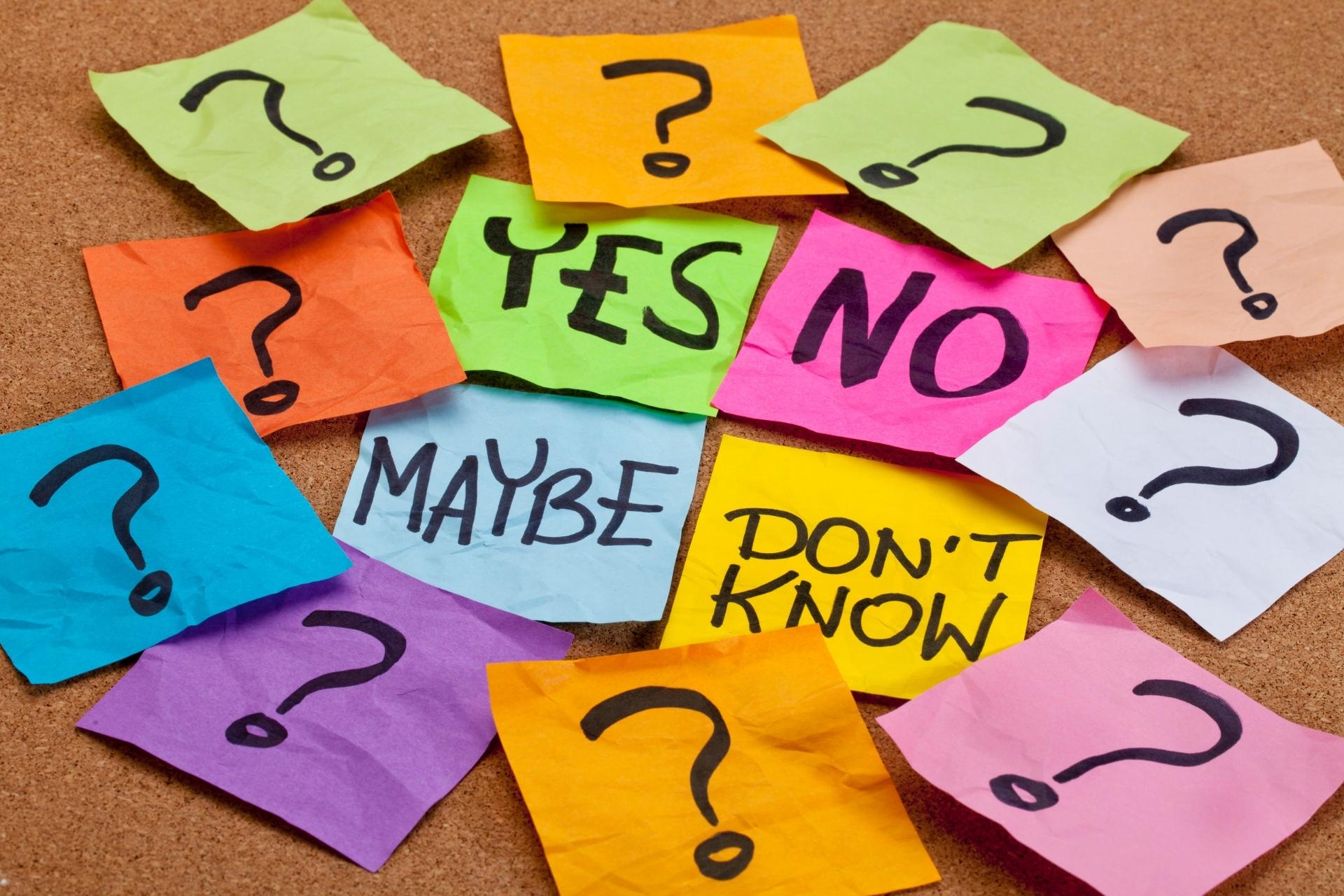
Getting too high can make you nauseous – but it’s not CHS if it’s a one-time event
When it comes to cannabinoids like THC, the dose matters. Dr. Russo has discussed how many cannabinoids, including THC, have a biphastic effect. That means THC will do one thing at a low dose, and have the opposite effect at a higher dose.
For example, THC at a low dose may help with relaxation, but at a higher dose it can cause anxiety. While a low dose of THC often helps reduce feelings of nausea, a higher dose may trigger short-term nausea that goes away as the THC wears off. This short-term nausea from getting too high is different from CHS which is a chronic, long-term condition.
Are you at risk of cannabinoid hyperemesis syndrome?
You may be wondering if you’re at risk of developing CHS, especially if you use cannabis regularly as part of your daily wellness routine.
Thanks to the work of Dr. Ethan Russo and others, we do know some factors that appear to influence CHS:
- There is some evidence that repeatedly using high-dose THC may trigger CHS in some consumers, including newer users. It appears that persistent THC use causes CB1 downregulation and the receptors start to hide within the cells leaving more THC circulating and therefore causing increased side effects.
- Researchers have also looked at whether plant pesticides play a role in triggering CHS, zeroing in on NEEM in particular. However, based on a few unique CHS cases where researchers knew pesticides were not present, this hypothesis doesn’t hold water.
- Dr. Russo and others are looking more closely at genetic differences that may make some people more prone to develop CHS, focusing on specific genes. This promising research is in its early stages.
If you want to learn more, we suggest checking out Project CBD’s interview with Dr. Russo at this link.
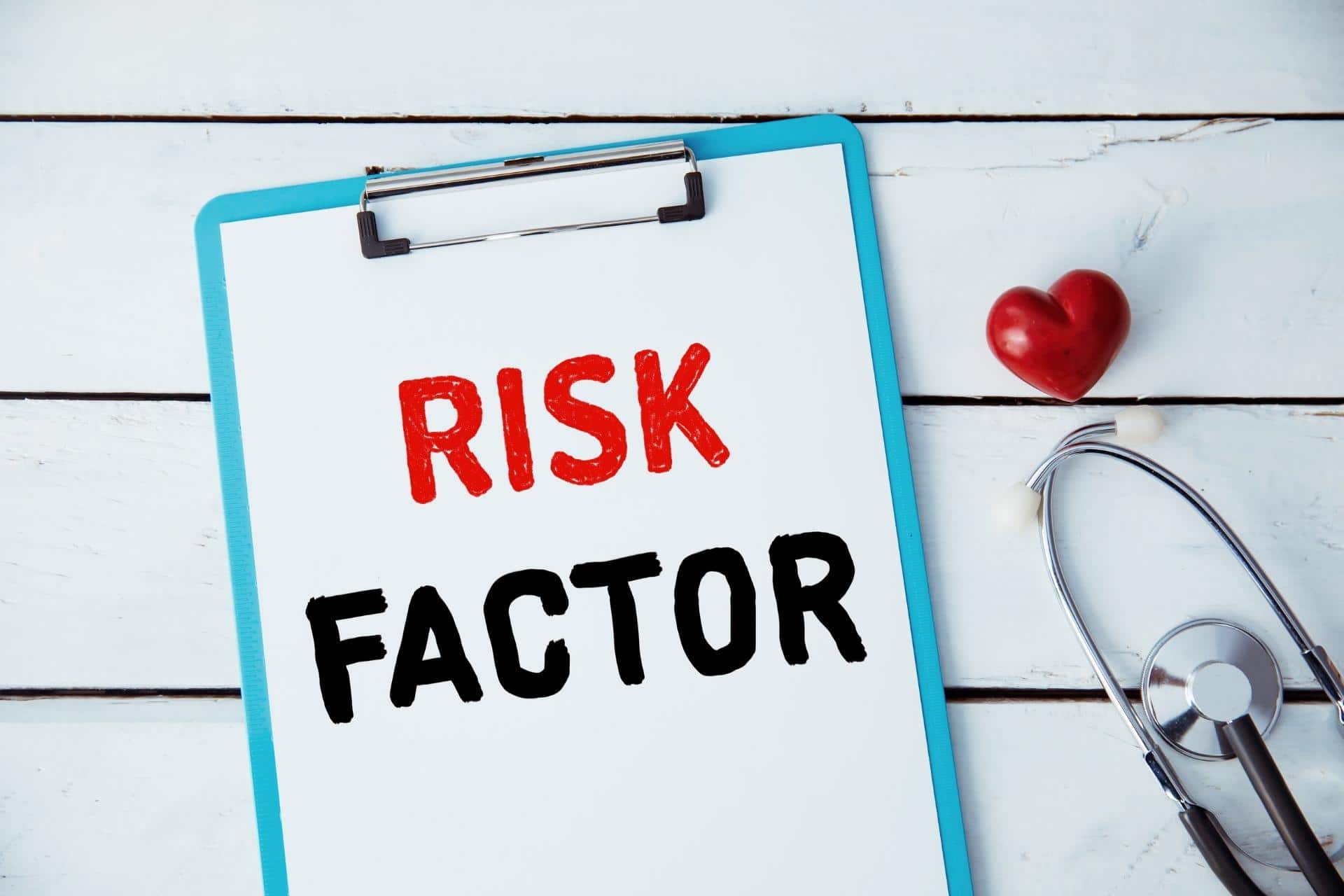
Our Leaf nurses can help with your questions about cannabis and CHS
Curious whether your current cannabis use puts you at risk of CHS? We can review your current usage and goals and provide information based on the latest research.
A pattern our Leaf nurses have seen when talking to callers across the country is that most callers know something is very wrong but they’re in denial about the severity of their condition and delayed asking for guidance due to the fear that they would be told they needed to abstain from cannabis use. So what is the solution? When it comes to CHS, we believe that wide-scale education regarding the warning signs may help consumers avoid crossing that threshold into CHS.
At Leaf411, we hear from people every day whose lives have been improved with plant-based medicine. Our fully-licensed, cannabis-trained registered nurses also regularly review the research on cannabis’s therapeutic potential.
Our Leaf nurses are also honest about the fact that cannabis may not be the best option for everyone and that in some instances, it may even be contraindicated, which means that we would advise against using cannabis in those cases.
We are happy to help with your questions about CHS or any other questions about cannabis and hemp. We provide unbiased, nonjudgmental guidance tailored to your specific situation.
Live in a state where marijuana is illegal? We can provide guidance on hemp-based options.
Visit our homepage and click on the “Let’s Talk” button to get started scheduling your Leaf411 guidance call.
The Leaf411 cannabis nurse hotline provides education and directional support to the general public about the safe use of legal cannabis. We partner with select business members who meet our rigorous standards to extend our education and outreach efforts.
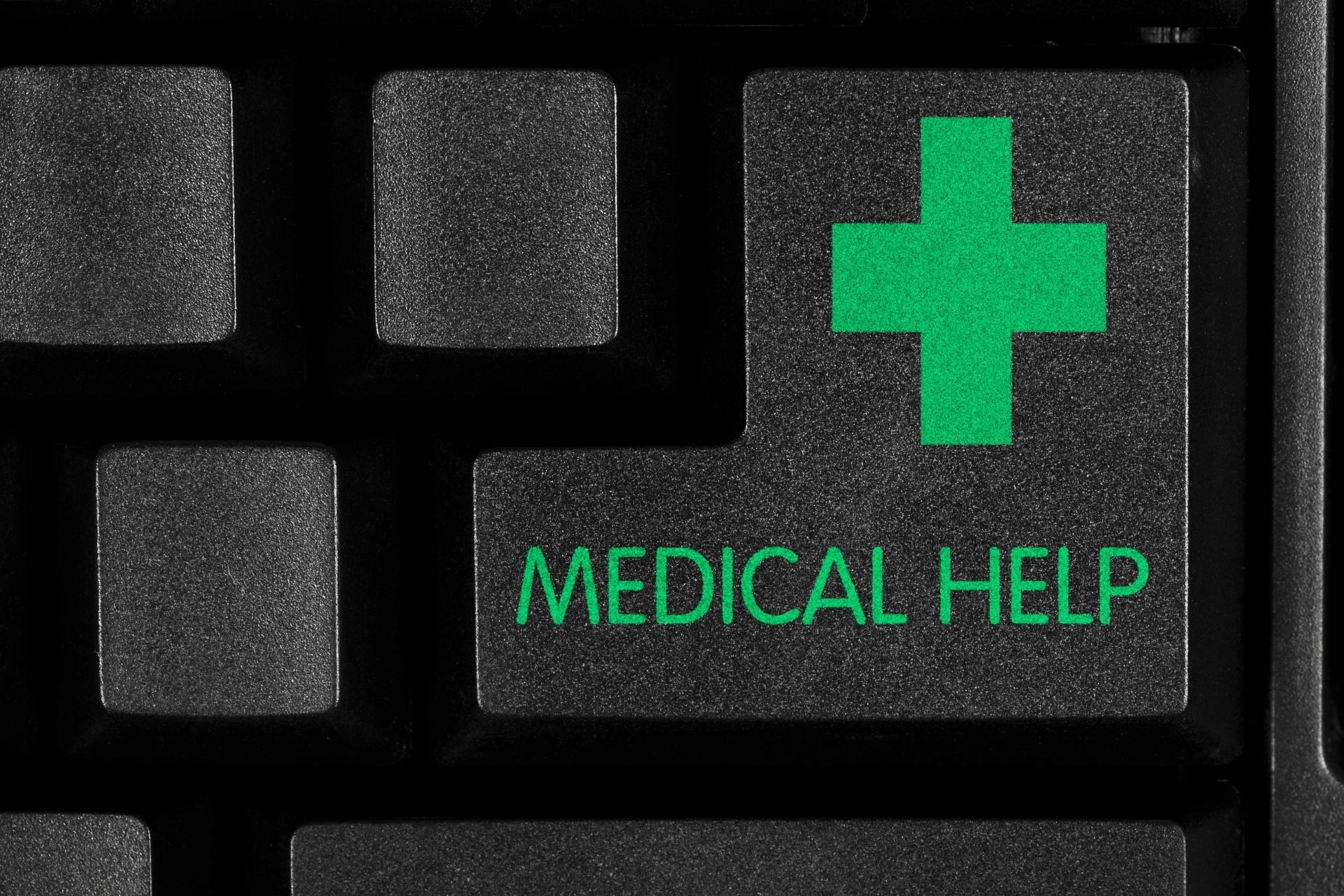
Rethinking RSO for Cancer or Other Health Concerns
If you’ve been researching cannabis for health, you’ve likely come across the term “RSO” but may wonder what exactly this less-common cannabis product is, and whether you should try it
Medically reviewed by Katherine Golden, RN, and Eloise Theisen, NP
Written by Denise Rustning
RSO, also known as Rick Simpson Oil, Phoenix Tears, full extract cannabis oil (FECO) or full spectrum oil (FSO) has gotten a lot of hype for its potential to treat cancer or other significant health issues. We sometimes get questions about RSO on the hotline, and our nurses are up-to-date on the research on RSO.
While RSO has its place in the world of cannabis therapeutics, it’s not a magic bullet and may not be the best option for your particular health concern. Today we’re going to provide some background information on RSO to help you assess whether it’s worth your time and money to seek out this potent cannabis extract.
What is RSO?
RSO is named after Rick Simpson, a Canadian medical marijuana activist who popularized the process for creating fully-extracted cannabis oil (FECO), using pure light aliphatic naphtha or 99% isopropyl alcohol as solvents to extract all of the plant’s cannabinoids, terpenes and other phytochemicals. At the time, Simpson used only high-THC strains, resulting in an extract with a high concentration of THC when compared to other cannabis products.
In other words, RSO is a product type, just like edibles or flower–it is not a brand or a specific strain.
When Rick Simpson first started making RSO, he also created treatment protocols for using RSO topically or orally. However, it’s important to note that Simpson was not a doctor and he was basing his protocol on the known science at the time in the early 2000s.
A lot has changed since then, and our Leaf nurses are up to date on the latest research around RSO. We encourage you to book a consultation with us before adding this high-potency product to your wellness regimen.
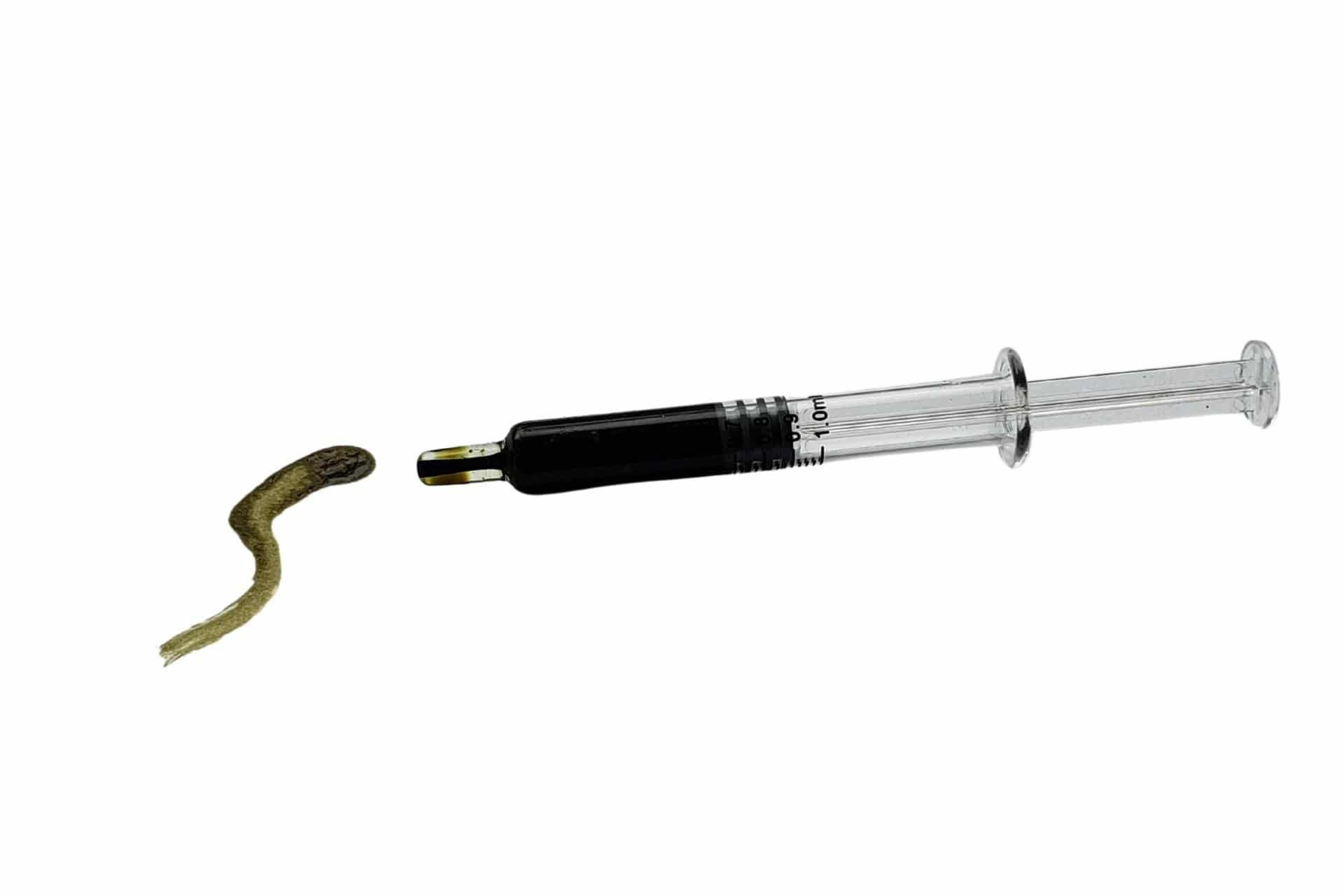
What RSO looks like
When you see an RSO product, the first thing that will stand out is its appearance which can be as a thick dark greenish-brown oil to a product that looks like honey, often packaged in syringes or capsules. Don’t get confused by the syringe! The syringe allows the thick liquid to push out slowly, though it can still be tricky to handle and precisely dose due to the thick, sticky nature of the oil.
RSO has been suggested online and by manufacturers to be used on the skin, taken by mouth, or mixed into edibles. Leaf411 nurses do not ever suggest applying a topical product to an open wound unless suggested by a wound care specialist and/or dermatologist. RSO should not be smoked or vaped.
How strong is RSO?
You’ll find different brands offering RSO, though RSO is not as popular as edibles, flower or other types of concentrates.
RSO products containing high THC concentrations can be found at some legal dispensaries. Each RSO syringe may contain 600mg or more of THC, but you’ll want to check the specific product label for cannabinoid test results since amounts may vary.
Depending on the concentration, each militer (ml) in the syringe may provide 100mg or more of THC. For comparison, many of our Leaf411 members’ cannabis edibles contain only 10mg THC per piece, which is 1/10th the amount you’ll likely find in a single ml of RSO.
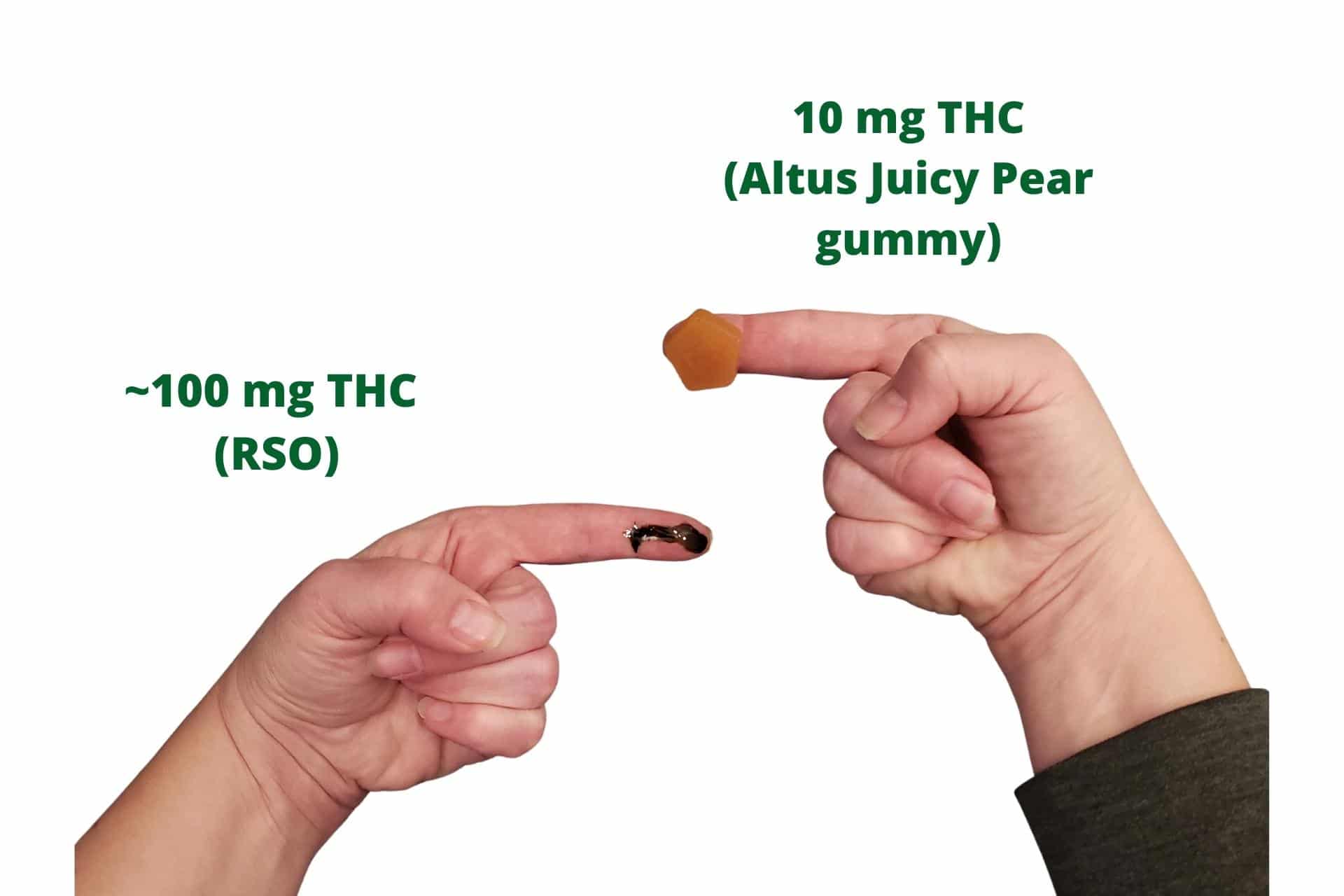
Variations in today’s RSO products on the market
Since Rick Simpson first created his legendary extract, manufacturers have improved extraction processes. Also, product testing on the legal market provides more transparency around the amount of THC contained and other cannabinoids within each RSO syringe.
However, as the term “RSO” has become more popular, some brands have begun using the term more loosely for concentrates that are very different from what Simpson originally created.
Some manufacturers are now creating RSO ratio blends which feature THC plus significant amounts of CBD, CBG or other cannabinoids. Keep in mind that these high-powered options are different from the original RSO and may have very different effects. This doesn’t mean they are the wrong product for you, it just means to be aware of the ingredients in every product you purchase.
Also, the cannabis cultivar (strain) matters when it comes to RSO’s effects, since the extract’s power rests in a unique and potent combination of full-plant compounds. However, most manufacturers don’t provide this level of detail on their packaging or test results. Even the same brand’s RSO product can change over time due to variations between different plant harvests.
All this is to say that RSO can be a tricky product to buy, especially if consistency, accurate dosing, and potency are your top priorities.
Here are some examples of RSO/FECO products on the market today:
- Takoma Wellness RSO products (Washington, DC, medical dispensary)
- Herbiculture RSO products (Burtonsville, MD, medical dispensary)
- Peake Releaf RSO products (Rockville, MD, medical dispensary)
- A Therapeutic Alternative RSO products (Sacramento, CA, dispensary)
- Myriam’s Hemp Enhanced CBD FECO (Online hemp CBD retailer)
RSO is not a magic cure
RSO has gained a reputation for its powerful healing abilities, but unfortunately there is no evidence-based research on what types of conditions that RSO might help most with. In some cases, it may even do harm if someone delays research-backed treatment options while experimenting with RSO. Some research also suggests that RSO could contribute to more aggressive growth with certain cancers. To learn more about the challenges from an oncologist who has used cannabis as part of their patients’ treatment regimen, click this link.
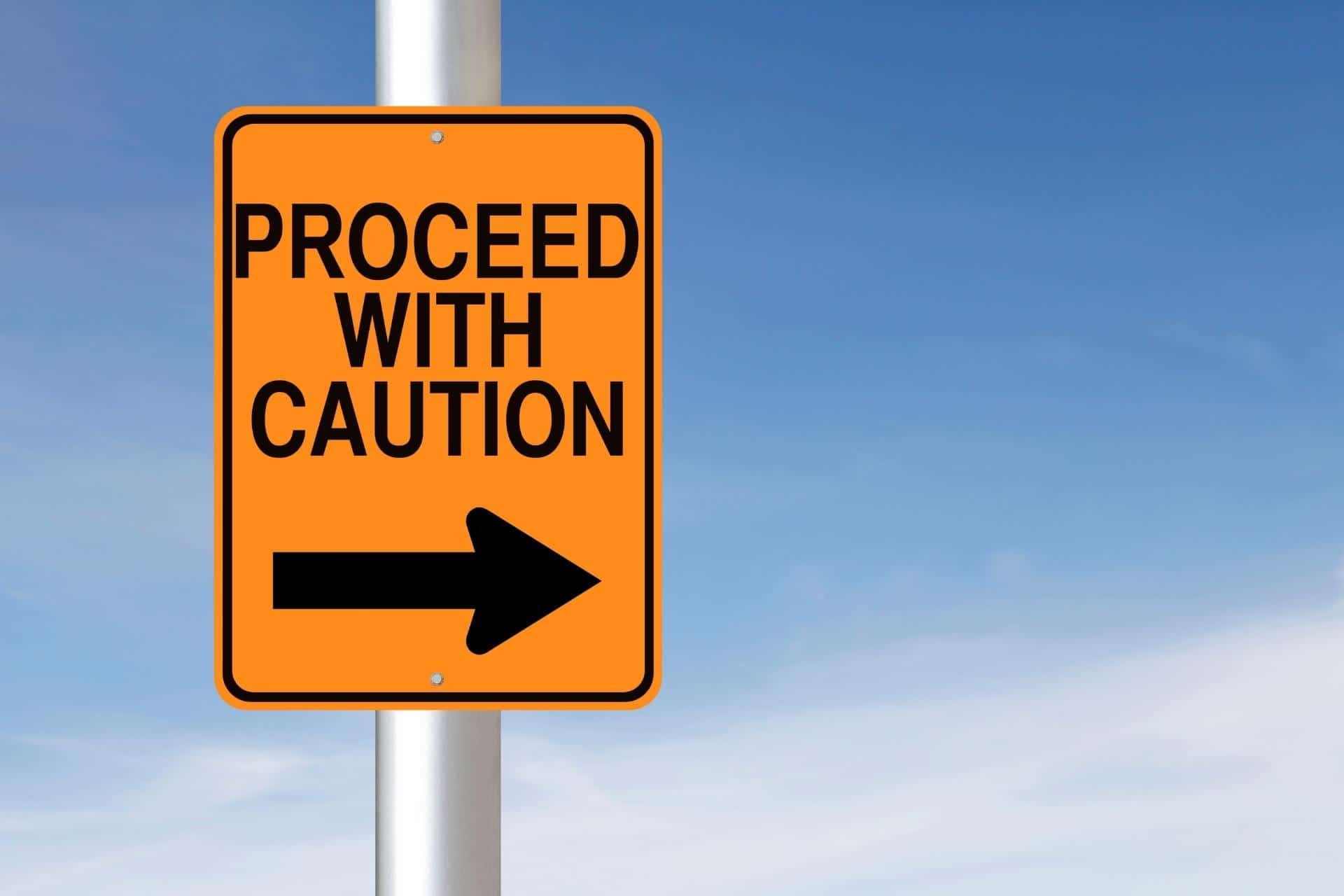
How do you use RSO?
The cannabinoids in RSO have already been activated, so there’s no need to heat up the oil before using it. RSO can be added to food and beverages or used to make edibles, but remember that a very small amount goes a long way–RSO is very potent!
RSO can also be used topically on the skin, but only with the guidance of your clinical team that is providing care for your skin condition.
At Leaf411, we do not recommend RSO in a new, inexperienced user because of the potency and challenges with accurate dosing, especially with a concentrate as potent as RSO. Even increasing your dose by a little bit can make a big difference in the types of effects you feel. RSO’s high potency can lead to increased side effects like dry mouth, rapid heart rate, anxiety, paranoia and even hallucinations.
RSO is not designed for injecting–don’t be fooled by the syringe! We also recommend against vaping or smoking RSO due to the solvents used in its production, which can be damaging to lungs if vaped and explosive at high temperatures.
Store your RSO at room temperature away from light, and make sure it is secure and out of reach of pets and children.
Questions about RSO? Our cannabis-trained nurses can help!
Chances are that if you’re looking at RSO options, you are facing a serious health concern. The last thing you want to do is make things worse or complicate your treatment options.
While your primary care doctor and specialist team may not fully understand cannabis therapeutics, our Leaf nurses do. Our fully-licensed cannabis-trained RNs can help point you in the right direction when it comes to understanding the research and finding the right questions to bring to your medical treatment team. We don’t replace specialists like oncologists, but we are able to look at the evidence and provide general information on different cannabis options, including RSO. We can also connect you with cannabis-trained clinicians who can review your records and make specific recommendations based on your case.
Click this link for our online scheduling service and find a day and time for your Leaf nurse consultation call.
The Leaf411 cannabis nurse hotline provides education and directional support to the general public about the safe use of legal cannabis. We partner with select business members who meet our rigorous standards to extend our education and outreach efforts.

Filling the Information Gap on Cannabis and Health
Leaf nurses offer specialized knowledge on cannabis medicine questions
Medically reviewed by Katherine Golden, RN, and Eloise Theisen, NP
Written by Denise Rustning
If you’ve searched for information on using cannabis for health, you know how challenging it can be to find sources you can trust. Even your primary care doctor may be uncertain, skeptical, or restricted by their healthcare employer from talking about cannabis’s therapeutic value. In some cases, physicians may offer guidance based on patient anecdotes or their own experience using cannabis, yet cannabis is not a one-size-fits-all solution.
On the other hand, Leaf nurses do have specialized education and knowledge on cannabis therapeutics that allows them to tailor their guidance to individual patient needs. What does this look like in practice?
In a recent Society of Cannabis Clinicians article, Leaf411 Founder and CEO/ED Katherine Golden, RN, and Leaf411 CNO Eloise Theisen, NP, share a anonymized case study of a patient who contacted Leaf411 for help after their doctor suggested a 4:1 CBD:THC tincture for pain. From the article:
“A woman was advised by her primary care doctor to try a 4:1 CBD/THC tincture for pain. The doctor told the woman, ‘That ratio worked for my husband’s pain, so it could potentially help you as well.’ The doctor did not discuss how much or how often to take cannabis or possible side effects with other medications. Unfortunately, the woman did not understand the level of THC in a 4:1 product. She took it in addition to the CBD preparation she had already been using. The combination led to a trip to the emergency room after experiencing rapid heart rate and paranoia. With proper guidance, this adverse event could have been avoided.”
You’ll want to read the rest of the article at this link to learn how a Leaf nurse would have guided the patient to reduce the risk of this type of situation, taking the patient’s full hemp and cannabis history into account and guided the patient to specific product types.
Check out the case study and a sample transcript of how the Leaf nurse would have provided guidance at this link.
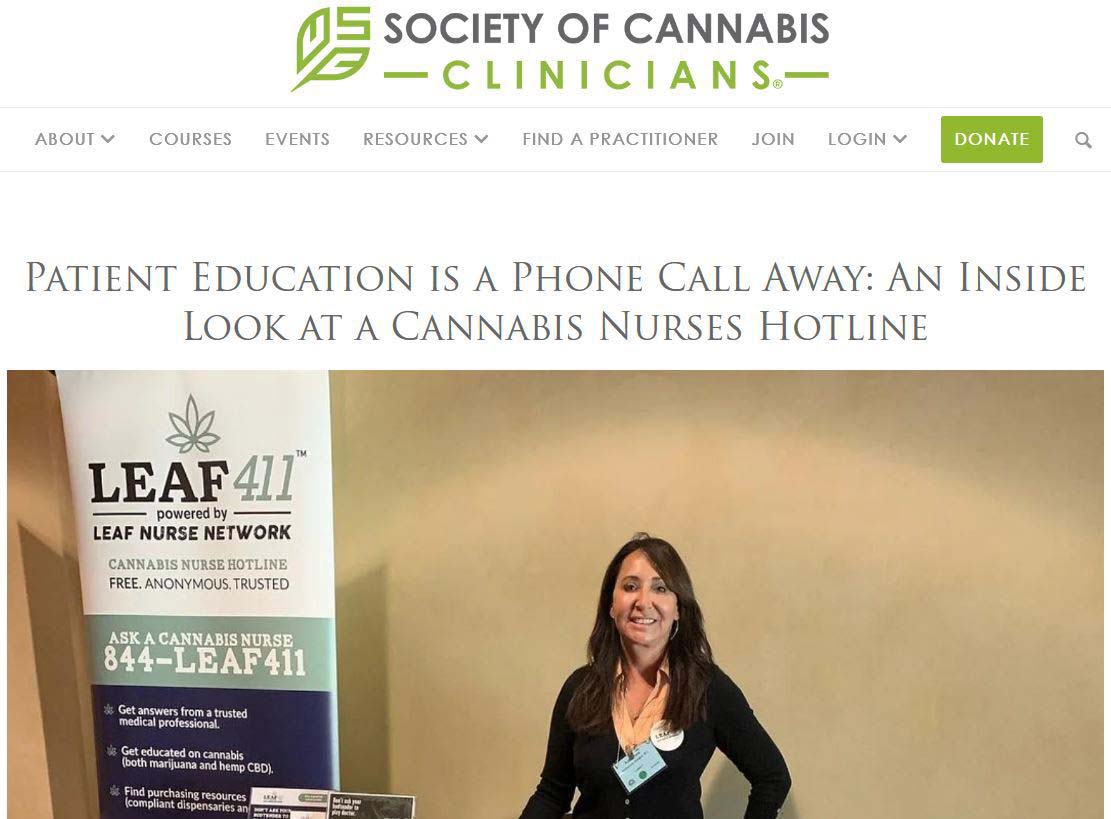
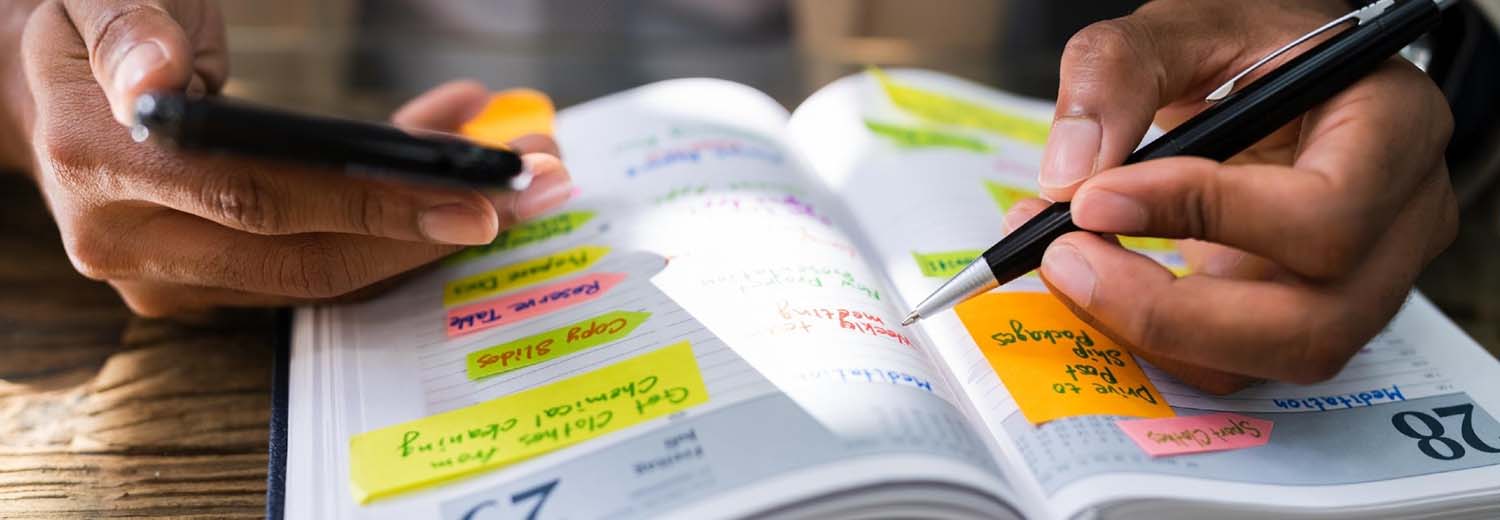
Ready to schedule your consultation with a Leaf nurse?
Leaf411 is moving to a schedule-based model to better serve the public while improving our operational efficiency. Our new model allows you to schedule your call with our Leaf nurses at a day and time that works for you. No more worrying about having to leave a message and waiting for a call back! Get started today by visiting our home page and clicking on the “Let’s Talk” button to schedule your Leaf nurse consultation.
Also, our hotline is still available if you have a question about scheduling an appointment or if you don’t have access to a computer. Call us at 844-LEAF411 (844-532-3411) and leave a message and a nurse will call you back within 24-48 business hours.
We look forward to helping you with your cannabis health questions!
The Leaf411 cannabis nurse hotline provides education and directional support to the general public about the safe use of legal cannabis. We partner with select business members who meet our rigorous standards to extend our education and outreach efforts.
Getting Cannabis Delivered
While some people call it weed delivery or marijuana delivery, this convenient option is expanding for both medical patients and adult-use cannabis consumers in legal marketplaces. Here’s what you need to know.
Medically reviewed by Katherine Golden, RN, and Eloise Theisen, NP
Written by Denise Rustning
Cannabis delivery offers convenience and privacy, and can be a gamechanger for medical marijuana patients who struggle with mobility or lack transportation. Shopping for cannabis online and having it delivered is also more discrete and can make for a more relaxed buying experience than visiting a busy dispensary.
As cannabis delivery comes online in more areas, we thought we’d take a look at some of the pros and cons of this option and share how Leaf411 can help you navigate the online shopping and delivery process.
Cannabis delivery is different
Cannabis delivery follows different rules than any other product due to the fact that cannabis is so highly regulated. When you first order cannabis home delivery, don’t be surprised if the rules are more complicated than ordering food through DoorDash, though the cannabis delivery services are working hard to make the process as simple as possible while remaining compliant with the law.
Also, keep in mind that cannabis delivery rules and regulations vary between states and even between cities. Your experience ordering cannabis for delivery in Colorado will be different from cannabis delivery in California or Michigan, for example. We’ve included the Denver, Colorado, cannabis delivery rules at the bottom of this blog post as an example.
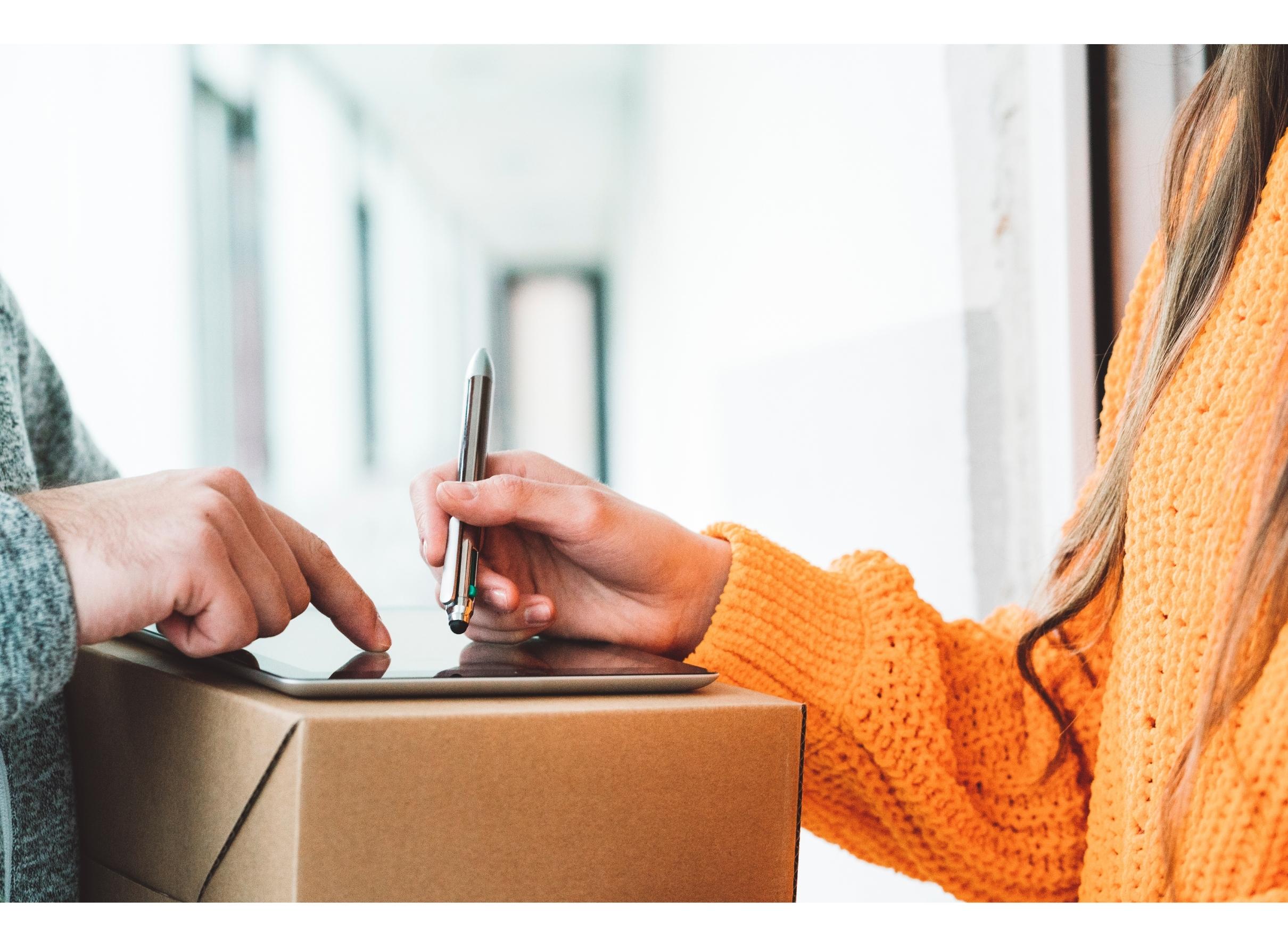

The benefits of cannabis delivery
Do you recall your first visit to a cannabis dispensary? If you’re like many people, you probably felt like being a kid in a candy store as you discovered the hundreds of legal cannabis products on the market today, from edibles and tinctures to vapes, concentrates and a wide range of cannabis flower strains.
But over time, you may find that you repeatedly buy the same cannabis products that work well for your needs, whether those are pain relief, better sleep or other wellness goals. In this case, delivery can provide a convenient option for restocking your cannabis medicine without having to take time away from other obligations.
We know as well that some patients may struggle with mobility issues and reliable transportation. Cannabis delivery may provide a helpful alternative for safely getting your plant-based medicine without having to leave home.
Also, the dispensary shopping experience isn’t for everyone. Some people find the experience stressful or overwhelming, or they may have had negative experiences interacting with budtenders who didn’t really understand their needs. Cannabis delivery provides a discrete, convenient alternative for purchasing cannabis without the worry or pressure from sales-driven budtenders.
You may be wondering how you can explore new cannabis products and get your questions answered when ordering online. Fortunately, the industry is taking steps to fill this need, and organizations like Leaf411 are playing a critical role in answering cannabis patient questions.
Getting help with cannabis delivery product ordering
Most dispensaries have put their product menus online. While these menus are convenient for browsing and comparing prices, they sometimes fall short when you have questions about the products themselves, especially when online listings only contain photos with few other details.
How do you get your questions answered? Some dispensaries and delivery services offer a live budtender chat function so that you can ask questions about specific products in much the same way you would if you were standing in the store. For example, you might want to know how much THC is in an incredibles cannabis-infused chocolate bar before ordering it for delivery. The virtual budtender available via chat would be able to help with that question.
Our Leaf411 cannabis-trained nurses are also available to help based on your health and wellness goals—including medical questions that budtenders are not qualified to answer!
We do recommend that you contact us well in advance before placing your order so that we have the time to review your needs and the product options that are available in your area. Visit our homepage and click on the “Let’s Talk” button to schedule your call with one of our fully-licensed expert Leaf RNs.
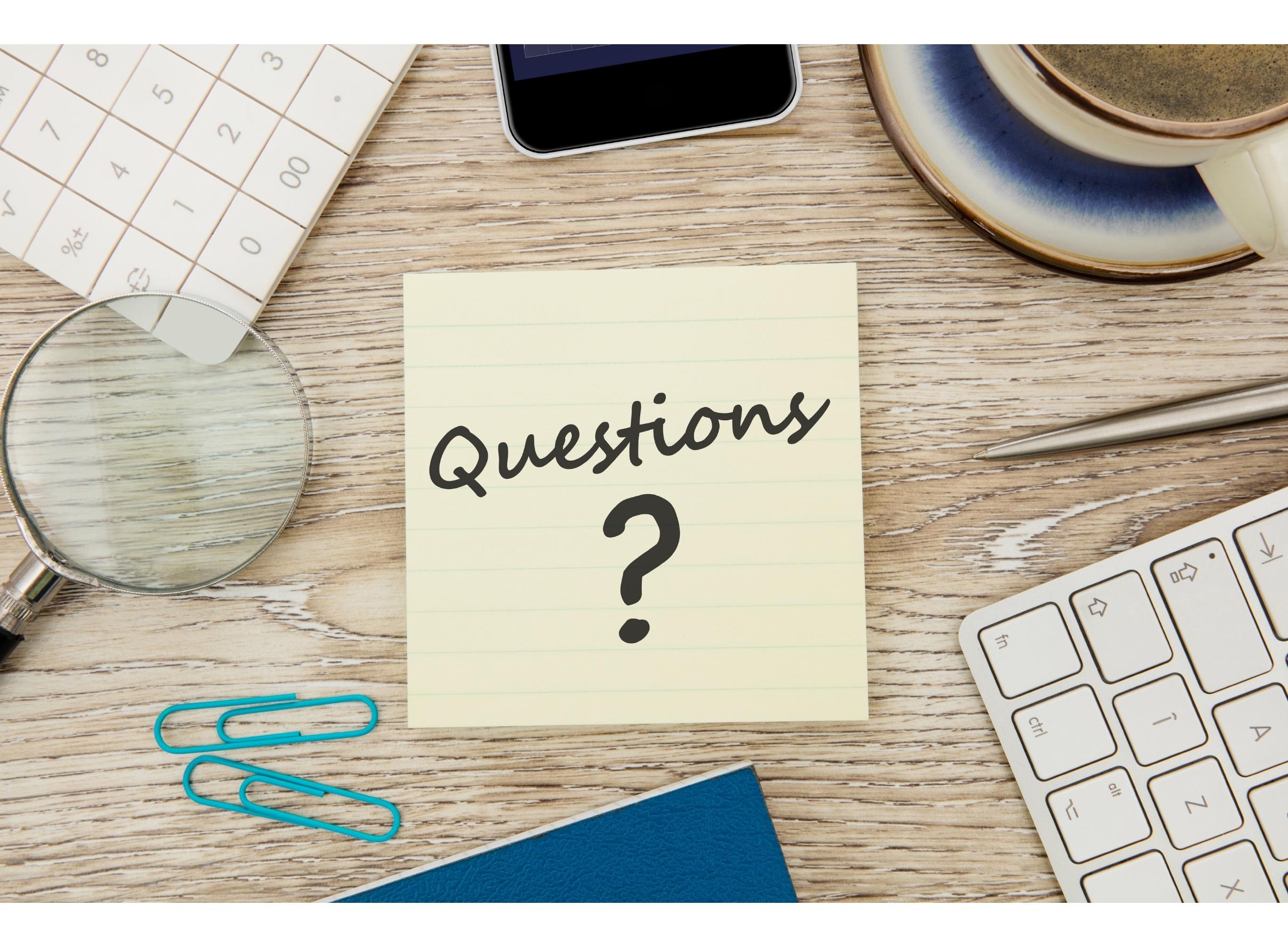
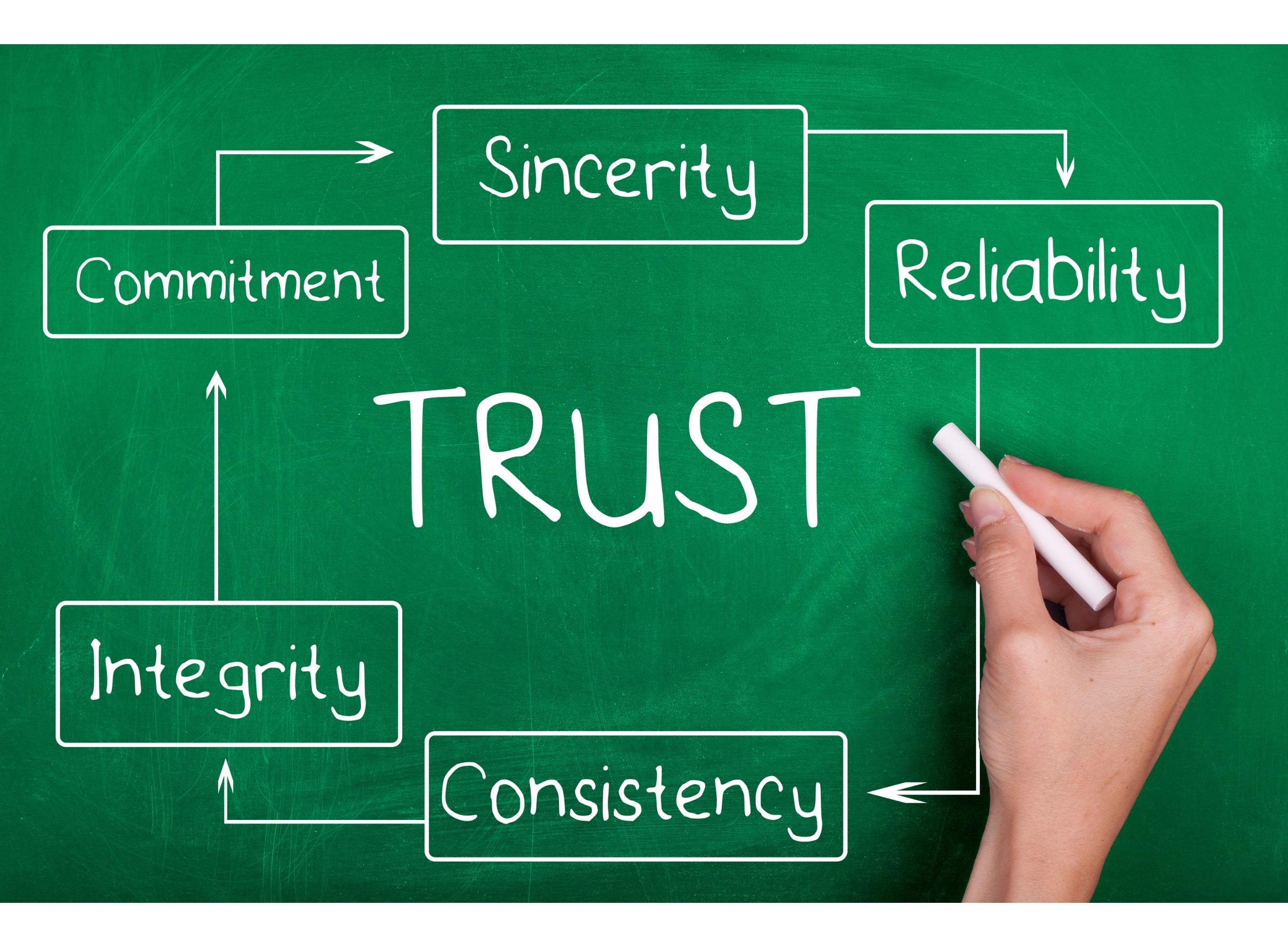
Finding a trustworthy cannabis delivery service in Denver, Colorado
Despite Colorado having one of the oldest legal cannabis marketplaces, cannabis delivery is a relatively new phenomenon following changes in the law. In 2021, several Colorado cities including Denver began licensing cannabis delivery services for adult-use (recreational) cannabis. The City of Denver has limited the cannabis delivery business licenses to social equity applicants for the first three years.
What does that mean for you? It means that when you opt for cannabis delivery in Denver, you are also supporting a social equity business. We’re proud to share that several of these businesses are Leaf411 members as well!
One of Leaf411’s newest business members is Better Days Delivery service. Better Days Delivery is a Denver- and Aurora-licensed social equity cannabis delivery service with a focus on health-conscious, environmentally friendly service to the community. They focus on partnering with established dispensaries that carry high-quality products while providing personalized and interactive customer experiences. Better Days first dispensary delivery partner is L’Eagle Denver and you can place your order directly online here.
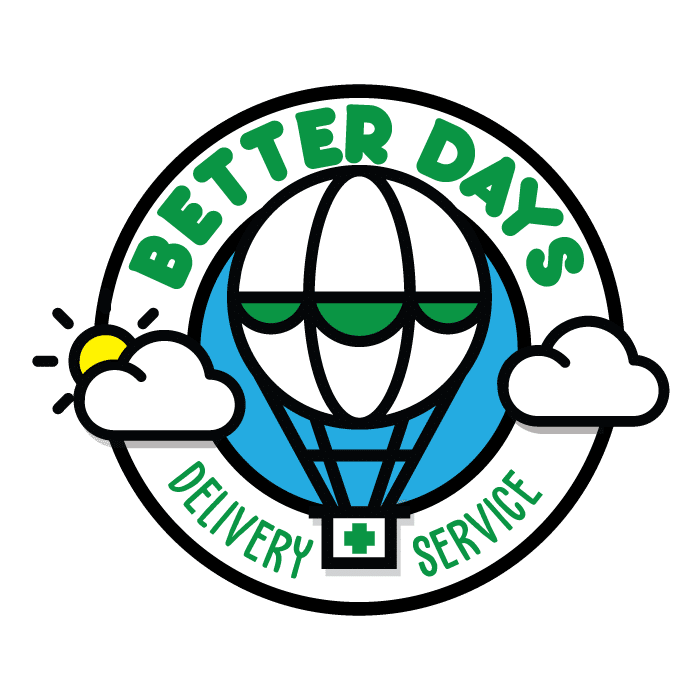
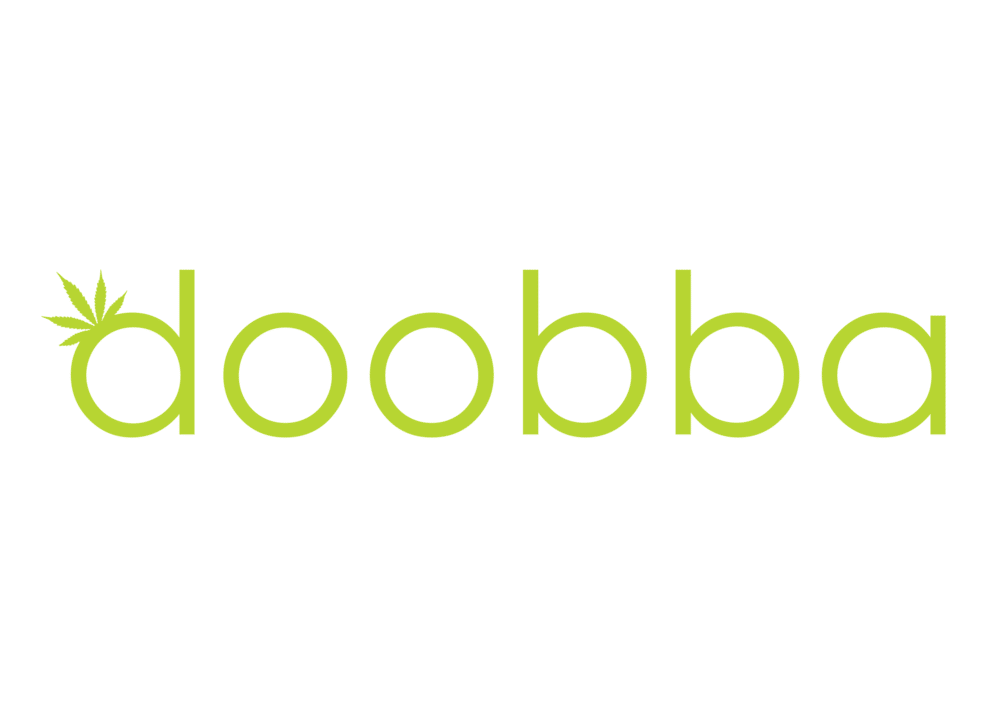
Leaf411 has also welcomed doobba cannabis delivery onboard as a supporting member. This company was the first to submit a license application following the change in rules in Denver, with owners Ari and Karina Cohen determined to change the perception around cannabis and end prohibition. If you’re in Denver, CO, you can order a wide range of products, including Wana Optimals products directly from doobba’s website without having to search through different dispensary listings. Remember that Leaf nurses are also available on our special Wana hotline number at 844-WanaFit (844-926-2348) to answer any questions you have while ordering Wana gummies online.
Questions about the delivery itself? When it comes to the logistics side of things, you’ll want to reach out to the cannabis delivery service company for queries on how long it will take for your order to arrive, methods of payment and other details specific to the delivery process.
How much does cannabis delivery cost?
Convenience comes at a price. That’s definitely the case when it comes to cannabis delivery. Cannabis delivery companies have to follow complex and expensive requirements that may include product tracking software, GPS tracking on delivery vehicles and limits on how much cannabis a delivery driver can have in the vehicle, translating into more trips between dispensaries and customers’ homes. When we recently took a look online, we saw fees that ranged from free to $19.99 per delivery.
However, in some cases delivery fees can be offset by special deals offered either by the delivery company itself, dispensaries or product manufacturers.
On top of delivery fees, you’ll want to consider tipping the delivery driver in the same way that you tip food delivery or other service providers.
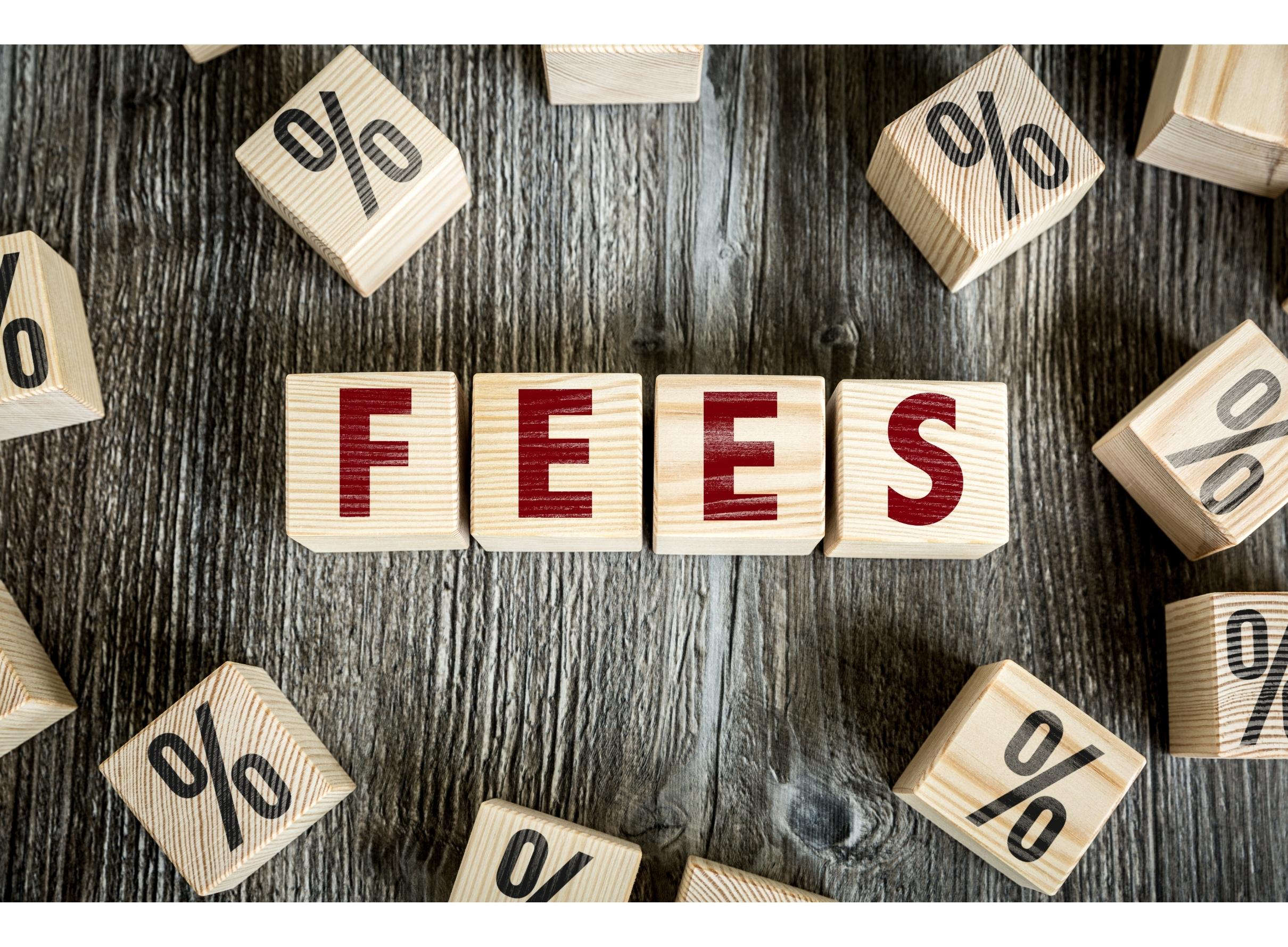
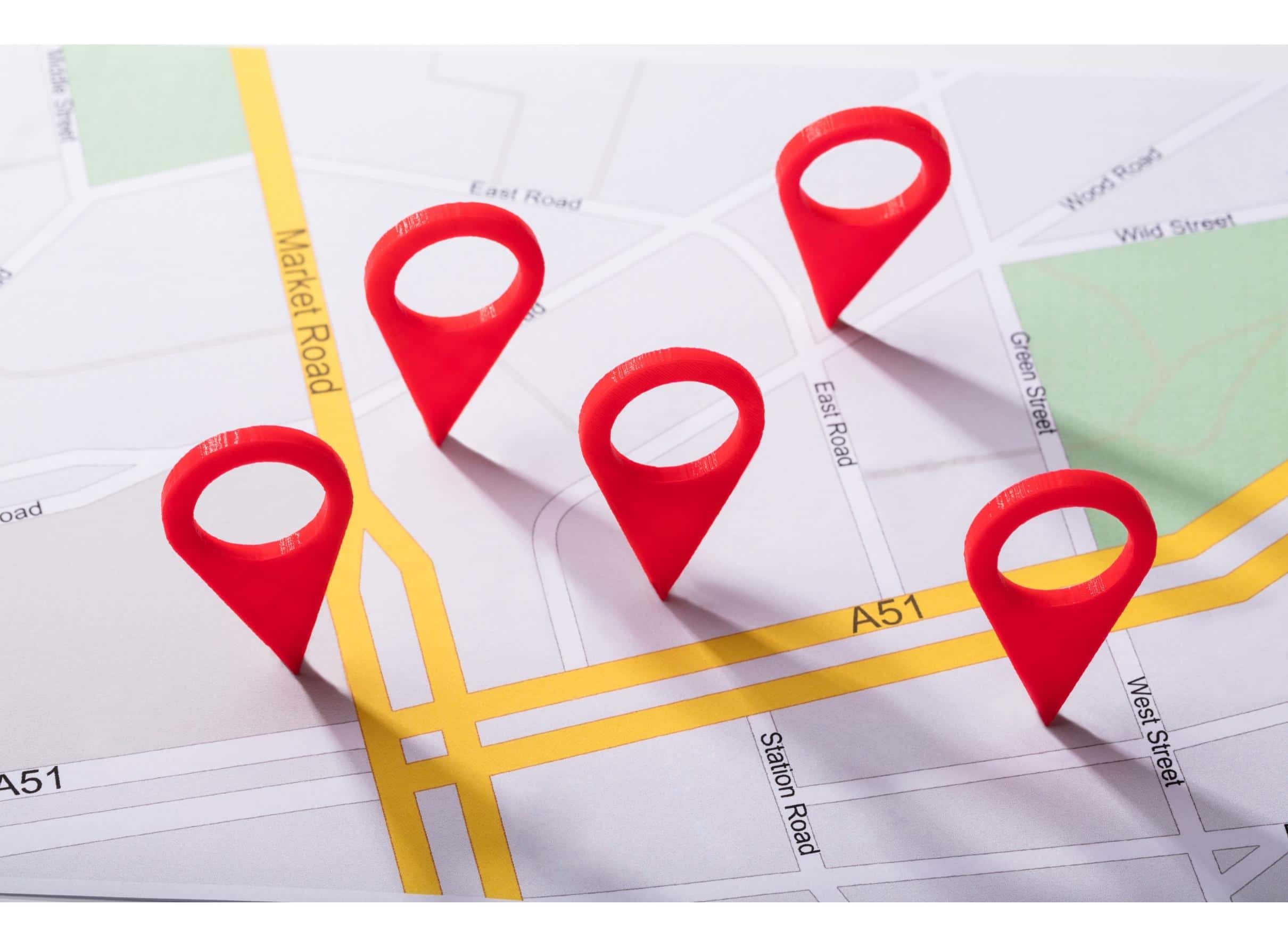
Finding cannabis delivery in your area
Because cannabis delivery is so new in many areas, it can be challenging to find what options exist. While we shared a few recommendations for the Denver, Colorado, area, we know that many of you will be looking for services in other areas of the country.
When looking for cannabis delivery, keep in mind that state and local regulations dictate whether dispensaries may deliver directly to the consumer or if standalone cannabis delivery companies are allowed.
If you know the dispensary you want to purchase from, you can visit their website to see if they have a delivery option on their online menu page. You can also go directly to a cannabis delivery service website like doobba delivery to shop across different product categories.
A quick online search can pull up multiple options, but be careful when doing so, since illicit delivery services do exist and may openly operate in some areas. Legitimate delivery services are licensed by the state they operate in, and should have some proof of their license on their website or on the delivery drivers themselves. For example, delivery services in California are required to list their license number on their website. And in the Denver metro area, delivery drivers are required to wear a state-issued MED badge visible above their waist, just like in-store budtenders.
Sites like Leafly can be helpful for finding delivery services as well. Check out this article for more information.
A look at Denver’s cannabis delivery rules
We’ve mentioned how cannabis delivery regulations vary between different states and even different cities. Below is a summary of the current rules for cannabis delivery in Denver, CO:
By law, cannabis delivery is allowed from 8:00 a.m. to midnight.
- Deliveries can only be made to residential addresses within Denver (including apartments and Airbnbs), but not to businesses, restaurants, bars or public areas like parks.
- Hotels are a bit of a gray area, with the City of Denver stating that delivery is okay if “the customer or patient lives at the hotel, and the hotel does not prohibit marijuana on its premises.” You can find the rules at this link. Your best bet is to check with the delivery service if you’re unsure whether your location qualifies for delivery.
- In an interesting twist on the residential address requirement, you don’t need to live at the residence, but only be present to accept the order on delivery. This means that you can order cannabis delivery while hanging out at a friend’s house as long as you’re there when the product gets delivered. Your friend or relative cannot accept delivery on your behalf.
- When accepting your order, you will need to show a valid ID proving you are 21 or older. If your friends decide to stand at the door with you, then they’ll need to show their IDs as well.
- You may also need to complete some paperwork from your delivery driver confirming receipt of the cannabis products you bought. This is part of the state’s ‘seed-to-sale’ tracking process in place to ensure that cannabis is not lost, stolen, or diverted to the illicit market.
- Just as with in-dispensary shopping, returns are not allowed, so you’ll want to make sure to ask your driver to review the order contents before handing over the product to you.
- If there are problems with an order (for example, they bring the wrong product and you do not accept the order), the delivery driver will need to return to the dispensary to fix the issue. They do not carry extra inventory in their vehicles.
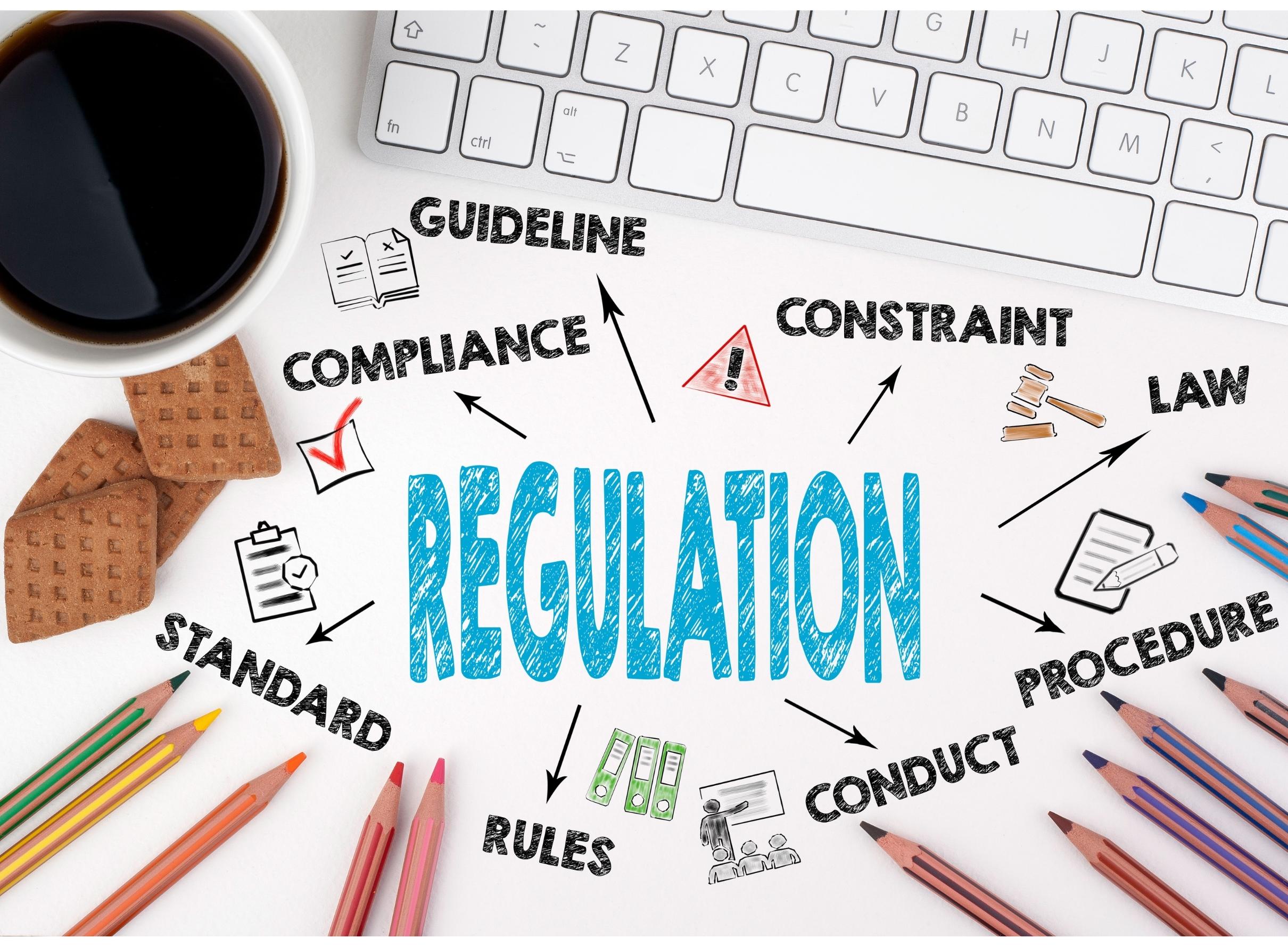

Leaf411 can help with your cannabis questions
Whether you’re shopping online or needing help with products that you already have on hand, our friendly cannabis-trained, fully licensed RNs are ready to help with your questions. Visit our homepage to get started scheduling your nurse consultation, or call us at 844-532-3411 if you have questions about the new scheduling system.
The Leaf411 cannabis nurse hotline provides free, anonymous education and directional support to the general public about the safe use of legal cannabis. We partner with select business members who meet our rigorous standards to extend our education and outreach efforts.
Finding Low-THC Cannabis Strains
Low-THC cannabis can be a powerful option for relaxation and relief
Medically reviewed by Katherine Golden, RN
Written by Denise Rustning
Many mature cannabis consumers wax poetic about the old days when they could smoke an entire joint for relaxation without ending up too high.
Yet as states legalize cannabis, cultivators have prioritized breeding high-THC strains that can quickly intoxicate a user with just a few puffs. Not everyone is looking for the intense “high” that these high-THC strains often deliver, though.
Additionally, low-THC cannabis flower strains allow users to consume more of the other beneficial plant compounds, including terpenes and plant flavonoids, without going overboard on THC. While some patients do need high-THC products, we’ve found that many people achieve maximum relief with minimum intoxication when using lower-THC products, based on the caller feedback we receive at Leaf411.
How do you find low-THC strains in a marketplace that prioritizes high-THC flower? We were thrilled to see our Leaf411 business member Where’s Weed tackle this question on their blog, including recommended low-THC strains along with a search feature to find these strains near you.
Click here to read the Where’s Weed’s article, 5 Low THC Strains You Should Try.
To know exactly what you are purchasing, always ask the budtender about the product’s test results showing the cannabinoid potency. Why is that?
Even though a specific strain’s name (like Blue Dream) may be the same from one dispensary to another, the plant’s genetic structure along with the environment in which it is grown defines its final form. A plant with similar genetic makeup, when grown in a different environment (for example, in a different region or under different greenhouse conditions) will bring out a different trait from the plant’s genetic code resulting in a unique color, shape, smell and resin production.
Remember, too, that our cannabis-trained nurses can help with any questions you have about cannabis potency or use. Call the FREE Leaf411 hotline at 844-LEAF411 (844-532-3411) or chat with us from our home page during hotline hours, Monday-Friday from 8:00 a.m. to 7:00 p.m. MDT.
The Leaf411 cannabis nurse hotline provides free, anonymous education and directional support to the general public about the safe use of legal cannabis. We partner with select business members who meet our rigorous standards to extend our education and outreach efforts.
An Insider’s View on Washington D.C.’s Best Medical Cannabis Dispensary

Medically reviewed by Katherine Golden, RN, and Eloise Theisen, NP
Written by Denise Rustning
We recently caught up with Stephanie Kahn, BSN, for her perspective as a cannabis nurse and Takoma Wellness Center medical dispensary co-founder. Stephanie shared her insights from leading Washington, D.C.’s longest running legal medical dispensary and what she wished every new cannabis patient knew before visiting a dispensary.
(Note: This blog post was edited on 9/9/21 to more accurately reflect Washington, D.C., cannabis regulations.)
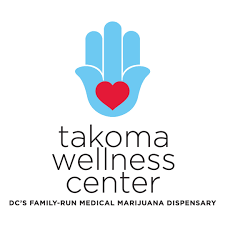
Step into Leaf411 member Takoma Wellness Center medical cannabis dispensary in Washington, D.C., and the first thing you’ll notice is the hamsa, a hand-shaped design that is believed to offer protection and good fortune, that traces back to ancient Mesopotamia.
The hamsa symbol is fitting, given that it shares a long history that runs parallel with cannabis. The cannabis plant can also be tracked back thousands of years ago when it was used medicinally, including in Mesopotamia. The hamsa symbol also holds an important place in the Jewish culture shared by founders Stephanie Kahn, BSN, Rabbi Jeffrey Kahn and their son Joshua Kahn.

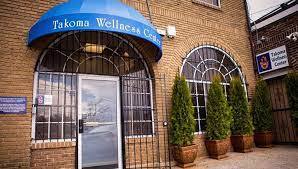
With a background in healthcare and the spiritual community, the Kahns already had extensive experience helping patients before entering the cannabis industry. One cannot help but think of Takoma Wellness Center’s extensive hamsa collection as a symbol of their caring and hope for the patients who visit the store.

Navigating Washington, D.C.’s unique cannabis landscape
Takoma Wellness Center holds a unique spot as the oldest and longest running legal medical dispensary in Washington, D.C. While cannabis remains illegal at the federal level, the plant is legally sold for medical use in the nation’s capital, and possession of small amounts for personal use has been decriminalized.
District residents also support adult use (recreational) cannabis; however, Washington, D.C., is unique in that it’s not a state but a district that is ultimately governed by the US Congress. So far, Congress has blocked the district’s efforts to create a legal adult use cannabis marketplace.
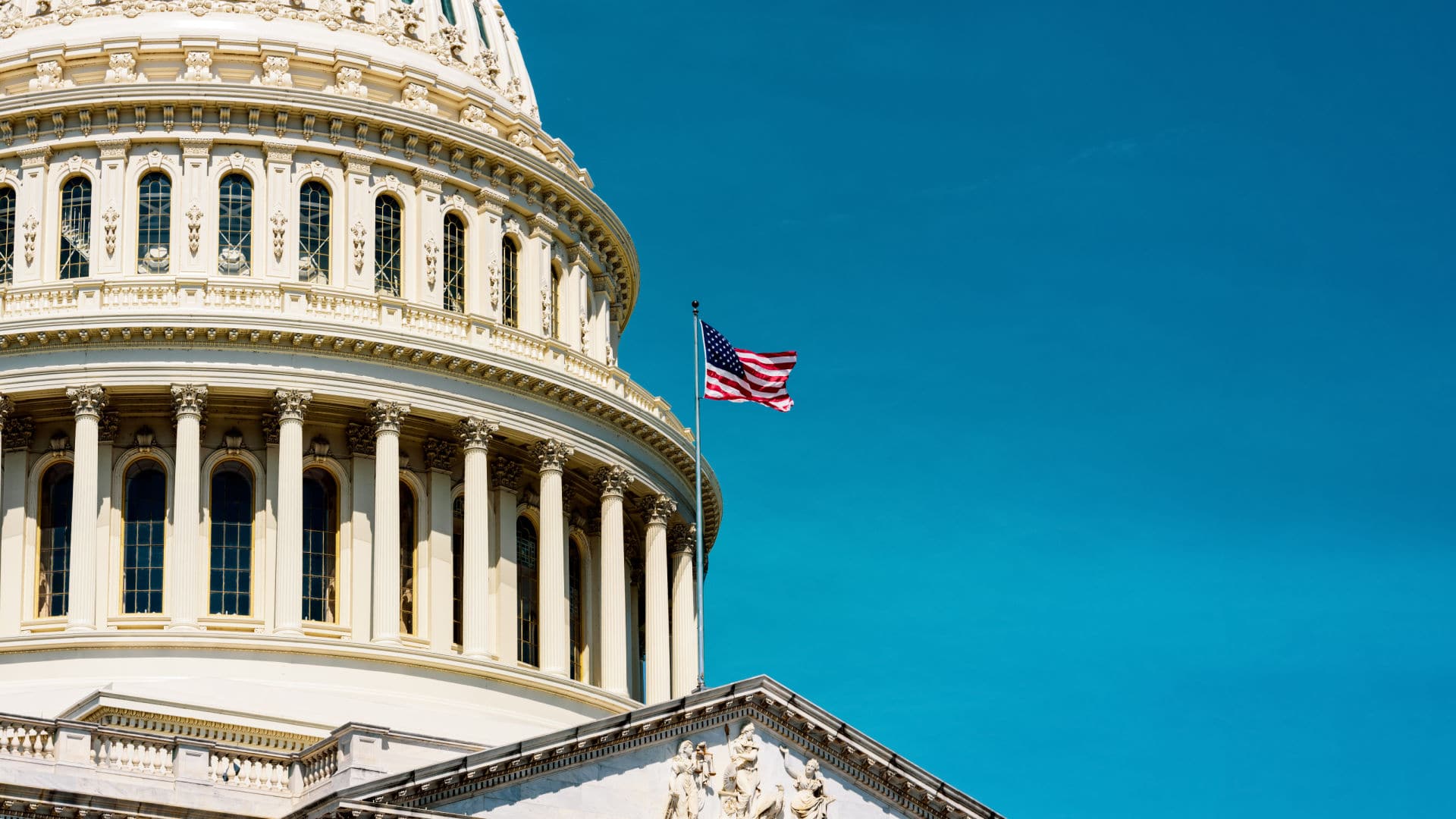
District of Columbia dispensary Takoma Wellness Center accepts out-of-state MMJ cards
Cannabis cannot cross state lines, but marijuana medical cards can in a few states as well as in Washington, D.C. Medical dispensaries in the district accept valid medical cards from any state with a legal medical cannabis program, when that person is visiting the district and buying medicine in-person. (Dispensaries are not allowed to deliver or ship product across state lines due to ongoing federal prohibition that regulates all interstate commerce.)
For Takoma Wellness Center which is located only a few blocks from the Maryland state line and approximately 10 miles from Virginia, this means that over 50% of their customers come from outside the district, mostly from neighboring states. As nearby state marketplaces evolve, however, the mix of patients continues to change.
“We used to get a lot of patients from New Jersey and Pennsylvania, but as their own state programs have improved, there’s less need for their residents to travel to find cannabis medicine that works for their needs,” Stephanie says.
Of course, the capital is also a popular place for people from around the country to visit. For patients who are unable to bring their cannabis medicine with them when traveling, finding a trustworthy local source like Takoma Wellness Center can be a godsend.
Building a medical dispensary around the needs of cannabis patients
Takoma Wellness Center was built around not only providing a wide range of products but also exceptional service to patients, with patient consultants (similar to budtenders) who spend time educating visitors on different options. That commitment has remained even during pandemic challenges.
“Prior to the pandemic, we would spend a lot of time with our patients. That all changed last year with restrictions and the need for social distancing,” Stephanie says.
“A lot of the changes were positive. We were allowed to implement online ordering, curbside service and delivery. The downside, though, was that we were not able to spend the same amount of time in store consulting with patients.”
In response, Takoma Wellness Center developed virtual consults and protocols for patients to check in outside, reducing the time most people needed to spend inside the store. Stephanie says that their relationship with Leaf411 has also helped, with Leaf hotline nurses who are able to guide patients on the phone while looking over Takoma Wellness Center’s extensive online menu.

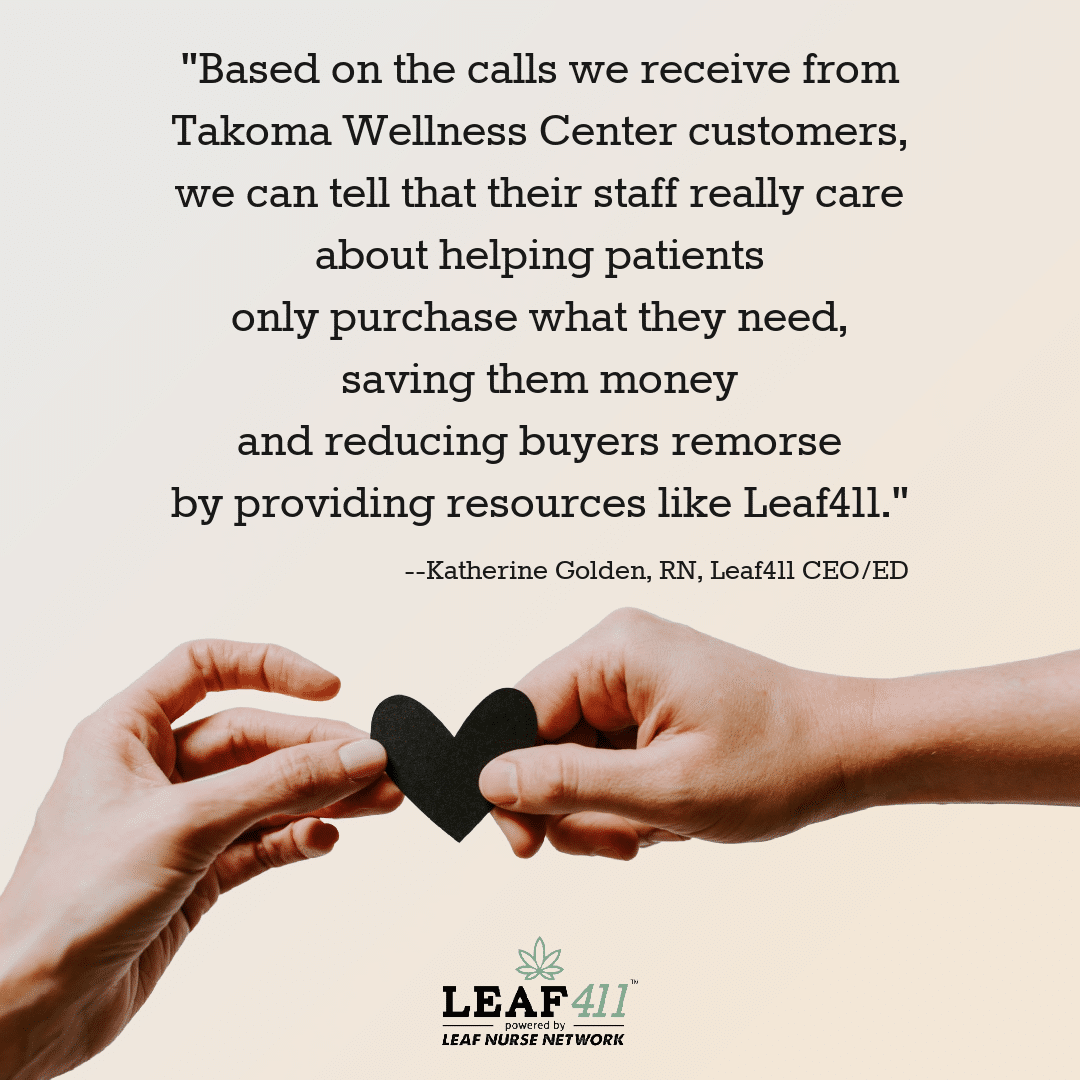
What are the top reasons patients turn to medical cannabis?
Takoma Wellness Center serves patients who are seeking alternatives for a wide range of conditions.
“Pain and anxiety top the list, when it comes to the information that patients share with us. We have patients visiting us who have autoimmune diseases, multiple sclerosis (MS), Lyme disease, Ehlers-Danlos syndrome, fibromyalgia, cancer pain and chemo side effects, who are seeking relief,” Stephanie says.
“We also have a couple of pain doctors in the area who are suggesting cannabis as an alternative to opioids for some of their patients. In my mind, this is a very positive development,” Stephanie says, though she also acknowledges that many other pain clinics continue testing patients for THC, with positive THC tests disqualifying them from continuing with prescription-based pain medications.
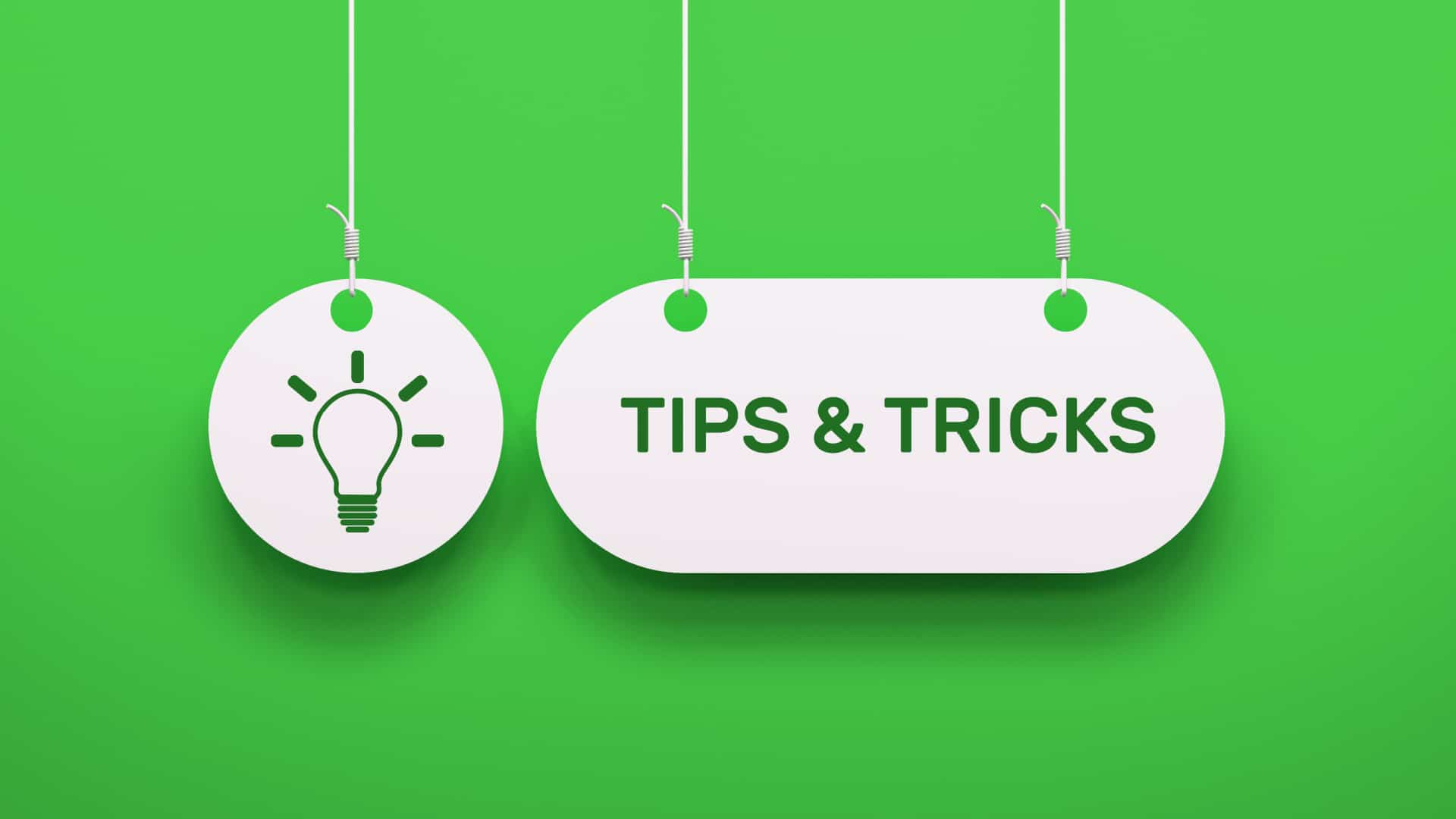
Advice for both new and experienced cannabis patients
Stephanie has spent years helping patients understand the ever-changing cannabis landscape, with Takoma Wellness Center’s product selection informed both by Stephanie’s cannabis nursing background and years of experience hearing from patients on what has worked best. She’s also seen common missteps that new patients make on their first dispensary visit and has some general advice to share.
“A lot of cannabis naïve patients come in wanting to try edibles first. However, we really encourage them to first try tinctures instead. It’s much easier to adjust your dose with tinctures, which is especially important if you’re starting low and going slow,” Stephanie says.
She also sees both new and experienced cannabis users missing out on the full potential of plant medicine when they only focus on finding the highest-THC products.
“Whether the patient has been buying on the street for 30 years or they’re new to cannabis, we often see them looking for the highest THC product when a ratio product containing a balance of THC and CBD might actually provide better relief,” Stephanie says. “Obviously we’re not going to force education on them, but we do encourage patients to explore different product types and often have discounts to make it easier to try new things.”
When trying new products, Stephanie suggests that patients resist the urge to “stock up,” since cannabis products cannot be returned to the store.
“We’ve had customers who are brand new to cannabis who want to buy a half-ounce of cannabis flower or an extra-strength tincture because they believe it will be better than regular strength. While we’re not going to deny them that purchase, we do try to educate them and explain what the problems they might encounter,” Stephanie says.
Stephanie as well as Takoma Wellness Center staff also suggest that patients start low and go slow, understanding that everyone’s endocannabinoid system is different.
“The dose that works best for your friend may either be not enough or way too much for you. The best way to find your ideal dose is to start low and go slow, building up to the dose that works for you,” Stephanie says.
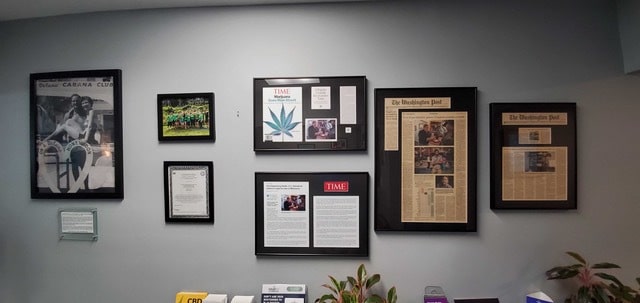
Looking for the best local, family-owned D.C. dispensary with deep ties to the area?
Today’s patients and consumers have more options than ever when it comes to shopping for cannabis medicine. Many are eager to support local businesses that are making a difference and building a sustainable, equitable cannabis industry.
Takoma Wellness Center’s ties to the community run deep. Both of Stephanie’s parents grew up in Washington, D.C. within blocks of the medical dispensary’s current location. It was her parents’ experience using cannabis on doctors’ recommendations that inspired the Kahns to open a medical dispensary. As Stephanie says, “The story of medical cannabis in our city is personal to us—it’s also our family story.” (Read more about their story here.)
Stephanie is humble when it comes to ways the dispensary reinvests in the community. When asked, she shares that Takoma Wellness Center hires from the community, offering full health benefits, paid time off and above minimum wage pay. The dispensary has also participated in National Expungement Week and supports various community groups and programs.
Takoma Wellness Center has earned Washington City Paper’s Best of D.C. Best Dispensary award for five consecutive years thanks to its commitment to patients and the community, as well as its vast product selection.
Also, as a Leaf411 business member, Takoma Wellness Center also helps ensure that cannabis education is freely available to all patients, regardless of where they live.
Katherine Golden, Leaf411 founder and CEO/ED says, “Based on the calls we receive from Takoma Wellness Center customers, we can tell that their staff really care about helping patients only purchase what they need, saving them money and reducing buyers remorse by providing resources like Leaf411.”
Check our fully-vetted Leaf member directory for the best cannabis stores and brands
Thousands of cannabis brands compete for your attention and dollars. How do you sort through all the options to find incredible businesses like Takoma Wellness Center? We suggest starting with our Leaf Member Directory located under our Resources tab on our home page, to find cannabis and hemp CBD companies located throughout the United States. We carefully review all our supporting members and are confident in referring members of the public, our callers, friends and family members to these businesses.
Remember that the non-profit Leaf411 is a resource available at no cost to you, the public. Whether you would like help understanding an online dispensary menu, or have questions about product dosing or potential interactions with other medications, our cannabis-trained nurses can help. Call the Leaf411 hotline at 844-LEAF411 (844-532-3411) or chat us from our home page during hotline hours, Monday-Friday from 8:00 a.m. to 7:00 p.m. MDT.
The Leaf411 cannabis nurse hotline provides free, anonymous education and directional support to the general public about the safe use of legal cannabis. We partner with select business members who meet our rigorous standards to extend our education and outreach efforts.
Cultivars, Clones and Kief: Your Guide to Common Cannabis Flower Terms
Written by Whittney Wacker, BSN, RN
The world of cannabis has changed with legalization, and that includes the terminology used to describe cannabis flower (buds). Whether you’re brand new to cannabis or returning after a long hiatus, today’s terminology and flower options can be intimidating.
At Leaf411, we can help! Today, we’ll explain common terms you’re likely to hear when shopping for cannabis. These terms reflect the life cycle of dispensary-grown cannabis plant flower products.
Lightshade’s Green Crack cannabis strain being grown.
Cultivar: Another word for cannabis strain
The term “cultivar” refers to any species of plant (not limited to just cannabis) that has been produced in cultivation by selective breeding of two parents with specific and desired profiles, not a wild type/species. Plants like tomatoes are often referred to as different “varieties” instead of “cultivars” but they mean the same thing.
Likewise, in cannabis, the word “strain” is often used in place of “cultivar.” While there are a lot of strong opinions in the industry about whether we should push to use the scientifically correct term “cultivar,” the reality is that most dispensaries use the term “strain” for the flower products they sell. Don’t get too hung up on this—both sides are talking about the same thing!
Different cultivars are crossbred to develop specific cannabinoid and terpene profiles for their desired effects, with their names reflecting their lineage. This is where we get some of the fun, crazy, and creative names of cannabis strains today, like the ones shown below:
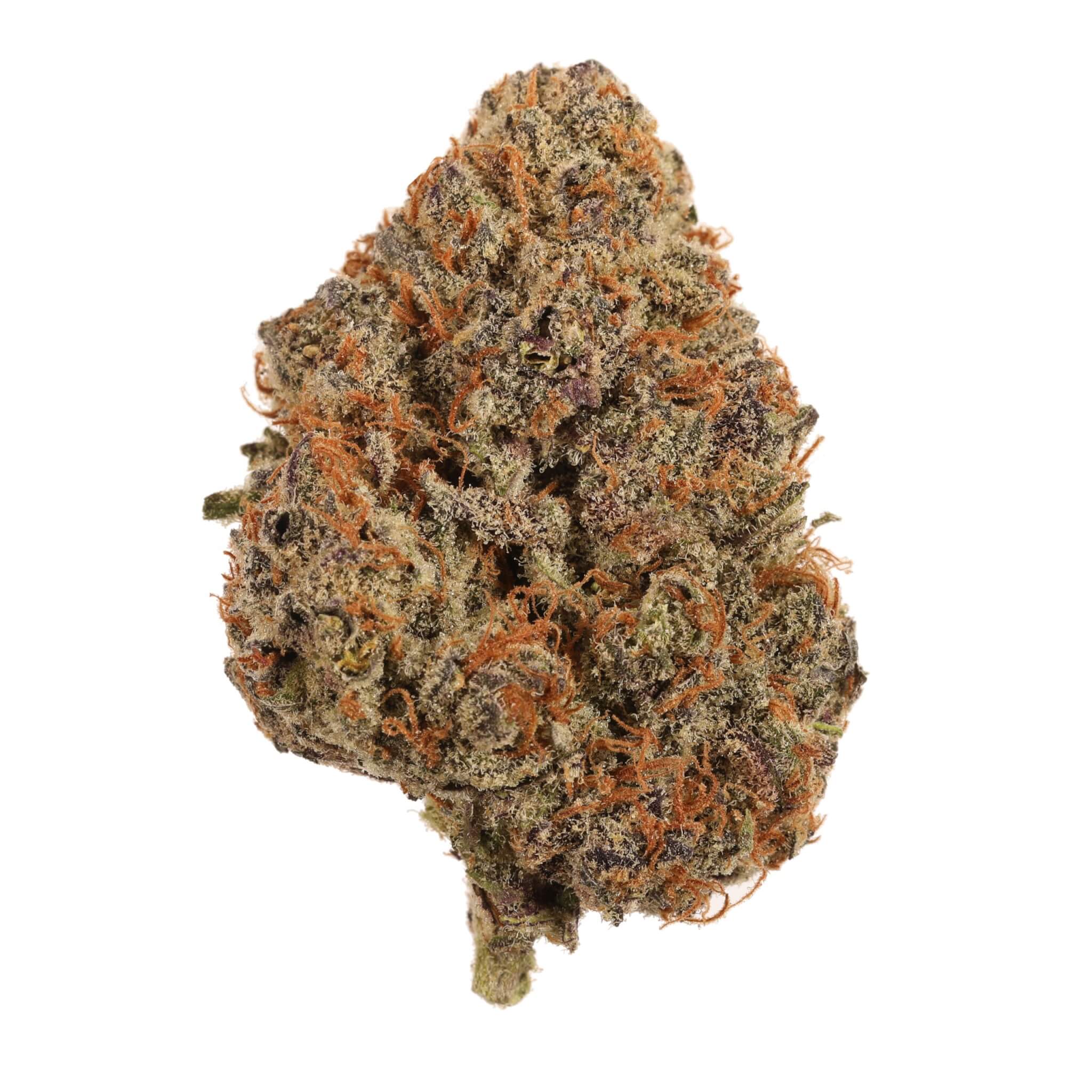
Seed & Smith Purple Trainwreck (Trainwreck x Mendocino Purps)
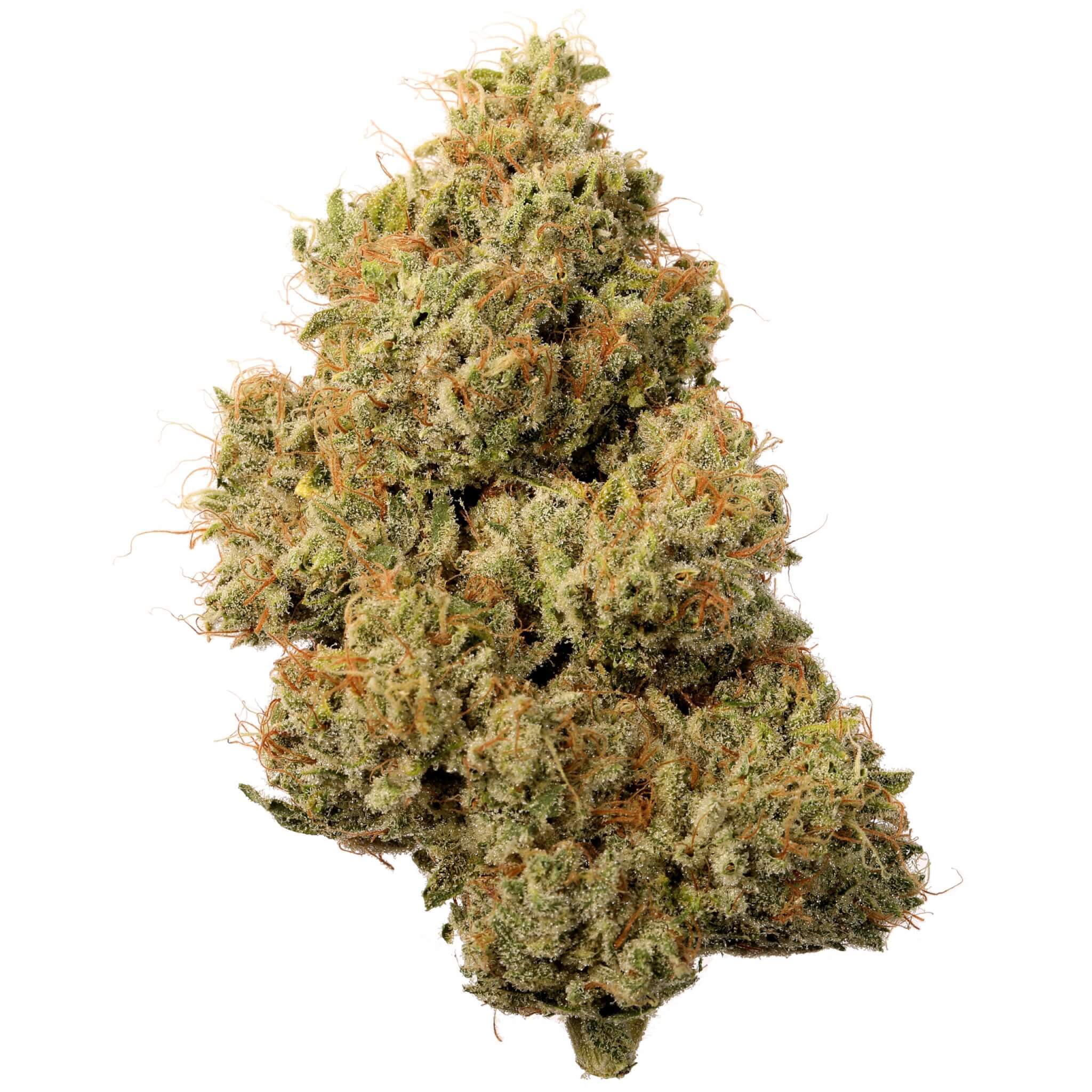
Seed & Smith Malibu Sunrise (Malibu Pure Kush x I95)
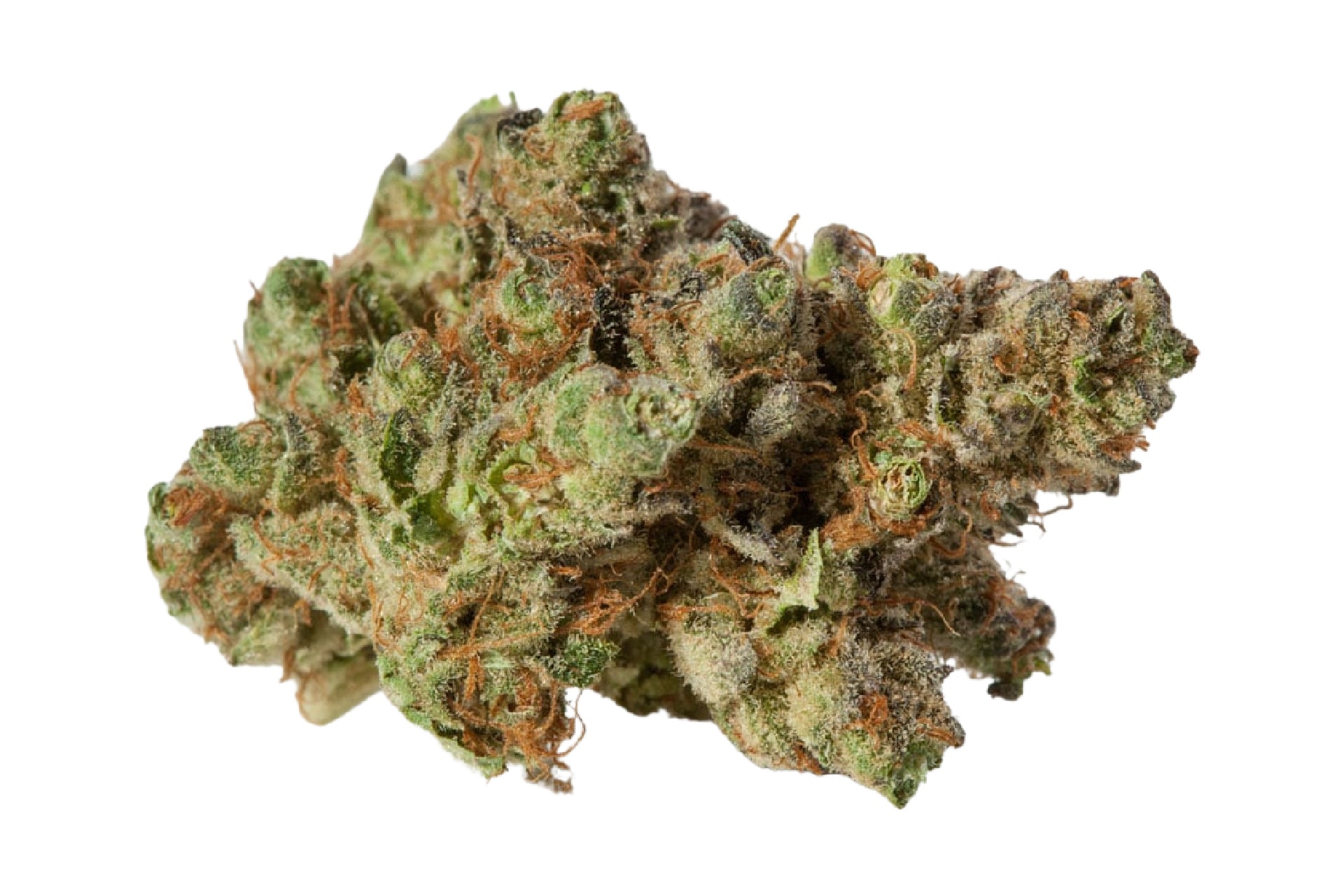
Lightshade Primus OG (303 Kush x Arcata x Trainwreck)
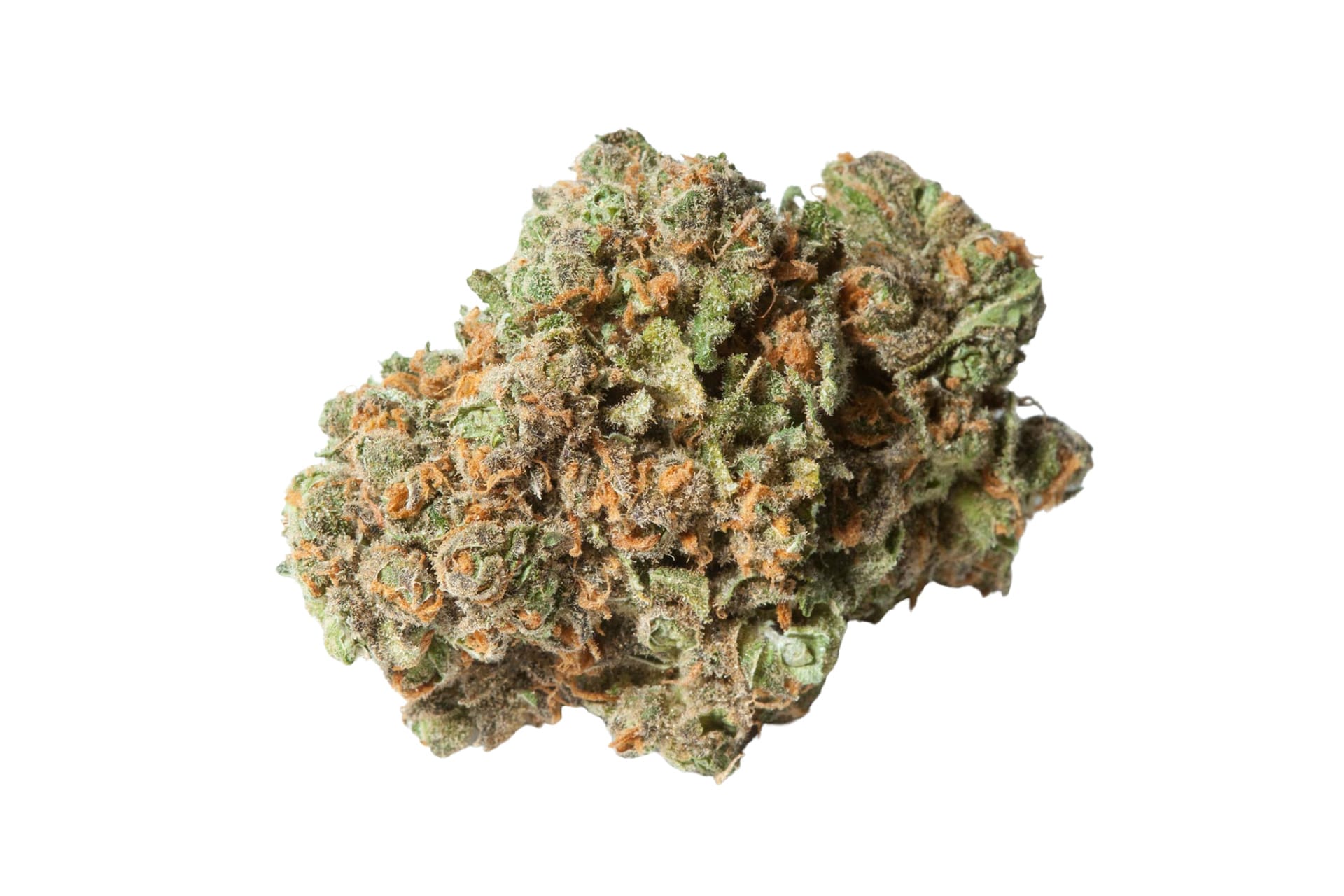
Lightshade Green Crack (lineage is less certain, but likely Skunk x an Afghani landrace).
We can look at the cultivar DJ Short Blueberry to see how new cultivars are developed. DJ Short Blueberry reflects the namesake of its creator, the legendary Oregon cannabis breeder DJ Short. The Blueberry cultivar’s parents are Afghani and Thai cultivars that were crossbred to create the Blueberry genetic that is known for its fruity aroma and euphoric, relaxing high. DJ Short went through multiple filial (f1, f2, etc.) generations to arrive at the world-renown genetics of the Blueberry F5.

Shopping for cannabis at Takoma Wellness medical dispensary in Washington, D.C.
Cannabis flower products
Now let’s take a look at the flower options you’ll likely find at your closest dispensary.
Flower is raw plant material/bud that can be smoked in joints, blunts, bongs or pipes. Heat converts (decarboxylates) the primary cannabinoid from THCA (which is not intoxicating) to THC which provides many therapeutic benefits as well as the sensation of being “high” at certain doses.
Flower is typically sold either by the gram or in 1/8 ounce (3.5 gram) amounts. Each legal state sets its own limit for how much cannabis flower consumers and patients can buy in a day. You can find an updated list of laws by state at this link.
When people talk about cannabis, flower is usually what first comes to mind, along with smoking the buds in bongs, pipes or rolled joints.
Some cannabis manufacturers like our business members Lightshade and Seed & Smith use flower to make their pre-rolled joints or “pre-rolls.” Other manufacturers may instead use shake or trim, which we’ll discuss further down.
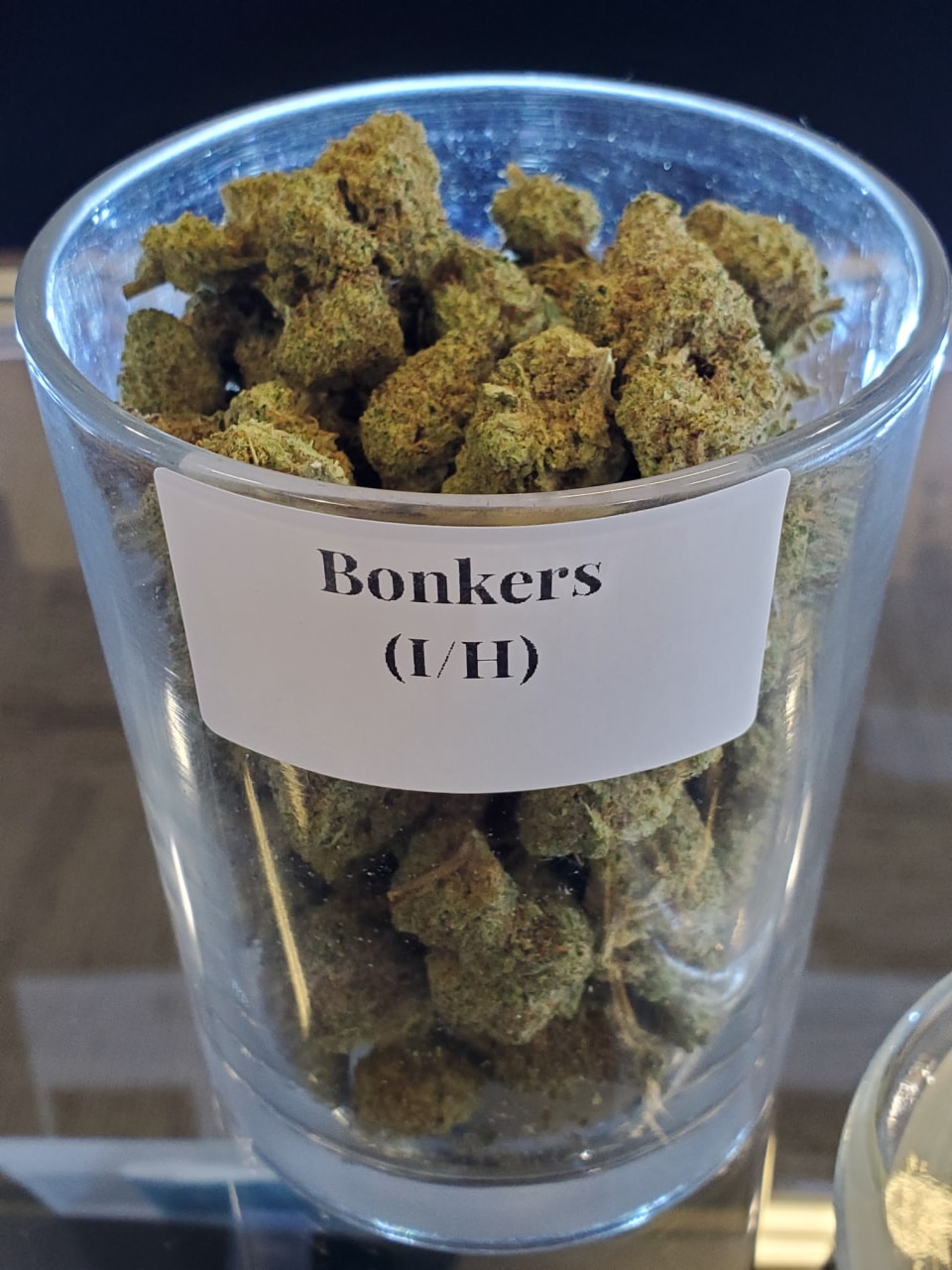
Bonkers top shelf flower displayed at Nature’s Gift Shop medical and recreational dispensary in Pueblo West, Colorado, sold in grams, eighths, quarters, half-ounces or ounces. Bonkers is a fruity strain with calm, happy effects.
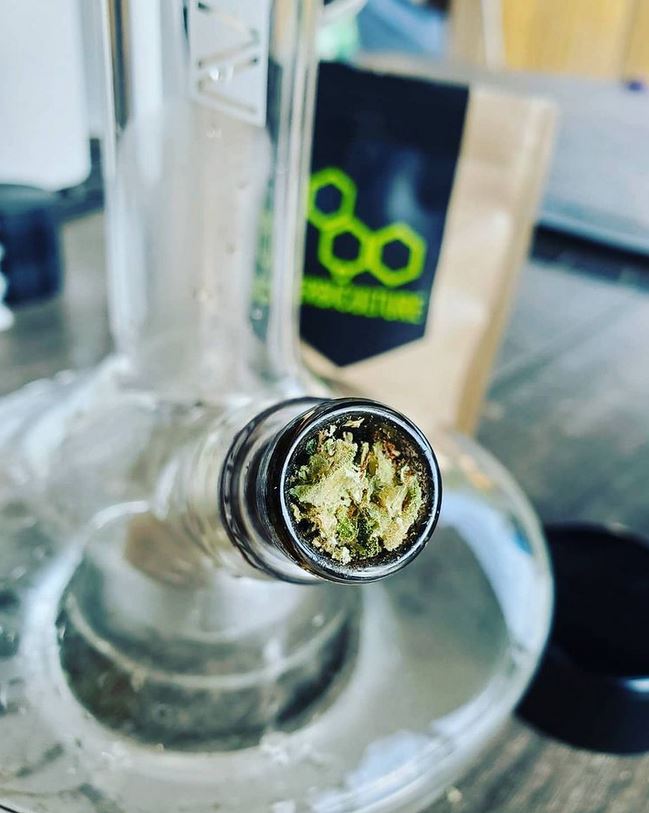
Flower from Maryland’s Herbiculture medical dispensary packed into bong bowl.
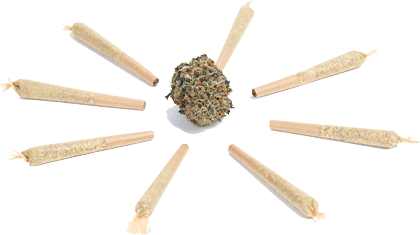
Seed & Smith pre-rolls are made with full cannabis flower, not shake, and use all-natural rolling papers.
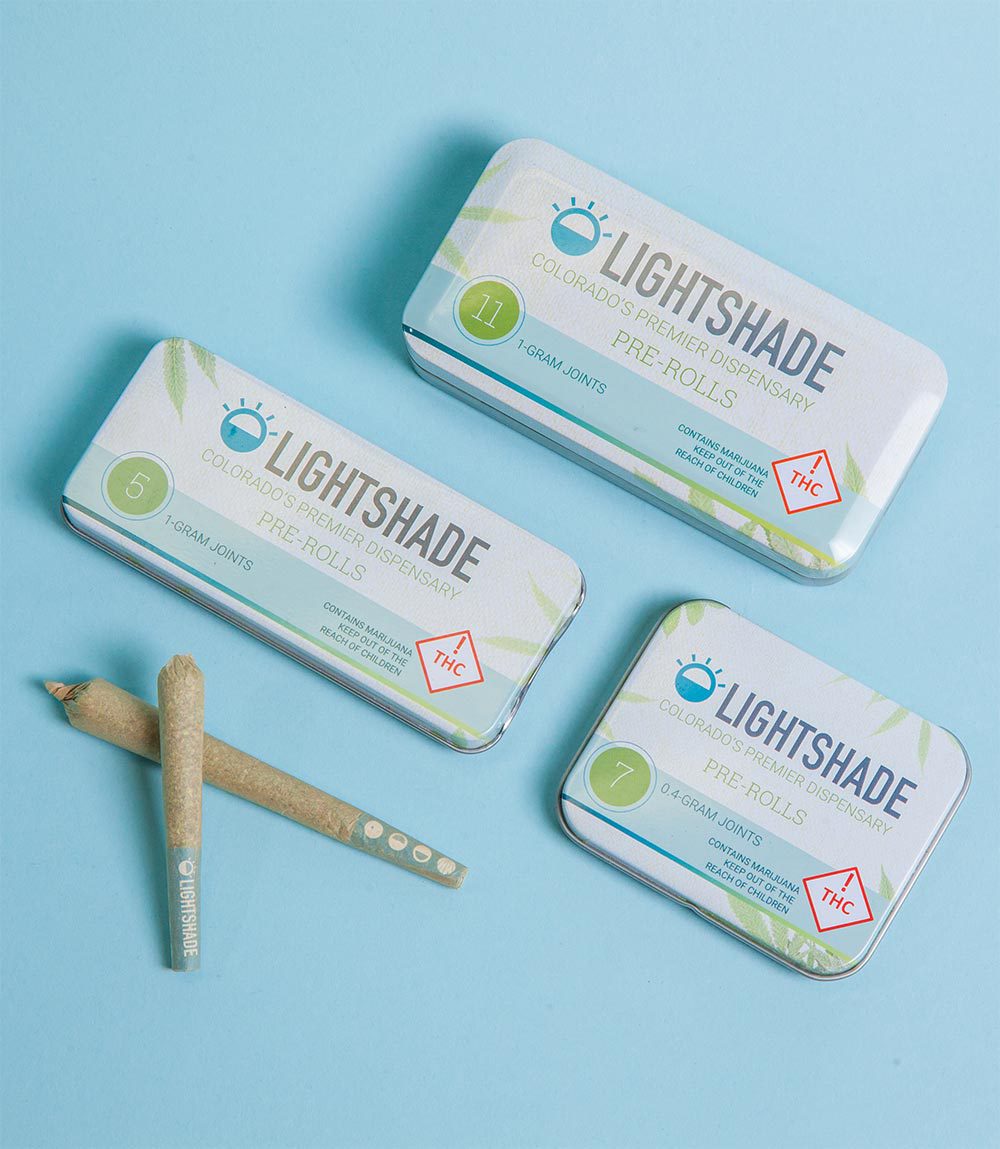
Lightshade pre-rolls are made with full-flower cannabis, not shake, and are available in three different sizes catered to different consumer needs.
Flower can also be used in dry herb vaporizers such as the iconic desktop Storz & Bickel Volcano, the Storz & Bickel MIGHTY, the Pax2 or Pax3 or the Arizer ArGo. These dry herb vaporizers heat the flower enough to convert THCA to THC and also release many of the flower’s terpenes without burning them. Because vaping doesn’t actually combust the flower, some people find it offers a smoother inhale than joints, pipes or bongs.
Flower’s versatility extends to using it to make tinctures, cannabutter and edibles, a topic we’ll cover in a different blog post.
Buying flower is more expensive than popcorn buds or shake (discussed below); however, flower is cheaper than other products like edibles and is flexible in how it can be used.
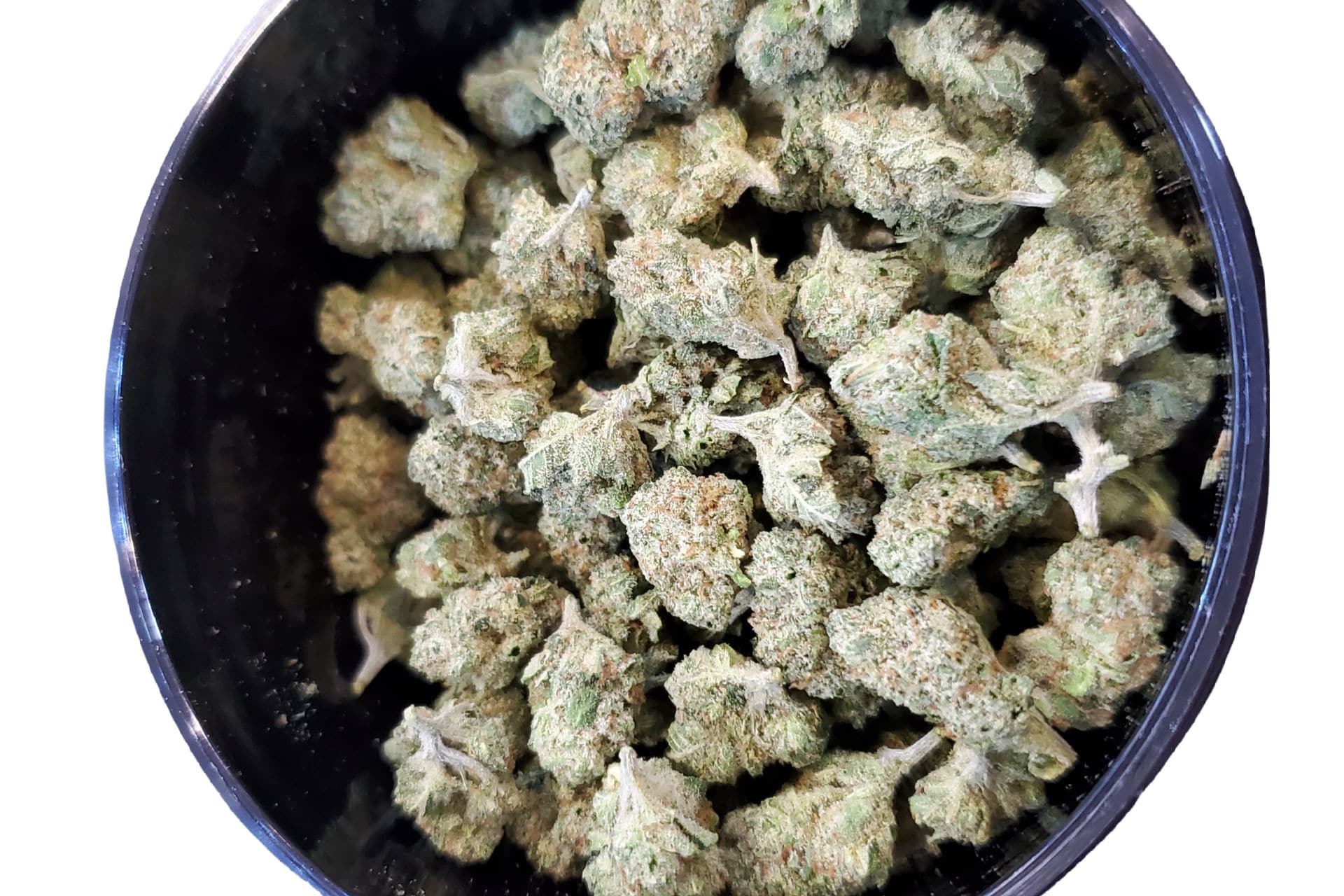
Popcorn buds available at Nature’s Gift Shop medical and recreational dispensary in Pueblo West, Colorado.
Popcorn buds are smaller buds that come from the part of the plant that did not get the same light exposure as the topleaf of the plants. These buds are typically deemed “B grade” as they are not aesthetically pleasing to the eye as “top shelf” buds and are therefore lower in cost. There’s no medicinal difference in popcorn buds, although in some cases the concentration of trichomes (where many terpenes are found) may be reduced due to breakage. Popcorn buds may be sold in larger quantities of 1/2 ounce to 1 ounce.
Shake/Trim-leftovers/scissor clippings are created when the cannabis buds are harvested, made up of bits and pieces that fall off or are cut off the main bud, as well as an occasional stem or seed. Shake also includes the “crumbs”—little bits of bud—leftover in dispensary jars. Shake is often the lowest-cost raw flower product offered by a dispensary, selling for up to 80% cheaper than full bud.
Shake is used by some cannabis brands to make pre-rolled joints. It can be an affordable ingredient option for making homemade cannabis edibles. Manufacturers also utilize shake for making hash or other concentrates.
A few dispensaries like Lightshade and Nature’s Gift Shop in Colorado as well as Takoma Wellness in Washington, D.C., sell their trim by the cultivar/strain; however, most do not. That means when you buy shake or trim at most dispensaries, you will likely get a random mix of all the strains they sell (some older, some new). That is the unfortunate part if you are looking for specifics for your medicine because you don’t know the exact potency of the THC, CBD and terpene profiles you are buying.
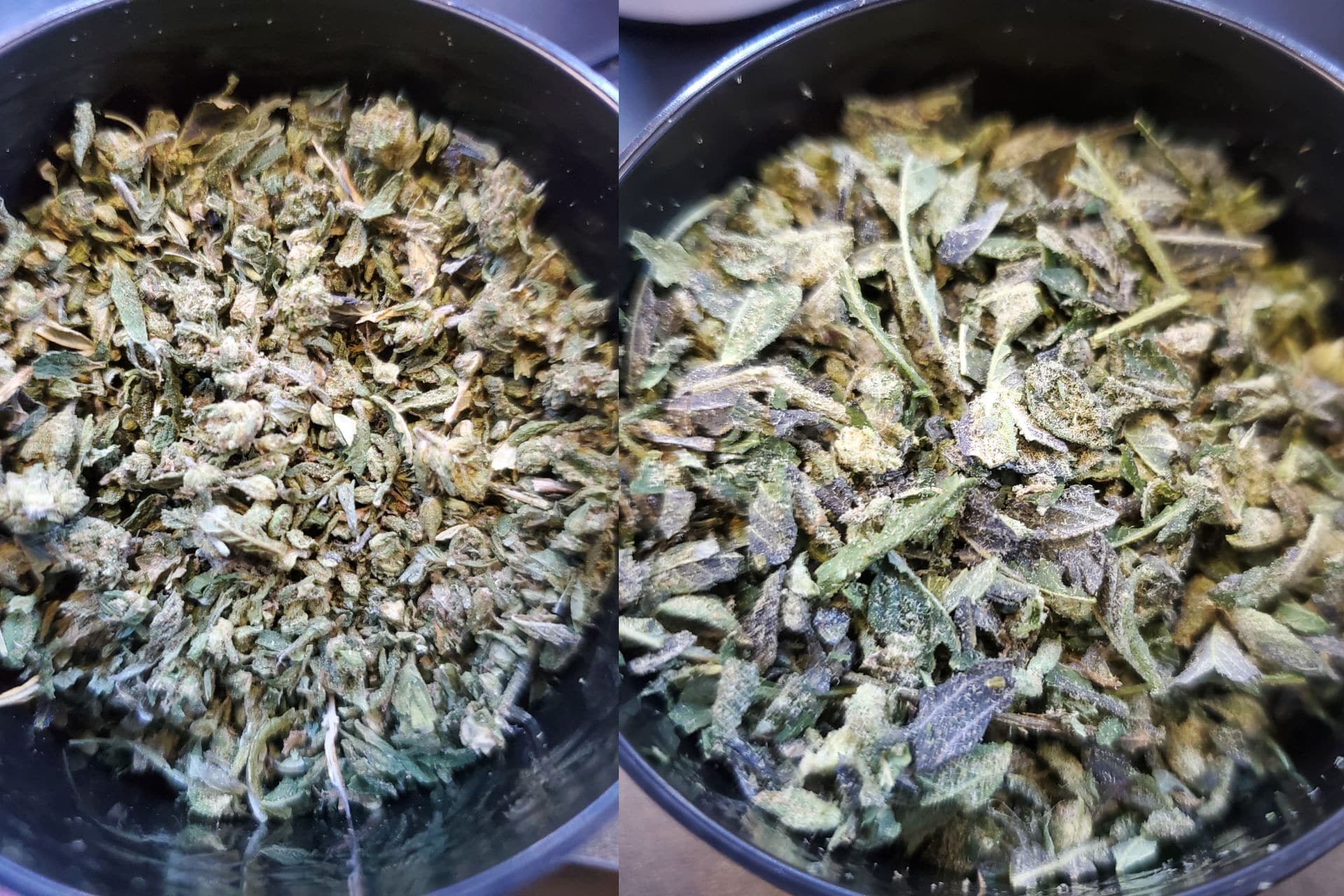
Two different strain-specific shake/trim options at Nature’s Gift Shop medical and recreational dispensary in Pueblo West, Colorado.
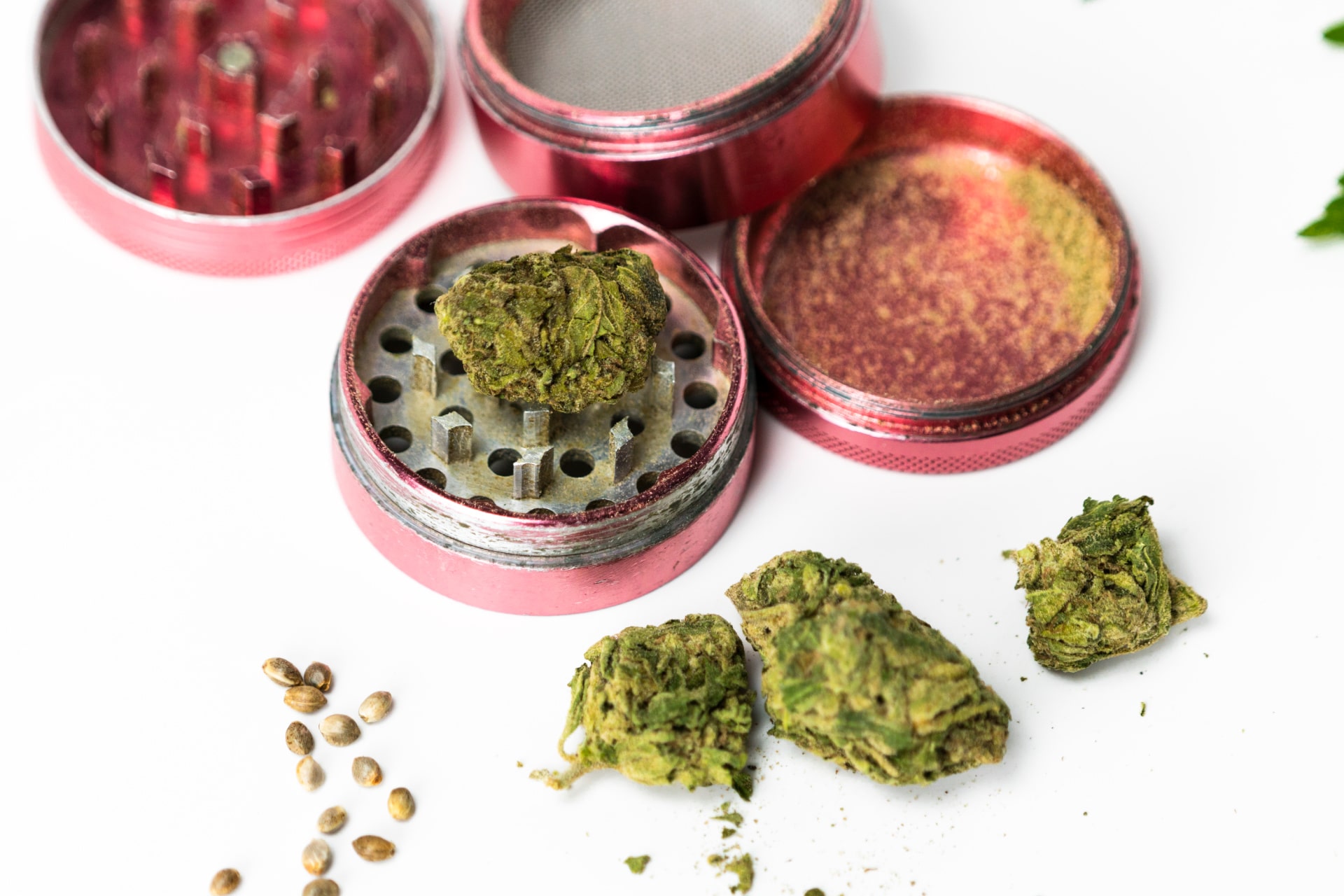
Herb grinder designed for cannabis flower. Kief is shown in the compartment on the right side, after passing through the screen in the multi-chambered flower grinder.
Kief is not to be confused with shake, though it also comes off of buds. Kief is a powder-textured substance made up of resinous trichomes from the cannabis plant that have fallen off the flower bud after it has been harvested and cured, and often contains high amounts of terpenes and cannabinoids.
Kief is sometimes added to prerolls or sprinkled on top of home-rolled joints or bowls to add potency. It can also be added to cannabutter or made into hash or press rosin using pressure and heat.
Adding kief to your cannabis flower routine? Keep in mind that kief packs a potent punch, and that you’ll want to use less product for the same effect.
You bought cannabis flower—now what?
Let’s get back to the basics—cannabis flower. You’ll need to prepare your cannabis flower, grinding it before rolling it into a joint or packing it into a bowl or a herb vape.
How do you grind cannabis flower? Most people use a handheld herb grinder designed to grind or break up raw flower buds into a smaller, more manageable size for placement into pipe, bong, joint, or flower vaporizer.
Check out this link for a video of our Leaf nurse Natalie Murdock, BSN, RN, demonstrating how to use a flower grinder.
Some herb grinders have multiple compartments separated by screens. Ground flower is captured in one compartment. Then another compartment, separated by a screen, catches kief.
Only grind as much flower as you plan to use in a session, so that your remaining supply stays fresh longer.
How to store cannabis flower
The dispensary grower and the cannabis plant have worked hard to produce those potent, healing flowers. By taking a few simple steps, you can ensure that your cannabis doesn’t turn into dry, crumbly bud that has a harsh smoke and no aroma.
Dispensaries often sell raw flower product in dark-colored, childproof plastic containers. These may not be the best storage to preserve your flower and the terpenes contained within as plastic may be porous and allow for air exchange.
Also keep in mind that when cannabis is exposed to light, air and heat, then degradation of the cannabis flower can occur. In extreme cases, for example if you leave your flower in a hot car, decarboxylation may occur (THCA converting to active THC).

If preserving the terpenes and quality of the bud is important to you, it may be advantageous to look for a humidity packet that helps keep the flower at optimal humidity while it is in storage. Boveda packets are just one brand of desiccant that can be placed in a jar to aid in the preservation. They can be found at this link.
Using clones to grow your own cannabis
Dispensaries that are vertically integrated (grow their own product) may sell clones of their cultivars if local and state regulations allow the practice. A clone is a marijuana plant clipping that is planted and grown, creating an exact genetic replica of the mother. Buying a clone is much like buying a plant start at a nursery. You know exactly what you’re getting.
Growing your own plants from clones may be ideal if you want to grow your medicine at home, and it can be very cost effective. In fact, last year’s pandemic-related lockdowns sparked new interest in gardening and other self-sufficient practices, including growing your own cannabis.
If you decide to go this route, you’ll first want to fully research city and state regulations that outline how many plants you can own, as well as where they can be grown on your property. For example, Denver, Colorado, requires that home grows be located indoors in a locked area. Details like that are good to know before you invest in a pricy outdoor raised bed for your clones!
Why not use cannabis seeds to grow? Put simply, your odds of success are much higher with clones. When it comes to seeds, there are a lot of ins-and-outs, including finding the best phenotype of that specific cultivar and ensuring the plants you sprout are female and not male. Male plants produce pollen but not flowers, and that pollen can wreak havoc on any female plants you’ve been carefully cultivating, with the pollinated female plants shifting their energy to creating seeds, not bigger buds.
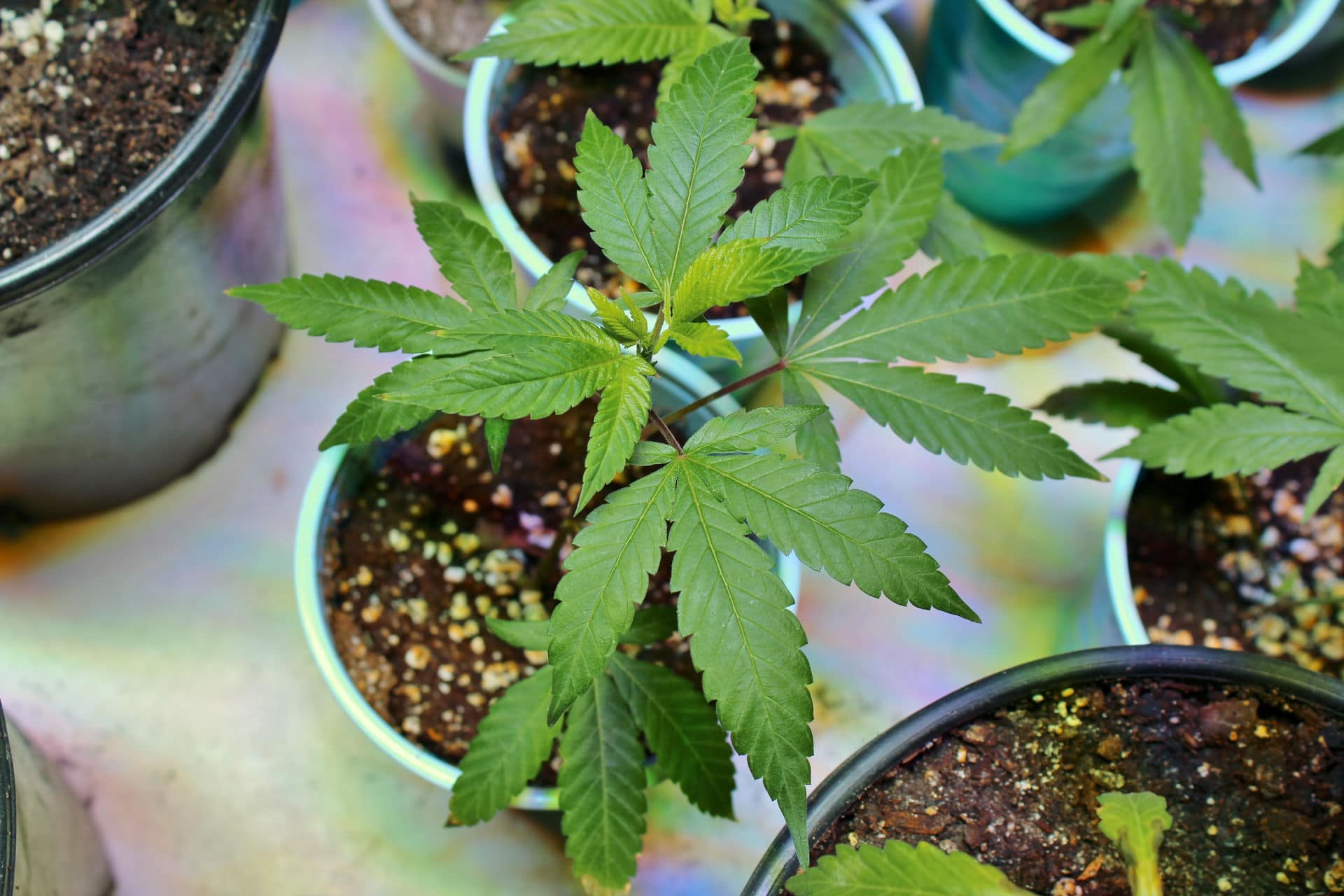
Cannabis clones ensure you know what you’re getting when growing your own.
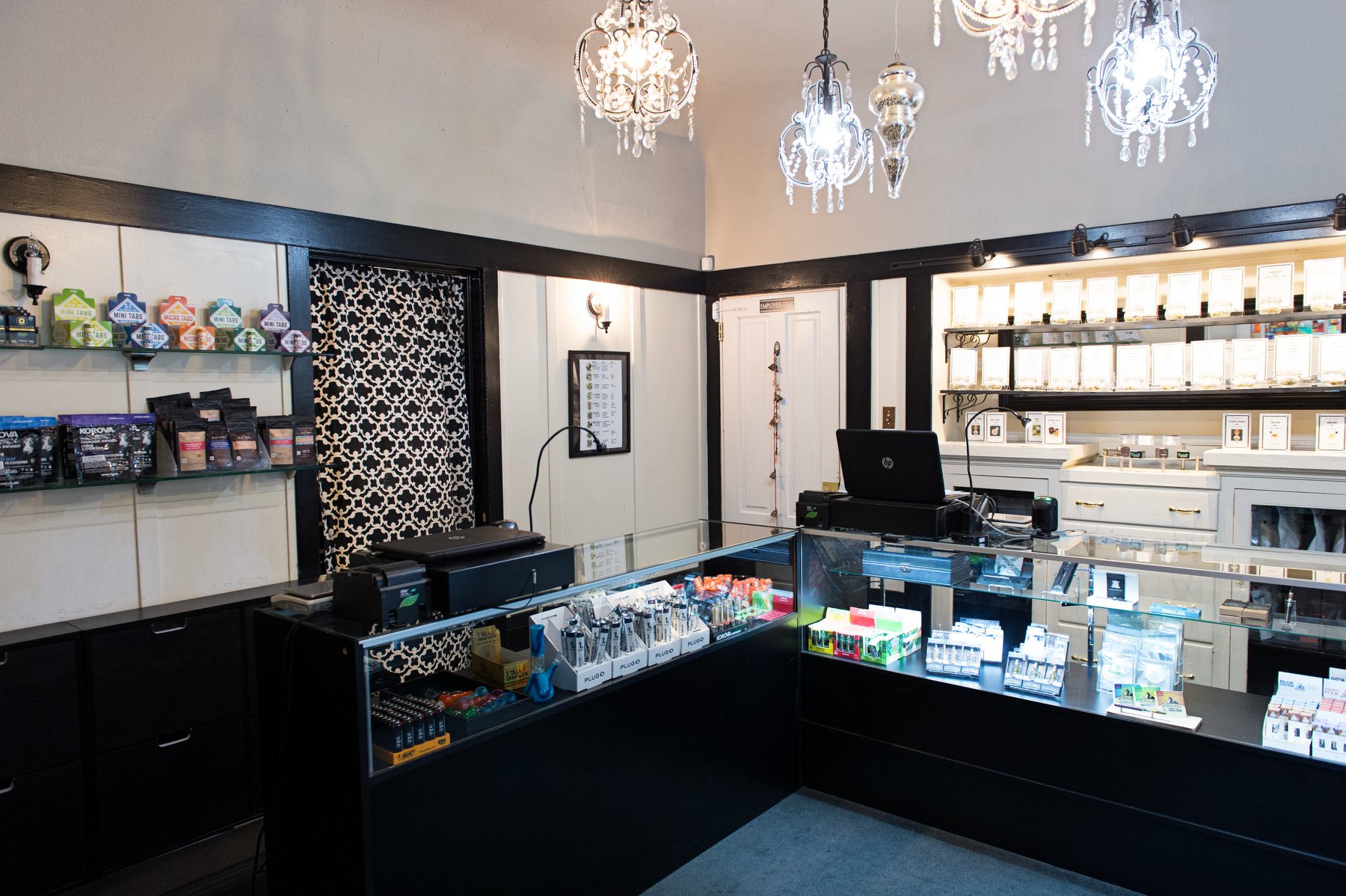
Shopping at A Therapeutic Alternative cannabis dispensary in Sacramento, CA.
We can help with your cannabis shopping questions!
All calls to our free Leaf411 hotline are answered by cannabis-trained fully-licensed RNs who are familiar with the wide range of products on dispensary shelves today. If you’re looking for a flower strain or product to help manage a specific health concern, a quick call to our hotline may help save you money and time.Our RNs will help point you in the right direction based on your specific concerns.
Even in areas without legal cannabis, we can suggest hemp CBD products that may help you achieve health and wellness goals.
Our fully-licensed Leaf RNs are ready to help answer your questions at no cost to you. Call the Leaf411 hotline at 844-LEAF411 (844-532-3411) or chat us from our home page during hotline hours, Monday-Friday from 8:00 a.m. to 7:00 p.m. MDT.
The Leaf411 cannabis nurse hotline provides free, anonymous education and directional support to the general public about the safe use of legal cannabis. We partner with select business members who meet our rigorous standards to extend our education and outreach efforts.
Answering Your Delta-8 Questions
Written by Eloise Theisen, MSN, AGPCNP-BC, and Whittney Wacker, BSN, RN
Delta-8: An increasing popular cannabinoid on hemp product menus
In recent months, our Leaf nurses have gotten a lot of questions about Delta-8, which is sold in many states. Though Delta-8 is made from hemp, its effects are very similar to Delta-9 found in cannabis. Both Delta-8 and Delta-9 are forms of tetrahydrocannabinol (THC), which has an intoxicating effect, though the effects of Delta-8 are said to be less intense.
Hemp CBD companies have been adding this cannabinoid to their menus, offering it as a new option. Even though Delta-8 THC is readily available, quality education around this cannabinoid is missing. Consumers are confused, with questions like:
- What is Delta-8?
- Will Delta-8 get me high?
- Will Delta-8 help manage health conditions?
- Is Delta-8 legal?
- Will Delta-8 cause me to fail a drug test?
- How do I safely use Delta-8
Below, we’re sharing answers to these common questions about Delta-8. Of course, we always encourage you to call our free RN-staffed Leaf411 hotline at 844-LEAF411 (844-532-3411), as well!
What is Delta-8?
Delta-8 THC is found naturally in the cannabis plant, but only in small amounts. It occurs through degradation of Delta-9 THC. The higher amounts of Delta-8 THC seen on the market are coming from hemp. According to Project CBD, “Nearly all the Delta-8 on the market today is produced by chemically tweaking CBD in a laboratory. In other words, it is not directly extracted from the hemp plant but is synthesized from CBD that is directly extracted from the plant.”
In order to get the larger amounts of Delta-8 THC found in vapes, gummies and tinctures, CBD is converted to an isolate. From there, a solvent is added to liquify the isolate and an acid reagent is added to create a chemical reaction that produces the Delta-8 THC.
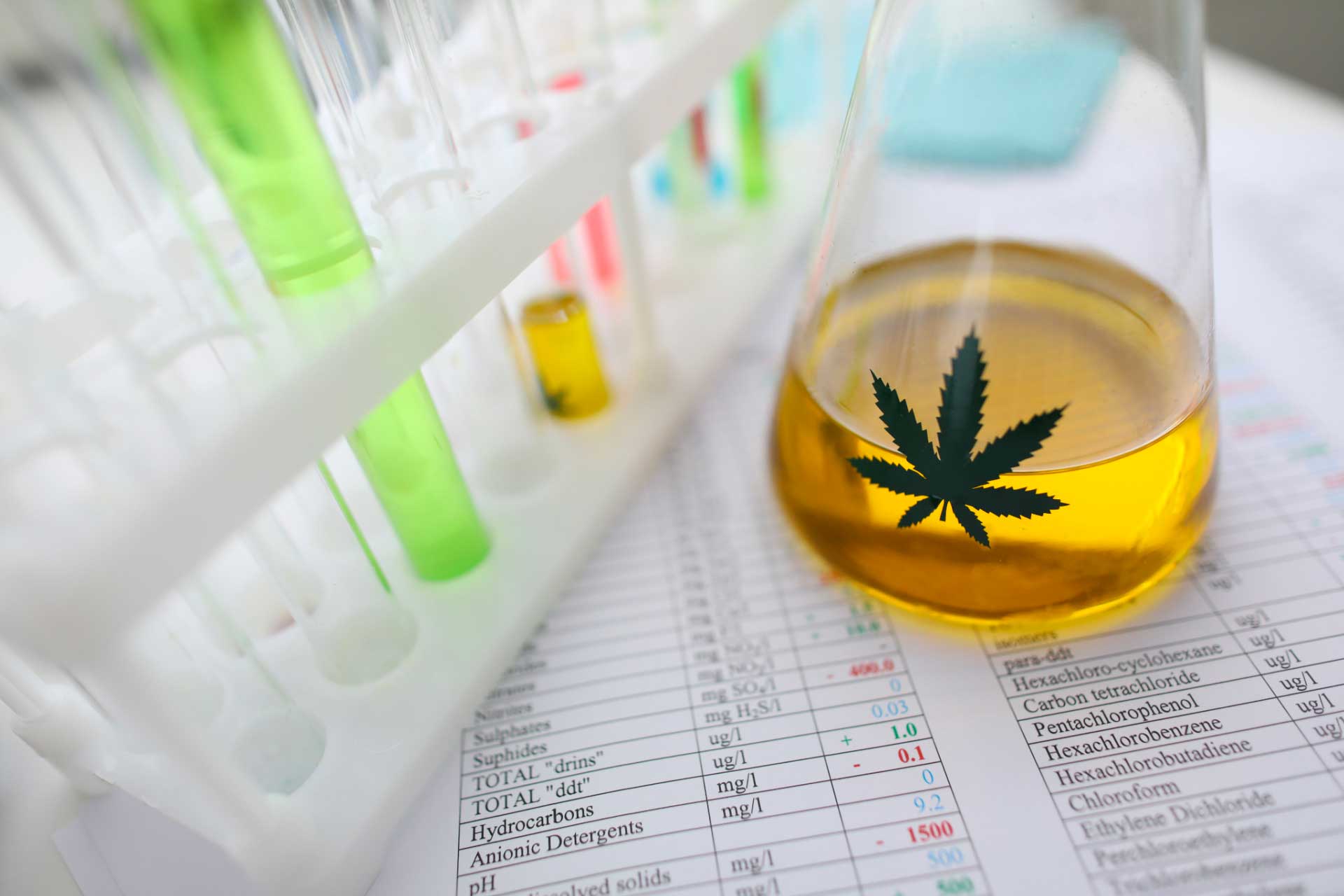
How are Delta-8 products tested for potency and safety?
Testing for Delta-8 THC in products and people is another gray area. There is no limit on how much Delta-8 a product can contain. However, in order to comply with the 2018 Farm Bill, these products must also meet federal hemp guidelines with less than 0.3% of Delta-9 THC (the other THC found in larger amounts in marijuana) at dry weight to be compliant.
Leafreport recently tested 38 products to see how much Delta-8 THC was in the product. Twelve out of the 38 products tested within 10% of the label claim, which represents 32% of the total products tested. Additionally, of the 38 products, 20 of them tested above the legal limit for Delta-9 THC.
When looking at companies who are selling Delta-8 THC, be sure to choose ones that provide a certificate of analysis (COA). Without a COA, it is hard to know how much THC or other cannabinoids may be in the product. The COA is the best way to verify the claims made on the company website.
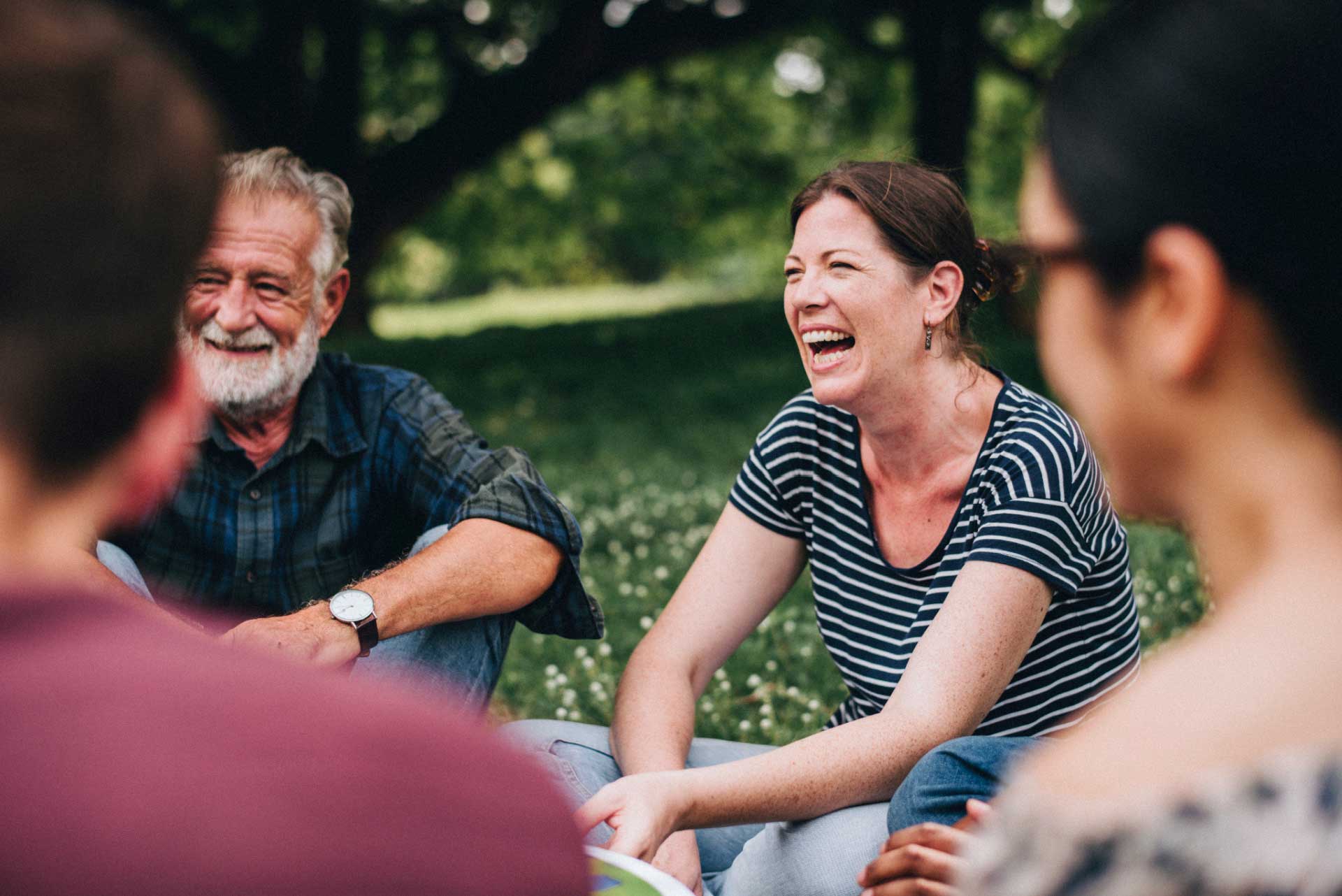
Will Delta-8 get you high?
Radicle Health describes Delta-8 THC as an isomer (same formula but a different arrangement of atoms) of Delta-9 THC with subtle differences.
We know that Delta-8 THC interacts with our endocannabinoid system (attaches to the CB1 and CB2 receptors just like Delta-9), and research suggests that it is about two-thirds as potent as Delta-9 THC.
It is likely that consuming Delta-8 THC will produce similar euphoric and impairing effects to Delta-9 THC. Consumers may also experience dizziness, drowsiness, increased appetite, feelings of relaxation, dry eyes and dry mouth.
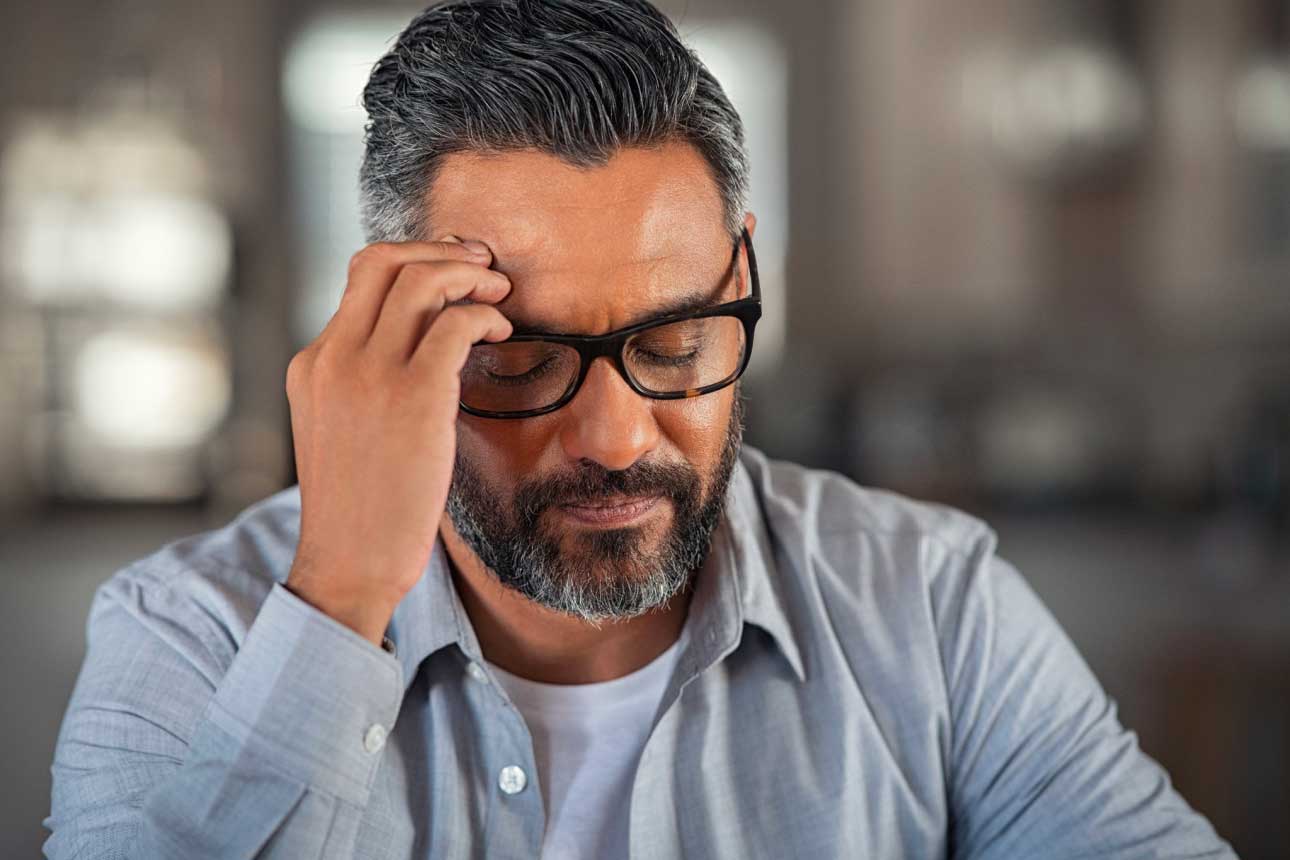
Is Delta-8 good for pain, inflammation, insomnia or other concerns?
Research is sparse on the medicinal benefits of Delta-8 THC. A total of nine studies have been completed. Five animal studies, two meta analyses, one lab study and one human trial with eight patients. Those studies looked at Delta-8 THC to treat pain, inflammation, nausea and vomiting, and appetite stimulation and the majority were inconclusive.
With limited data, it is difficult to draw conclusions as to whether Delta-8 THC is effective at treating pain, inflammation, appetite and nausea and vomiting. Yet we see claims all over the internet promoting Delta-8 THC for a variety of conditions. The truth is the evidence is not there to support most of these claims.
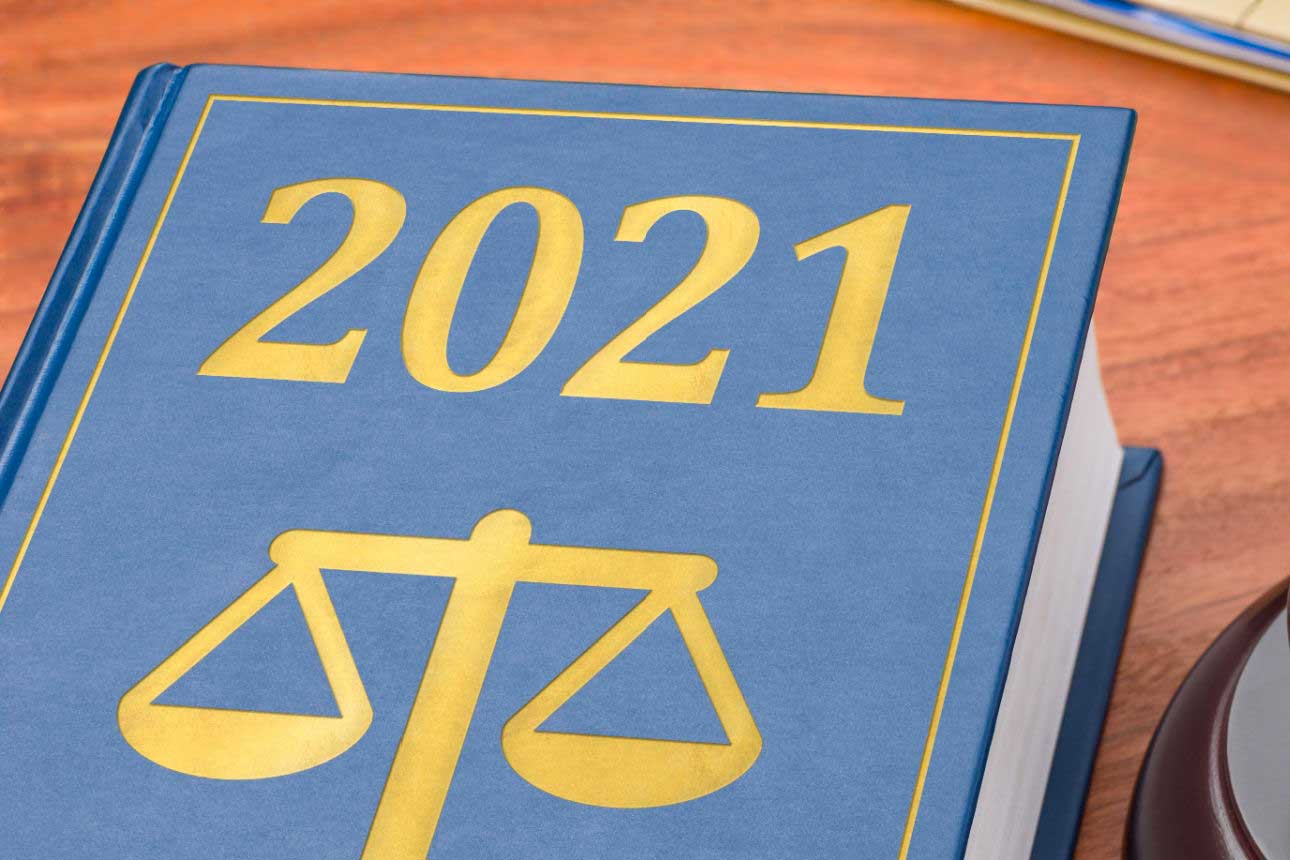
Is Delta-8 legal in your state?
Despite the lack of evidence, Delta-8 THC products have hit the market and consumer interest has exploded. Products range from gummies, vapes, flowers and tinctures and are available online or through local retailers.
Delta-8 THC is being sold under the 2018 Farm Bill which legalized hemp. Whether or not this is legal is still a bit of a gray area. The Farm Bill does not allow for synthetic cannabinoids and the current process for the majority of Delta-8 THC on the market goes through a synthetic process converting CBD to Delta-8 THC. Additionally, the Drug Enforcement Agency (DEA) stated in an Interim Final Rule, that synthetically derived substances are a schedule I drug.
It is important to know your state laws on cannabis and hemp. Some states have started to enact legislation banning Delta-8 THC. Here is a map of states that have banned Delta-8 THC, as of May 21, 2021:
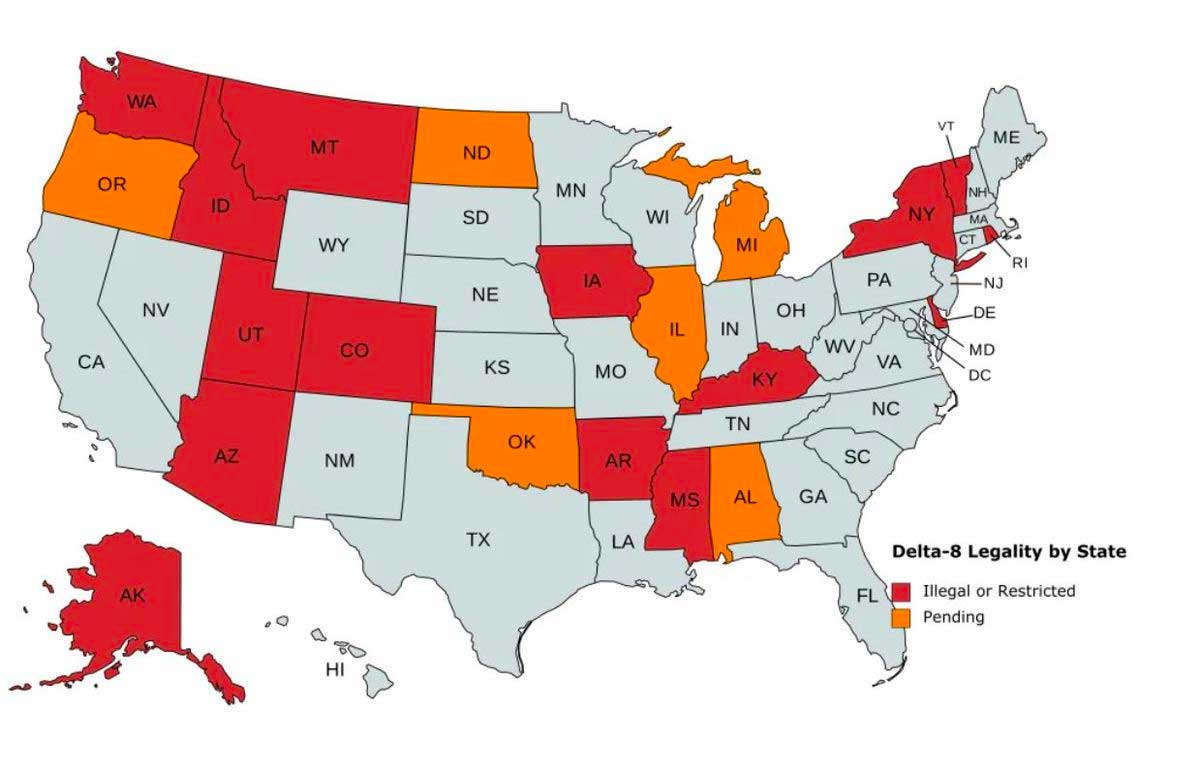
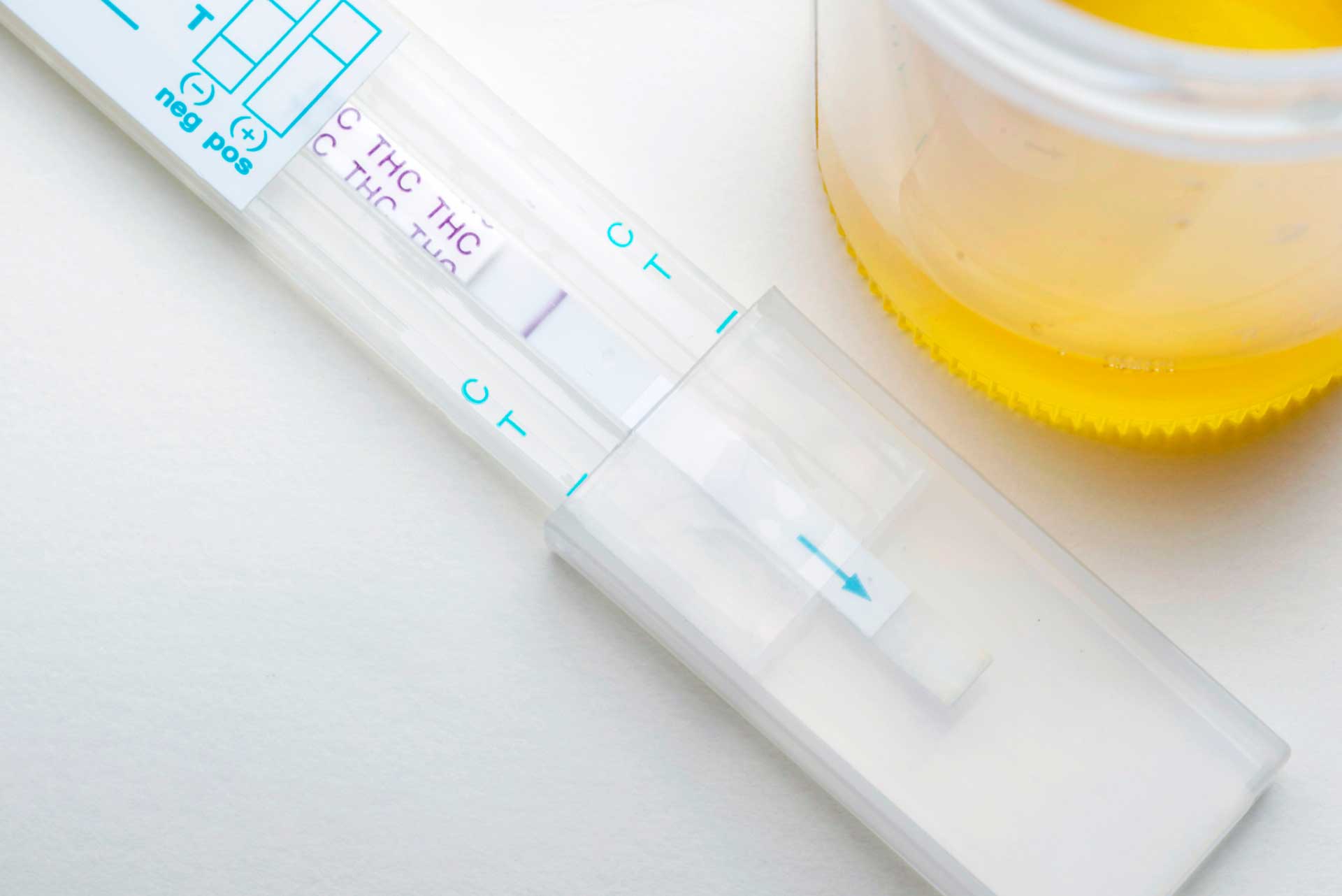
Will Delta-8 show up on a drug test?
The biggest question that remains is whether consuming Delta-8 THC will lead to a positive urine drug test. If you look on the internet, you will find a variety of blogs that claim you will and others that claim you will not.
Some of these websites state that all forms of THC can be detected in a urine drug screen and it doesn’t matter whether it is Delta-9 or Delta-8. However, there is no science to validate this claim. It gets even more complicated when you consider that most Delta-8 THC products are synthetic. Synthetic cannabinoids are not likely to be detected in a urine drug screen.
At this time, it is difficult to say with certainty whether current drug panels will detect Delta-8 THC in the urine. There is a chance that the product may contain levels of Delta-9 THC that would be detected in a urine drug screen. Until we know more about testing for Delta-8 THC, it is important to err on the side of caution and avoid consuming cannabinoids if you cannot afford to fail a drug screen.

How to use Delta-8 products
Consumer interest and use has outpaced education and research once again. While it appears that Delta-8 THC is similar to Delta-9 THC, there are still a lot of unknowns with regard to side effects, dosing and clinical applications.
For those who are curious and want to explore Delta-8 THC, be sure to look for products that are lab tested and always start low and go slow when increasing your dose.
- We suggest starting with a dose between 2mg and 5mg of Delta-8 THC.
- You may need to split a single gummy into several pieces or only use a small amount of a tincture to get a low dose.
- Remember that cannabinoids taken by mouth may take between 30 minutes and 3 hours before you feel any effects. One of new consumers’ biggest mistakes is thinking that the Delta-8 is not working and ingesting more, before the original dose had time to take effect. This can result in you feeling more intoxicated than desired.
- While Delta-8 and Delta-9 are similar, they are not the same, and many consumers report different effects from each. Even if you’re an old pro with cannabis products containing Delta-9, we suggest starting low with Delta-8 so that you can get a sense of how your body reacts to the cannabinoid.
Not sure how to split a Delta-8 edible into smaller doses? We know it can be confusing! Call our Leaf411 hotline at 844-LEAF411 (844-532-3411) and our Leaf Nurses will guide you on how to split your edibles, tinctures or other products into an optimal starting dose.
Leaf411 can help answer your Delta-8 questions
As the science around Delta-8 continues to grow, our fully-licensed nurses on the Leaf411 hotline are ready to educate and update you on this potentially therapeutic cannabinoid, regardless of whether you live in a legal state or not. Call us at 844-LEAF411 (844-532-3411).
Article Sources
- https://www.projectcbd.org/politics/delta-8-thc-controversy
- https://www.hempgrower.com/article/delta-8-cannabidnoid-how-its-made-extraction-testing-measuring/
- https://www.leafreport.com/education/delta-8-thc-products-market-report-11339
- https://www.radiclehealthcare.com/post/understanding-delta-8-thc
- https://www.radiclehealthcare.com/post/understanding-delta-8-thc
- https://doi.org/10.1002/cpt1973143353
- https://www.congress.gov/bill/115th-congress/house-bill/2/text
- https://harrisbricken.com/cannalawblog/is-delta-8-thc-a-controlled-substance-yes-no-maybe/
- https://mogreenway.com/2021/05/11/delta-8-legality-map/
- https://www.redwoodtoxicology.com/docs/services/3370_sc_faq.pdf
How to Store Your Hemp CBD Products
We talk to experts about CBD expiration dates, and get their tips for storing hemp CBD for product potency and lifespan
Medically reviewed by Katherine Golden, RN
Written by Denise Rustning
We’ve all been there before—eyeing a recently expired hemp CBD product in our cabinet, wondering if it is still safe or if it will be as effective as when we first bought it.
This dilemma prompted us to ask manufacturers of high-quality hemp for their tips on storing CBD to ensure product quality and potency over time. We also asked about expiration dates, as well as what not to do when it comes to storing hemp CBD.
These hemp experts are made up of some of our own fully-vetted Leaf411 business members who manufacture hemp CBD products, as well as a few other industry leaders suggested to us by Alan Greenberg, Founder and CEO at CBD Garage. (See the bottom of this post for a complete list of hemp industry professionals who shared insights.)

Hemp CBD products stored in a cool, dark area. Products pictured include Wana Wellness Rest fast-acting hemp CBD tincture, BeSpoke Manuka honey-infused CBD tincture, trupura CBD Relief Cream, and Elixinol Omega Turmeric CBD capsules.
Top tip: Store hemp CBD in a cool, dark, dry area
Across all hemp CBD categories, the hemp experts agreed that storing products in a cool, dark area improves product lifespan. Fortunately, most hemp CBD products are packaged in amber or solid-colored containers that block light, making it easier for consumers to ensure a dark environment.
A dry environment can help prevent mold; however, with hemp CBD flower, an overly dry environment like the refrigerator can cause the product to dry out prematurely. (See below for tips on storing hemp flower.)
Avoid sunlight, heat and excessive exposure to air
Heat and sunlight are the biggest culprits when it comes to CBD degradation. While it may seem easy enough to avoid storing your hemp CBD under these conditions, it’s worth paying attention to special situations, like when you bring your hemp CBD with you when traveling.
CBD can also break down faster when exposed to air for a long time due to oxidation—for example, if a hemp product is left open on a countertop for days at a time. To prevent this from happening, you will want to store your hemp CBD in its original container with the lid tightly closed.
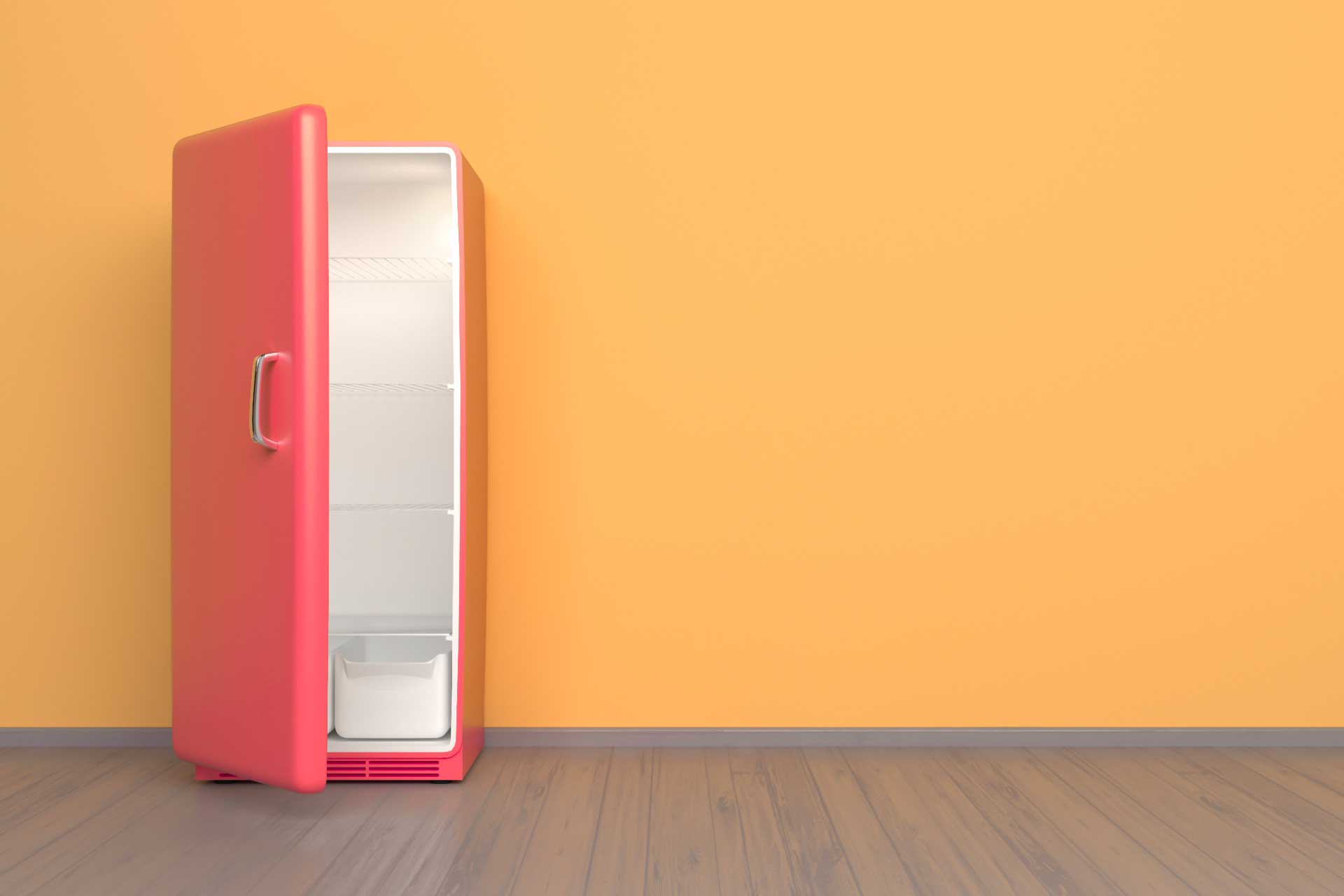
How cool is cool enough?
We can hear what you’re thinking: “When you say ‘cool,’ just how cool is that? Is it better to store my CBD in the fridge?”
Room temperature works perfectly well for most hemp CBD products. Cannabinoids from the hemp plant (CBD, CBG, CBN and others) are oily by nature. Most oils, including CBD oil, are shelf-stable at room temperature and do not require refrigeration.
Also, many hemp CBD tinctures use MCT oil, safflower oil, grapeseed oil, or olive oil as carrier oils—the base that the CBD is added to. You can think about how these oils are commonly stored unrefrigerated on dark pantry shelves—the same rules apply to CBD hemp products made with these ingredients!
In fact, in some cases, an oil-based hemp CBD tincture liquid may become too thick or difficult to use if refrigerated.
On the other hand, for some products like pills and capsules, refrigeration could extend the product’s lifespan. For example, Lauren Stall from Trill Pills says, “We only state to customers one-year shelf stability out of the fridge since that is certified by the state. However, my personal experience is that Trill Pills can be kept in the fridge for longer with no deterioration.”
Does hemp CBD stay good past its expiration date?
For hemp CBD products made in Colorado, the state sets a standard one-year shelf-stable expiration date. However, most high-quality hemp products may remain good for up to a year after the expiration date has passed as long as they have been properly stored.
Now that we’ve covered some general questions, let’s dive into the best ways to store hemp CBD tinctures, edibles, topicals, flower, vapes and transdermal products.
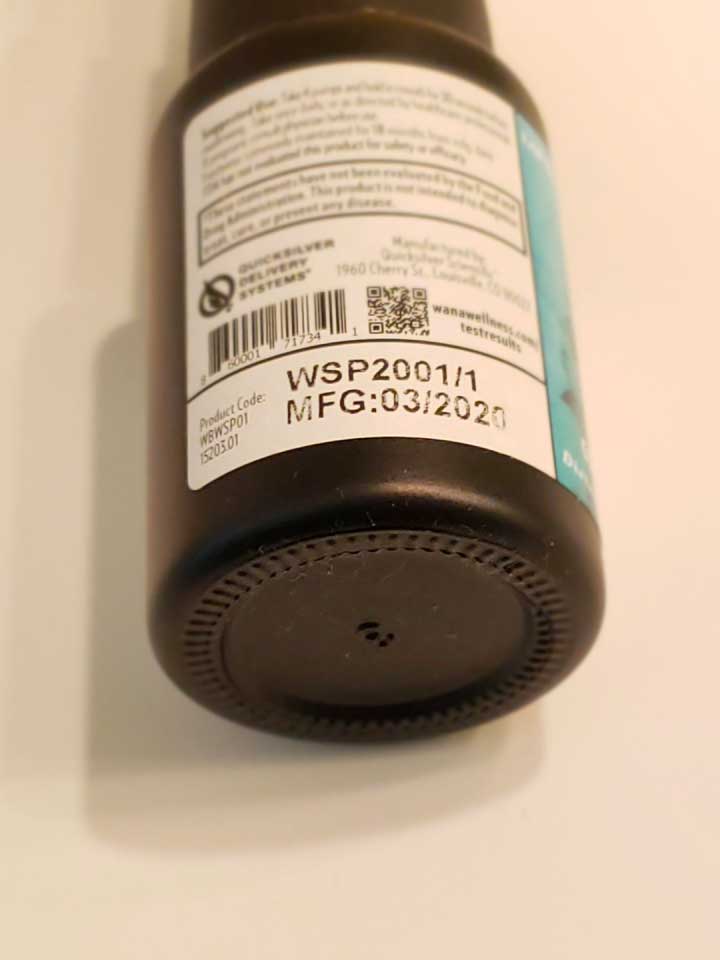
Wana Wellness Rest Quick hemp tincture bottle showing manufacture date. The tincture utilizes nanotechnology to more rapidly deliver CBD. More info here.
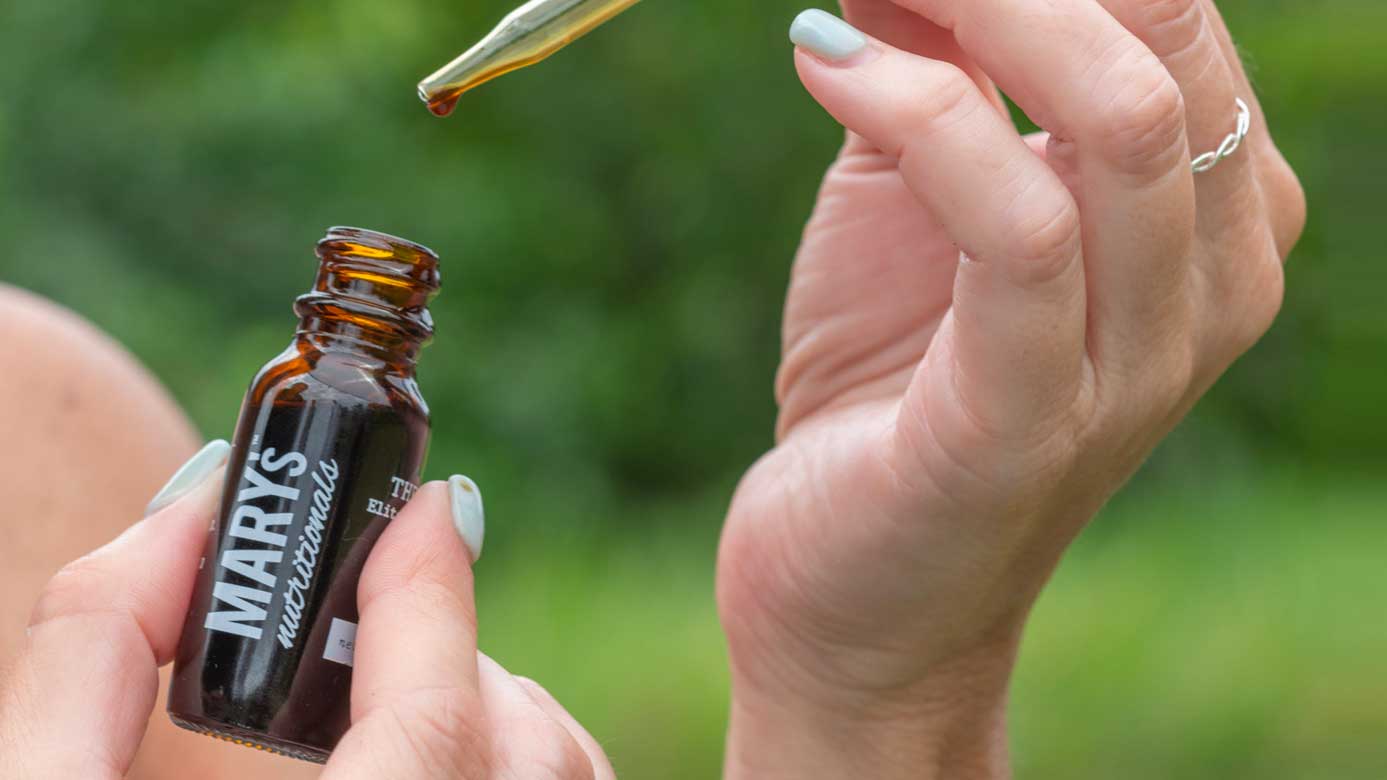
Mary’s Nutritionals Remedy full-spectrum hemp CBD tincture. More info here.
How to store hemp CBD tinctures
- Store in a cool, dark, dry area. (One exception is Wana Wellness Quick hemp tinctures, which can handle warmer temperatures due to their proprietary manufacturing technology.)
- Avoid leaving tinctures in sunny areas like on a windowsill or in a hot car.
- Shake tincture before using.
- When using a tincture dropper, do not let it touch your tongue or mouth where it could pick up bacteria that would then be transferred to the bottle. If your dropper touches your mouth or other unsterilized surfaces, it can be cleaned using soap and water and rinsing thoroughly before returning it to the bottle.
How to store hemp CBD edibles
- CBD gummies, chocolates and other hemp-infused edibles are just like any other food product when it comes to storage and product lifespan. The hemp CBD is relatively stable, but other ingredients may have additional considerations. For example, Mike Hennesy, VP of Innovation at Wana Wellness, points out that gummies may begin to dry out and lose their soft consistency over time, particularly in arid climates in places like Colorado or Arizona.
- Make sure packaging is always tightly closed to help reduce product drying out. For items like a half-used chocolate bar, store the remaining product in a sealed ziplock bag.
- If an edible tastes or smells “off” or has mold on it, throw it out. You may also want to contact the manufacturer if you believe the product spoiled prematurely despite being correctly stored.
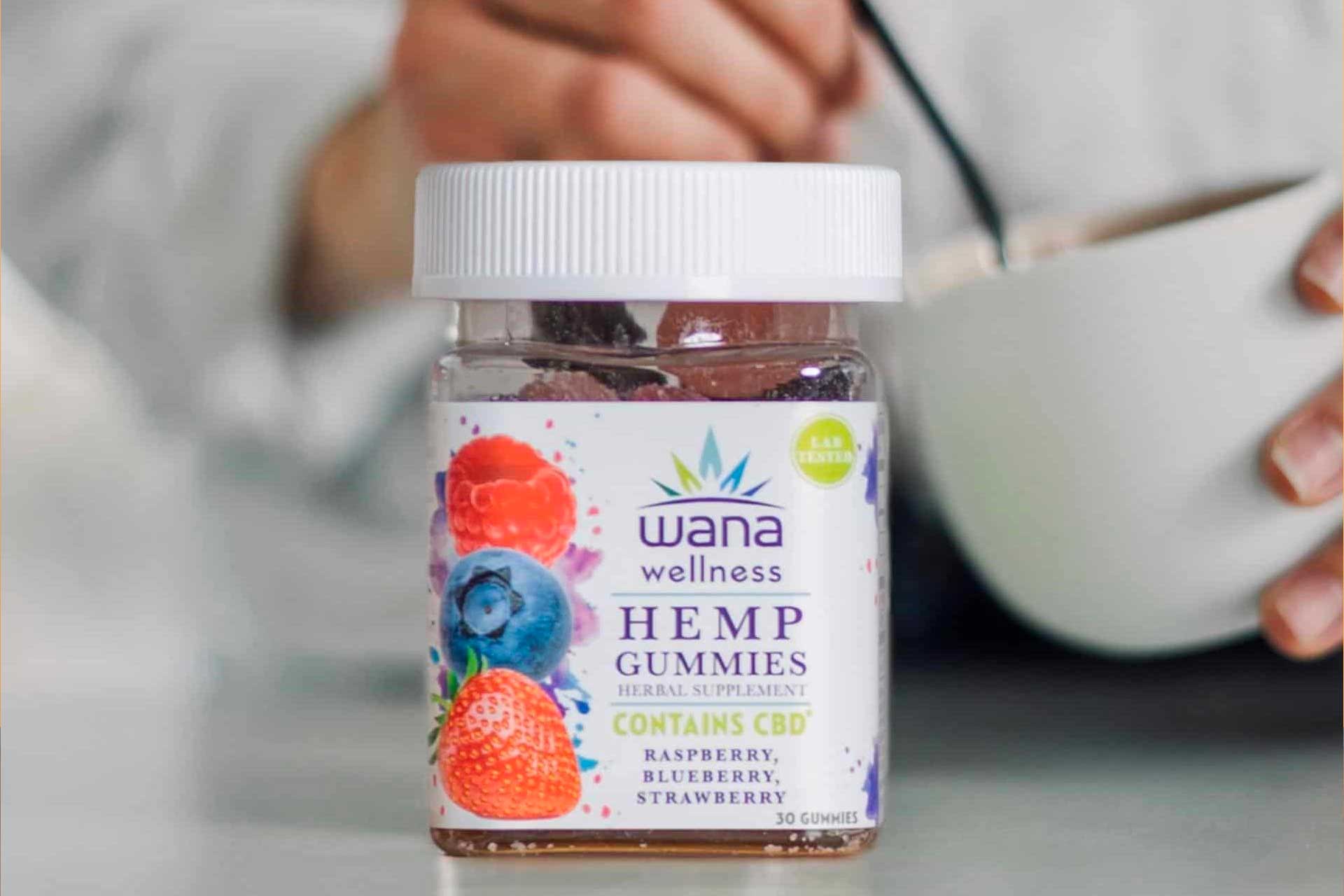
Wana Wellness Mixed Berry hemp gummies. More info here.
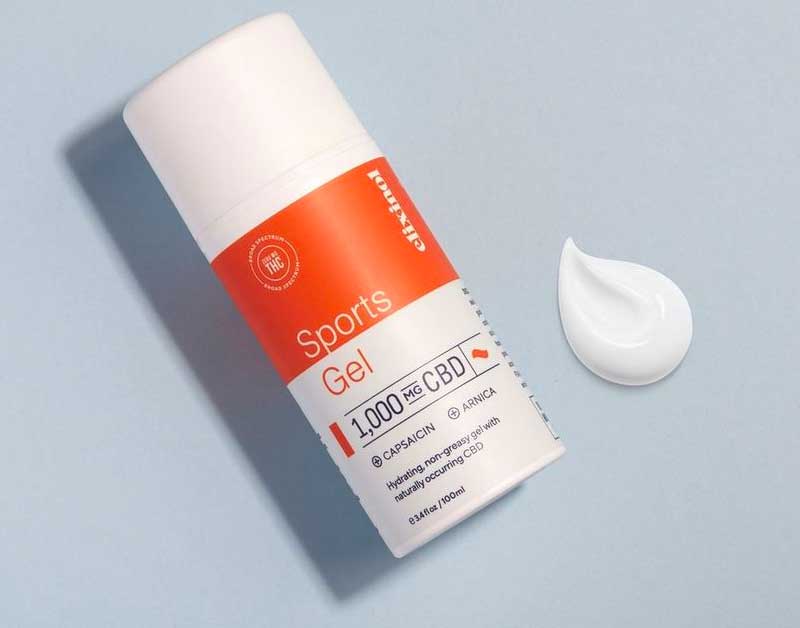
Elixinol Sports Gel topical containing CBD, capsaicin, arnica and other botanicals. More info here.
How to store hemp CBD topicals
- Store at room temperature away from direct sunlight.
- Always replace and tighten the lid on the container after use.
- If possible, use an applicator like a tongue depressor or firm cotton tip to scoop topicals out of a jar, instead of using your fingertip. This will help prevent bacteria from your hand getting into the product.
How to store CBD transdermal patches
- Store at room temperature away from direct sunlight.
- Use the transdermal patch soon after opening the package, or put the unused patch in a sealed ziplock bag away from light.
- If you are cutting a patch in half or quarters for a smaller dose, then store the remaining unused portion in a sealed ziplock bag, says Jeremy Riggle, PhD, Mary’s Nutritionals. “If stored correctly, the patch portions will stay good for up to a year. If the half or quarter sections are not stored properly, then its shelf life drops to a few months.”
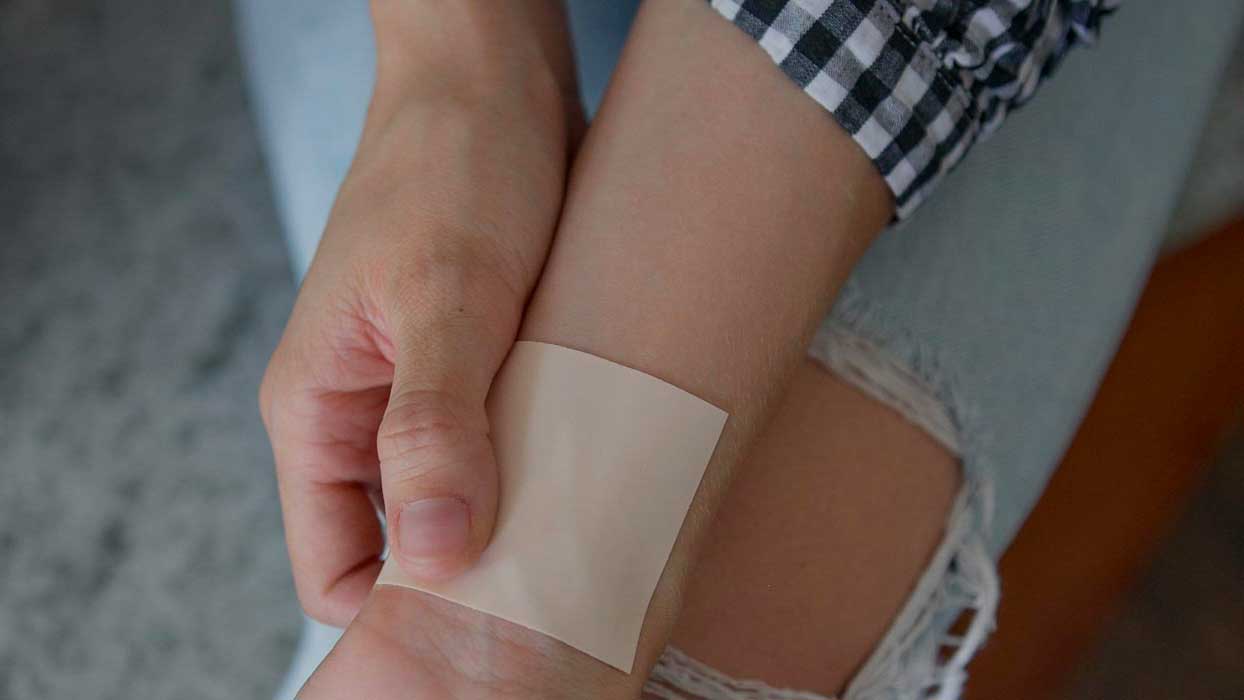
Mary’s Nutritionals hemp CBD transdermal patch allows cannabinoids to be absorbed continuously throughout the day. More info here.
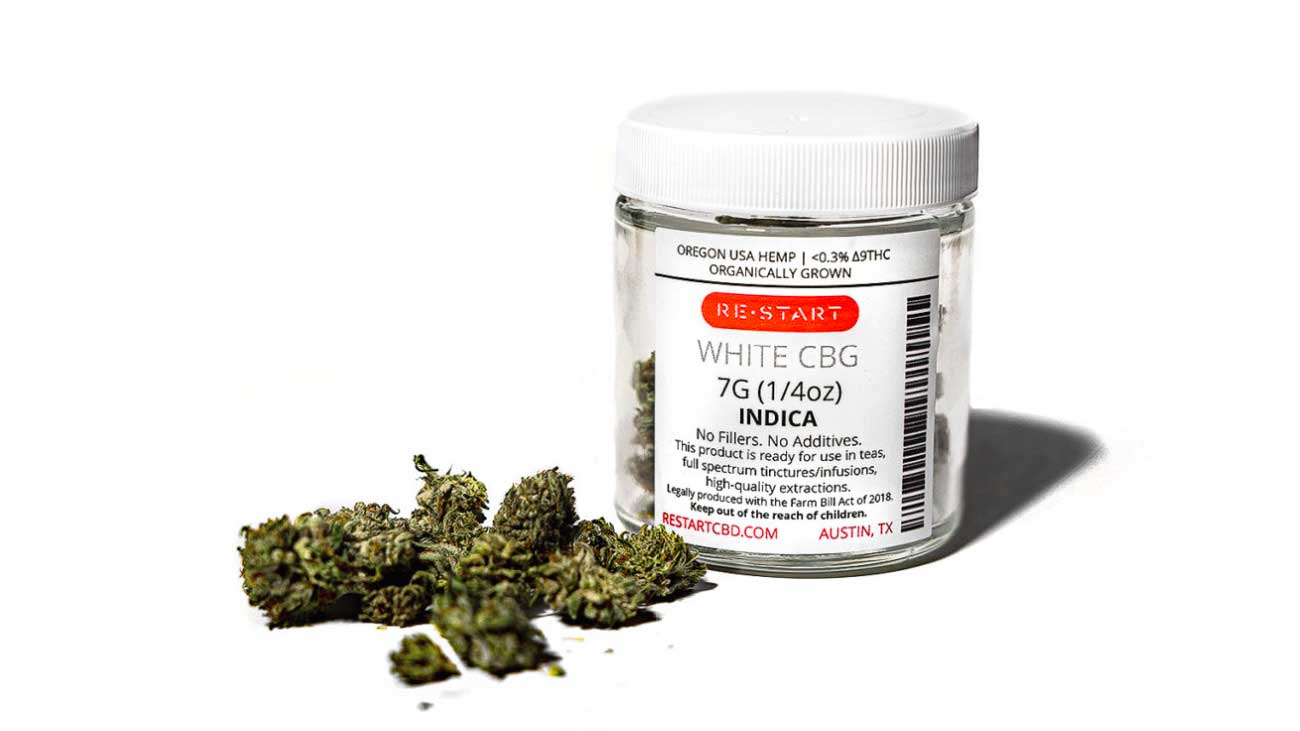
RESTART CBD hemp flower which can be smoked or vaped to provide faster onset and offset of hemp CBD effects. More info here.
How to store hemp CBD flower (buds) for freshness
- Store in an airtight glass container in a cool, dry area.
- Avoid storing in direct sunlight.
- For a partially smoked hemp pre-roll, snuffing it out by putting it in an airtight container (glass jar or the plastic tube it came in) is better than stubbing it out (grinding the end on a hard surface the same way people put out cigarettes) according to RESTART CBD co-founder and CEO Shayda Torabi. Airtight storage tubes can be found online by searching the term “doob tube.”
- When it comes to humidity and rehydrating bud, some people turn to humidity packs; however, Torabi urges caution, noting that if not used correctly, humidity packs can cause hemp CBD flower to mold, making it unsafe to use. “If you want to re-hydrate your bud, do it with small amounts of flower you are going to use within 48 hours. Don’t leave your humidity pack in the jar with your flower for extended periods of time, and make sure to follow the instructions on the humidity pack to ensure the best experience,” Torabi says.
How to store CBD vapes
- Store in a cool dry area, in an upright position to reduce the risk of leakage.
- Do not leave your vape in a car since extreme temperatures can impact the consistency of the vape liquid, as well as product quality.
Other product ingredients also make a difference
Your favorite CBD chocolate bar or flavored tincture contains hemp-derived cannabinoids, but it also contains other ingredients that impact shelf stability and overall product lifespan. Other ingredients—water-based ingredients in particular—can limit product lifespan in some cases.
Ryan Lynch, co-founder of Boulder Hemp, explains that high water content more readily supports microbial growth if the product has not been pasteurized or sterilized. Oil-based products, on the other hand, should last longer due to the lack of water content.
You only need to look as far as your kitchen to see examples of how water content impacts shelf life. Most foods with higher water content, like fruits and meats, have a shorter lifespan. They are either stored in a refrigerator or are canned, which sterilizes them and makes them shelf-stable until they are opened.
On the other hand, cooking oils are stored at room temperature even after opening. The lack of water, combined with a lack of sugar or other ingredients, makes ingredients like olive oil and MCT oil shelf-stable at room temperature for long periods of time. These are the same oils used in many hemp CBD tinctures.
In short, when thinking about how to store your hemp CBD, check the manufacturer guidelines and consider all the ingredients in your product to help guide you.
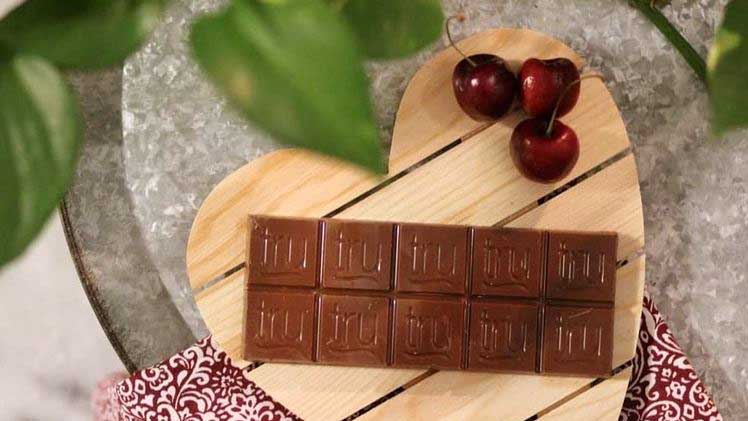
trupura CBD chocolate-covered cherry flavored chocolate bar. More info here.
Need hemp CBD answers? We can help at no cost!
Our Leaf Nurses are happy to answer your hemp CBD questions about any product on the market today—the brand does not need to be one of our member businesses, either. Call our free hotline at 844-LEAF411 (844-532-3411), or chat us from our home page during hotline hours, Monday-Friday from 8:00 a.m. to 7:00 p.m.
Hemp CBD manufacturers and retailers who shared tips for this post: Alan Greenberg, CBD Garage; Mike Hennesy, Wana Wellness; Jeremy Riggle, PhD, Mary’s Nutritionals; Shayda Torabi, RESTART CBD; Erika Sauerwein, Elixinol; Abigail Nueve, trupura CBD; Ryan Lynch, PhD, Boulder Hemp; Lauren Stall, Trill Pills
The Leaf411 cannabis nurse hotline provides free, anonymous education and directional support to the general public about the safe use of legal cannabis. We partner with select business members who meet our rigorous standards to extend our education and outreach efforts.
Is Live Resin Cannabis Worth the Cost?
Taking a closer look at what makes live resin different and its potential therapeutic benefits
Medically reviewed by Katherine Golden, RN
Written by Denise Rustning
Live resin is really all about terpenes, the delicate aromatic plant compounds that pack a therapeutic punch but can be destroyed during conventional extraction processes. Live resin is extracted using specialized processes that preserve terpenes and other plant compounds, retaining more of the whole plant instead of adding terpenes back in later on.
These terpenes play a big role in the effects you get from different cannabis chemovars (strains), a topic we’ve covered before on the blog.
As dispensary shelves become more crowded, cannabis manufacturers are looking for new ways to differentiate and offer products that meet unique consumer needs and tastes. Products containing live resin, including concentrates, vapes and even edibles, are one way manufacturers are looking to stand out. But from a consumer perspective, is live resin worth seeking out?
What is live resin?
Live resin is full-spectrum concentrate made from freshly harvested cannabis plants that are quickly flash frozen, retaining most plant compounds, including the delicate trichomes containing terpenes and flavonoids. This differentiates it from other concentrates made from dried and cured cannabis plants.
(Wondering what trichomes are? Tomatoes are another familiar plant with trichomes. If you’ve brushed across the tiny hairs on tomato leaves and stems, releasing a strong-smelling substance, then you’ve had a firsthand experience with fresh trichomes!)
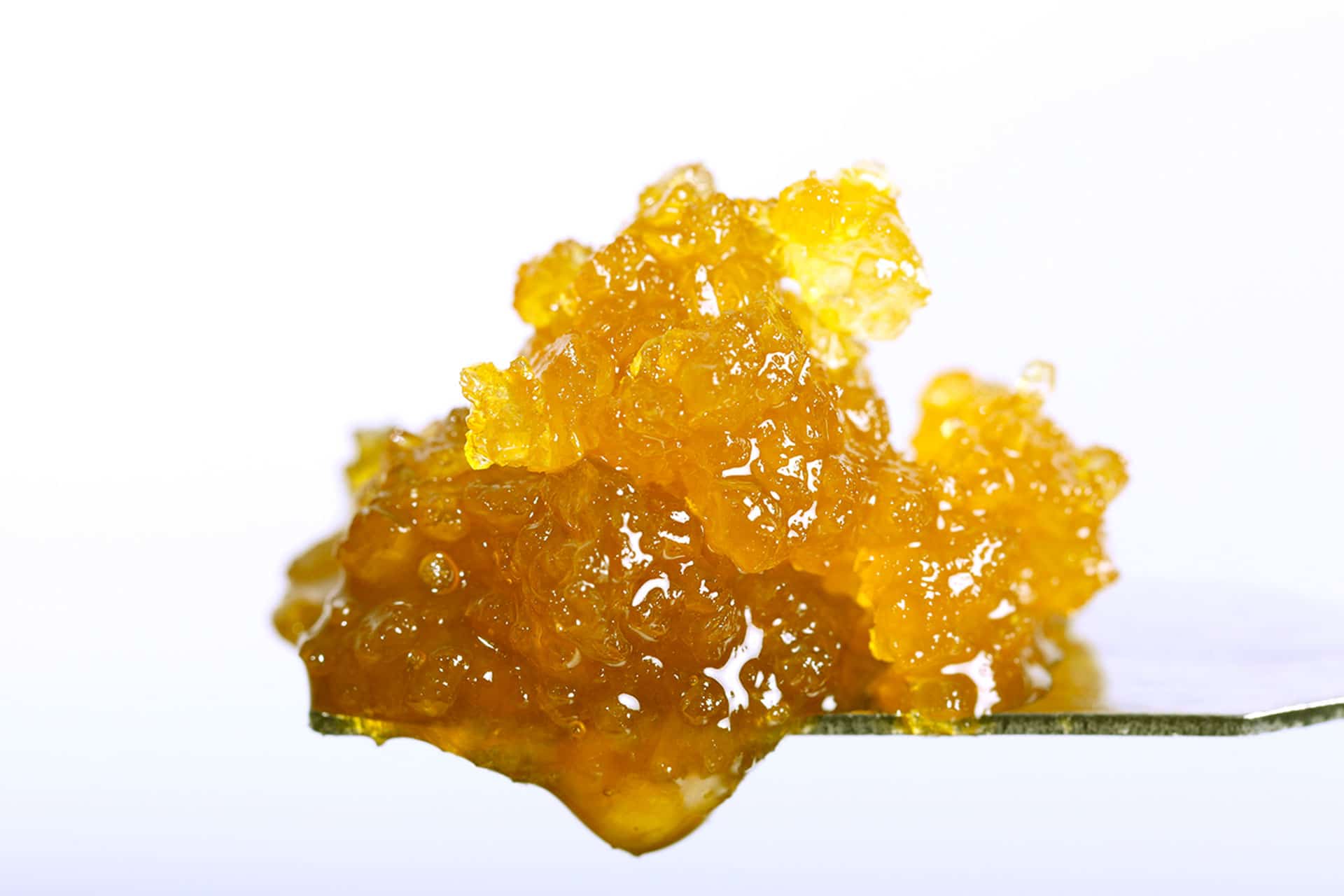
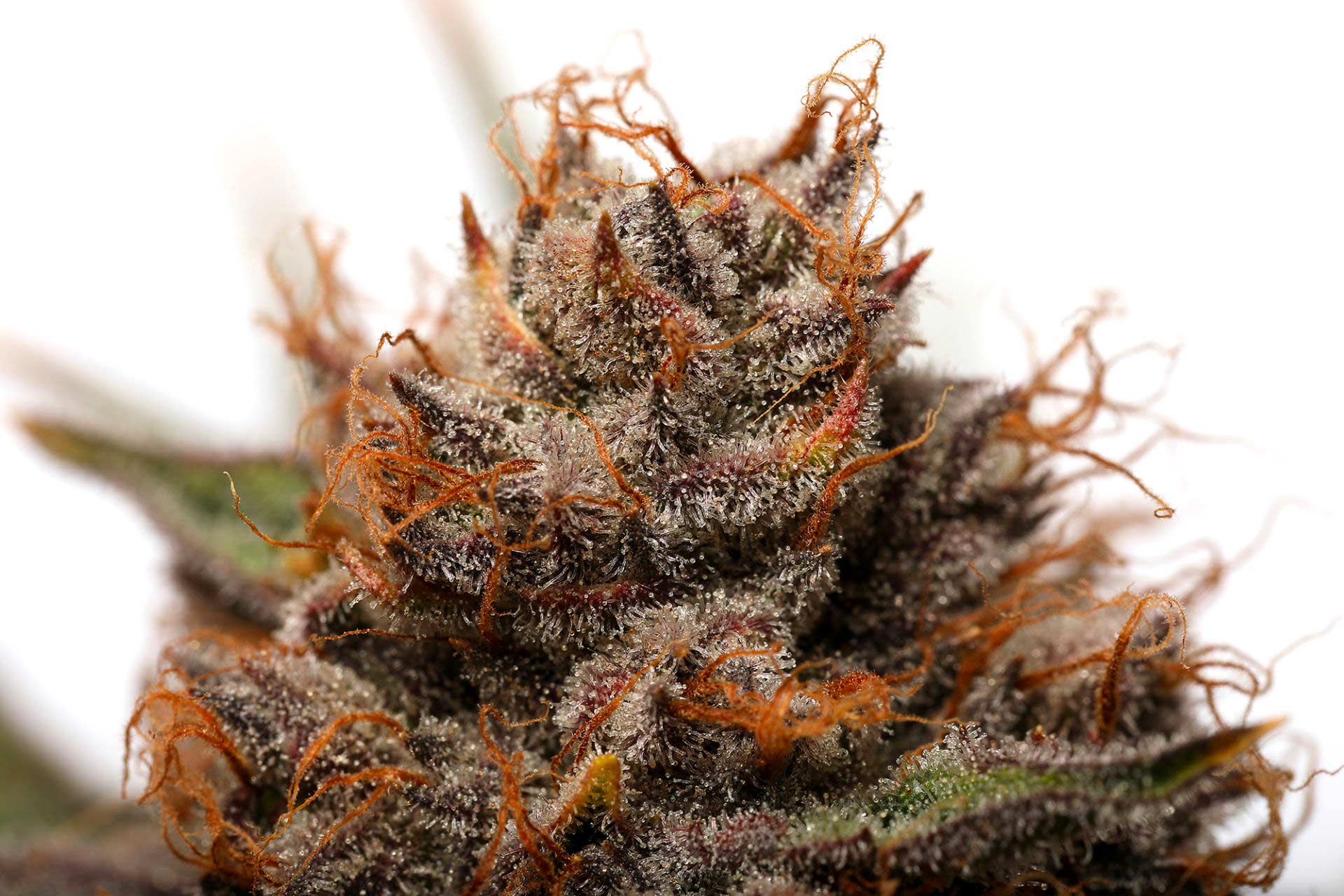
How is live resin produced?
Back to our live resin. The plant flash-freezing process is followed by carefully controlled extraction at low temperatures, retaining all the plant compounds. Some popular extraction methods include hydrocarbon extraction and butane hash oil (BHO) extraction.
It’s important to note legal cannabis manufacturers use modern laboratory equipment and follow commercial fire and safety protocols to ensure the extract is safely produced and tested for any residual solvents. Butane hash oil extraction is something you should NOT try at home!
The live resin extraction process contrasts with more conventional methods where cannabis plants are first dried and cured with heat and decarboxylation to create THC distillate. Depending on the product type, manufacturers may re-introduce terpenes, CBD and other cannabinoids, along with flavoring and other ingredients later in the production cycle to create specific product effects.

Is live resin better than THC distillate products?
Does live resin’s unique extraction process make it superior to products made with THC distillate? Not necessarily.
Live resin is only as good as the quality of the plants that went into its production. In addition, the live resin extraction process is complex and time-consuming. If a manufacturer takes shortcuts, they risk losing valuable terpenes or end up with a product that contains residual solvents.
Also, THC distillate made from dried and cured plants often proves more efficient for ingestible products because it can be more precisely measured into a uniform dose.
Both budget and personal preferences also come into play. You may try a live resin product and love the effects and flavor or alternately be left wondering what the hype is all about.
When it comes to therapeutic benefits, live resin may have an edge, given that it preserves more of the whole plant compounds, including a higher concentration of naturally occurring terpenes than you’ll find in dried flower. Terpenes play an important role in cannabis’s healing power, with a wide range of effects. In a previous blog, we provided tips on how to identify the best terpenes for your needs.
However, everyone’s endocannabinoid system is just a little bit different when it comes to cannabis, which really is individualized medicine. Our Leaf hotline nurses are experts when it comes to terpenes and the pros and cons of live resin products. They are ready to help with your questions via our free hotline at 844-LEAF411 (844-532-3411).

Learning more about live resin product types
Live resin is popping up in more legal cannabis products on today’s dispensary shelves. It can be confusing to sort out all the options! Here’s a quick primer on different live resin products:
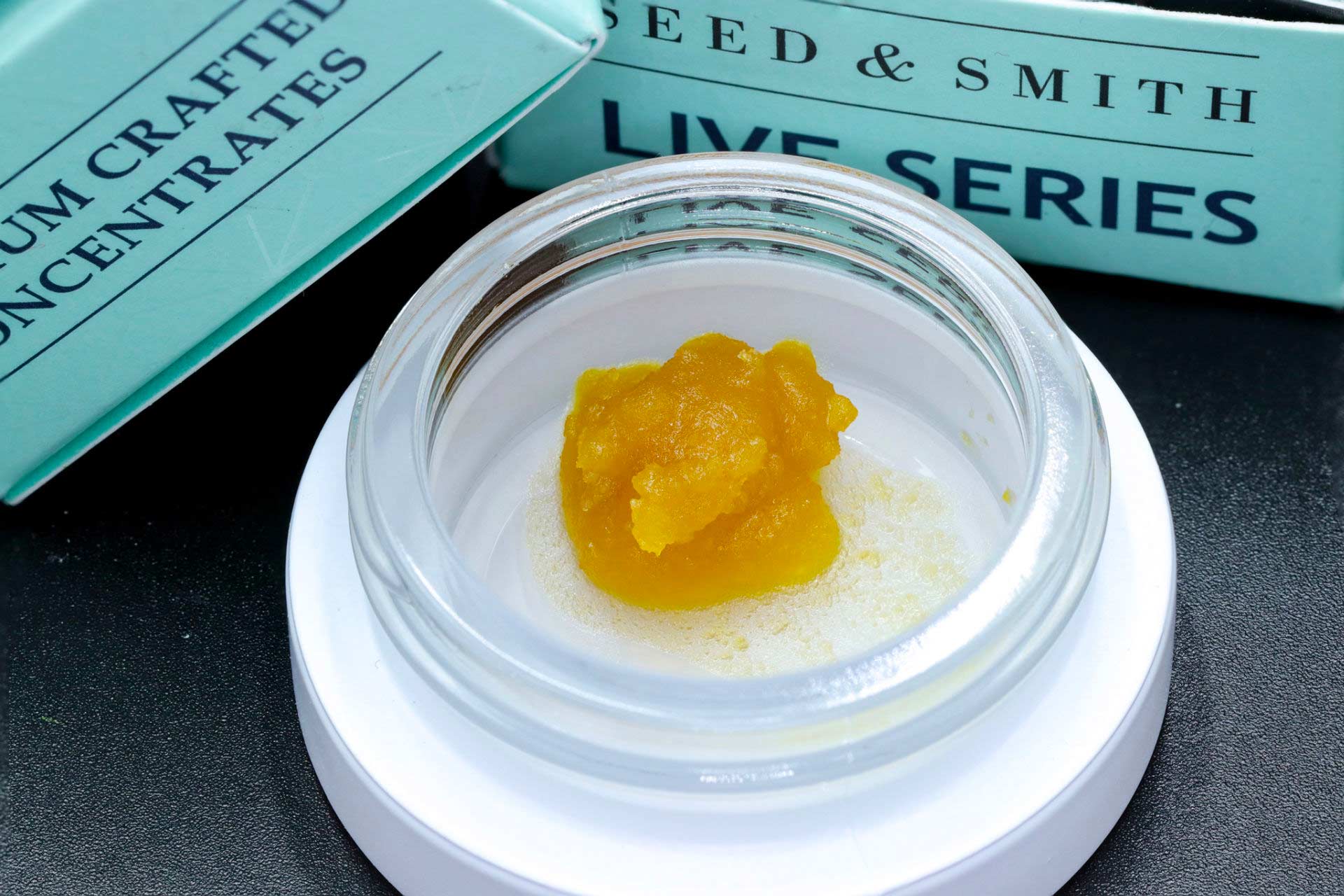
- Live resin concentrates: Live resin concentrates can be dabbed (smoked using a specially-designed dab rig), or sprinkled on top of cannabis flower before smoking to enhance flavor and boost potency. Remember that a little goes a long way! Leaf411 supporting member Seed & Smith produces a range of high-quality concentrates extracted from unique, small-batch flower strains. You can see examples of different concentrates at this link.
- Live resin vapes: Vaping is a common way that people use cannabis concentrates, and live resin vapes are quickly growing in popularity as consumers look for options that reflect the full plant profile. Live resin vapes also should not contain cutting agents like Polyethylene Glycol (PEG), Propylene Glycol (PG) or MCT oil, which can be found in some distillate-based vape cartridges.
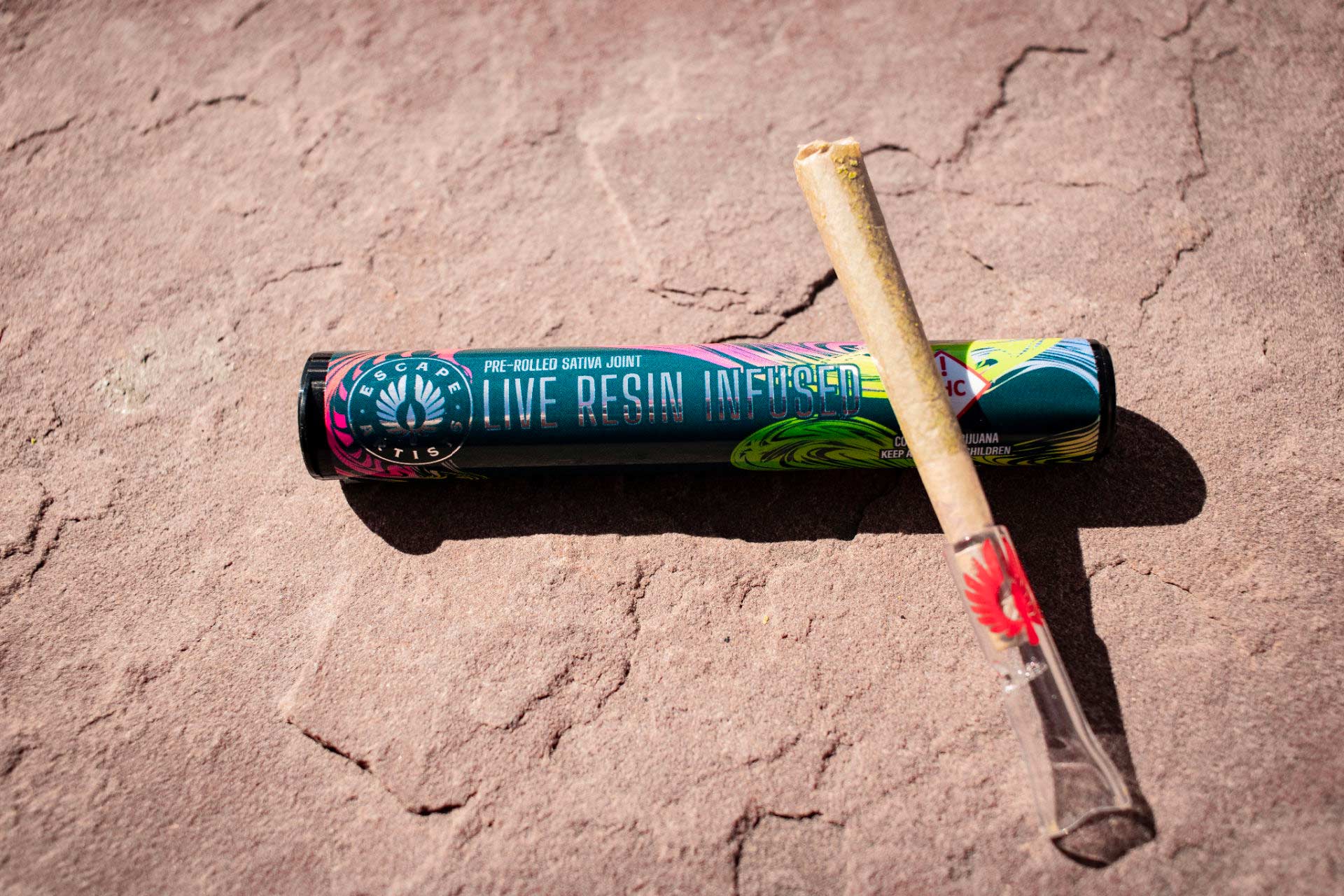
- Live resin prerolls: If you’re curious to discover how live resin can enhance a joint but not sure about rolling one yourself, some brands are now offering live resin-infused prerolls, including our supporting member Escape Artists. Of course, quality matters, which is why Escape Artists combines the best full buds (not shake) and live resin for their prerolls. Remember that a live resin joint is more potent than your standard joint–one puff may be all you need!
- Live resin edibles: Live resin edibles are newer to the scene. While terpenes primarily interact with the body’s endocannabinoid system via smell, they can also affect the digestive system where many endocannabinoid receptors are located. Brands like Dialed In Gummies are now offering single-strain edibles produced using low-heat sous vide methods to retain all the original plant compounds. (Technically, Dialed In Gummies uses live rosin, which is very similar to live resin, except that extraction does not involve butane or other solvents.)
How to get started with live resin
When trying out a live resin product for the first time, our advice is to start with a low dose and go slow. A little goes a long way! This is especially true with cannabis concentrates that can be very potent, containing up to 90% THC. Going slow also allows you to appreciate the complex terpene profiles you’ll find in live resin products.

But is live resin worth it?
Circling back to our original question, which we’re sure is on your mind as well: How much more does live resin cost and is it worth it?
Based on a quick look at two of our Colorado dispensary supporting members, Lightshade and Nature’s Gift Shop, live resin products fetch a premium, typically costing more than their distillate-based counterparts. This makes sense given the time-consuming, complex extraction processes used to make live resin. If you’re eager to explore a wider range of cannabis products, the extra cost may be worth it.
However, if you’re looking for a specific therapeutic benefit from cannabis, the answer is less clear. A lot depends on the health issue you’re dealing with, as well as the type of relief you’re seeking. Our cannabis-trained, fully-licensed Leaf RNs are more than happy to help you determine whether live resin may be a good option, or if a distillate-based product may provide targeted benefits at less cost.
Call our free, anonymous hotline at 844-LEAF411 (844-532-3411), or chat us from our home page during hotline hours, Monday-Friday from 9:00 a.m. to 7:00 p.m. for help with your live resin questions or any other cannabis or CBD hemp questions on your mind!
The Leaf411 cannabis nurse hotline provides free, anonymous education and directional support to the general public about the safe use of legal cannabis. We partner with select business members who meet our rigorous standards to extend our education and outreach efforts.
